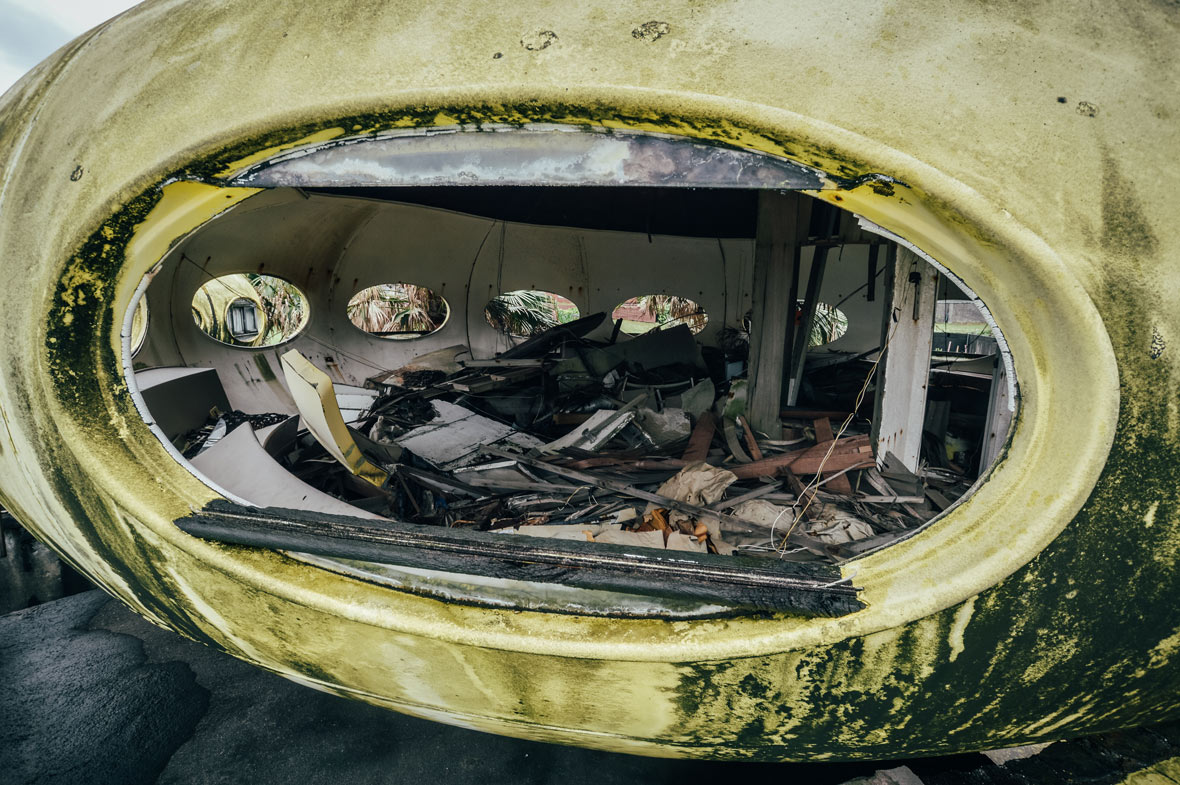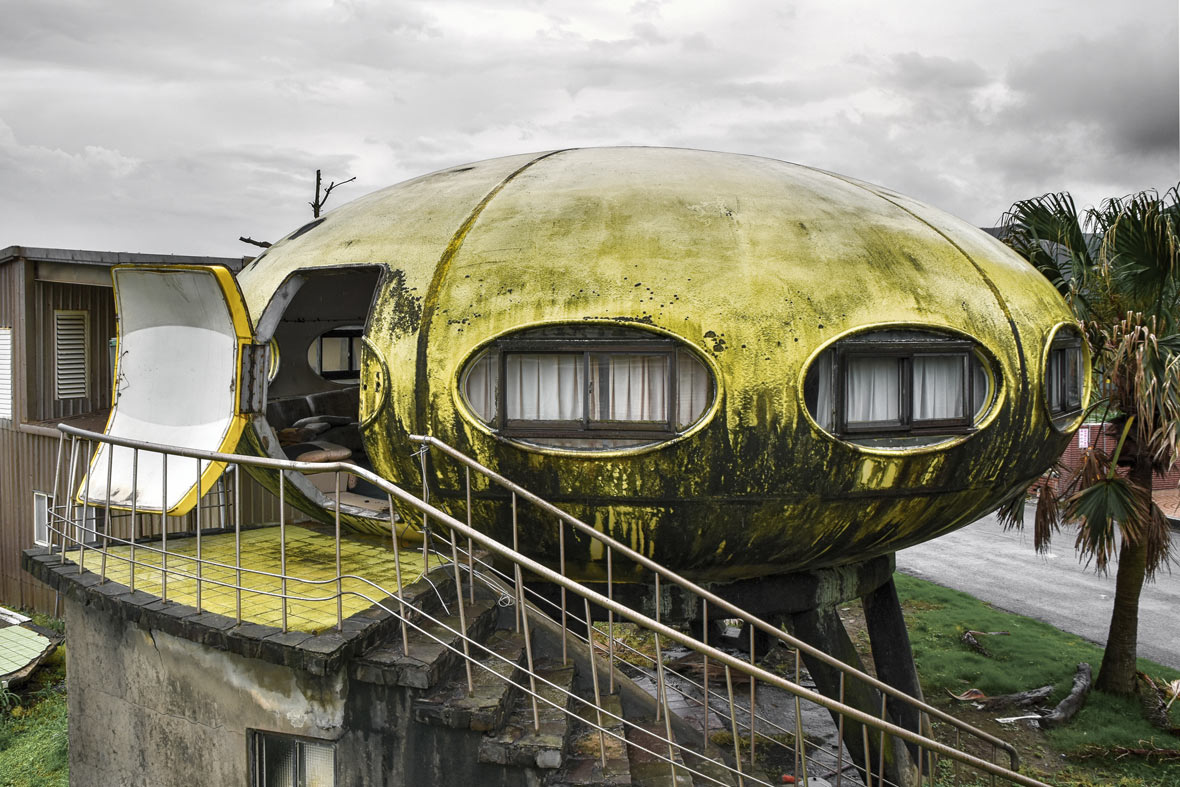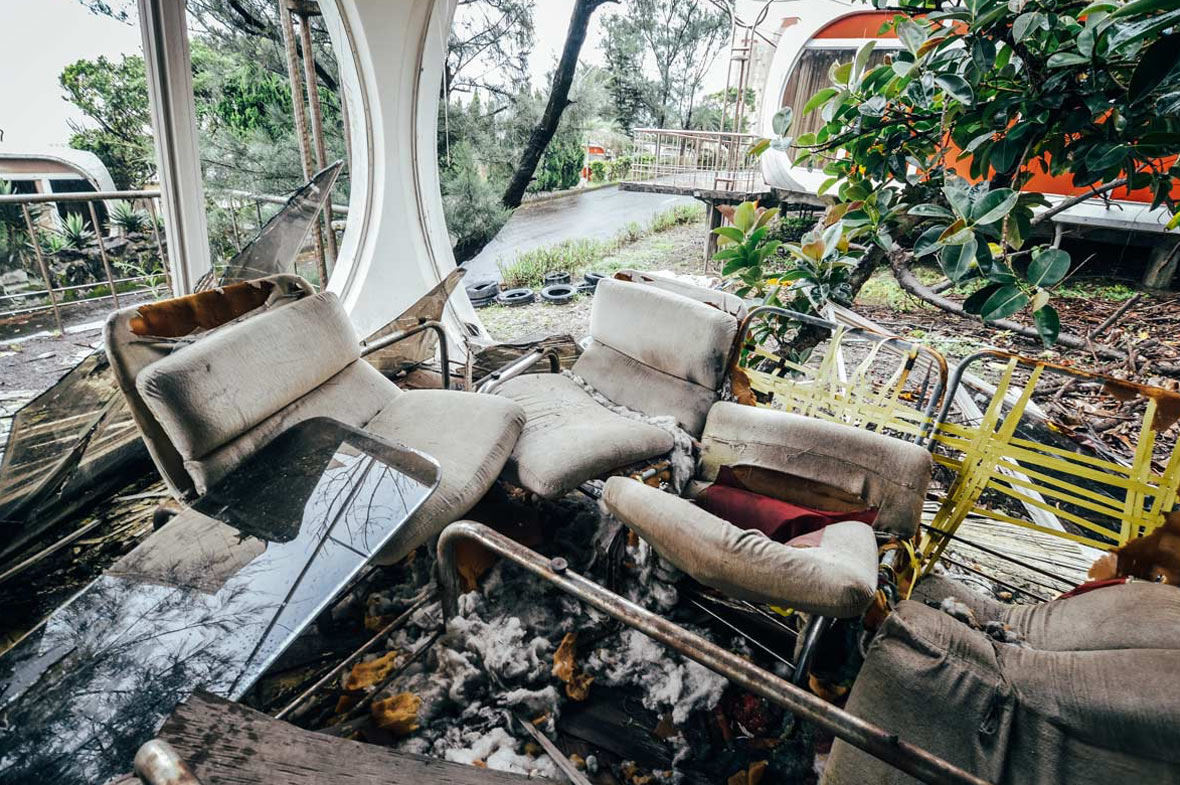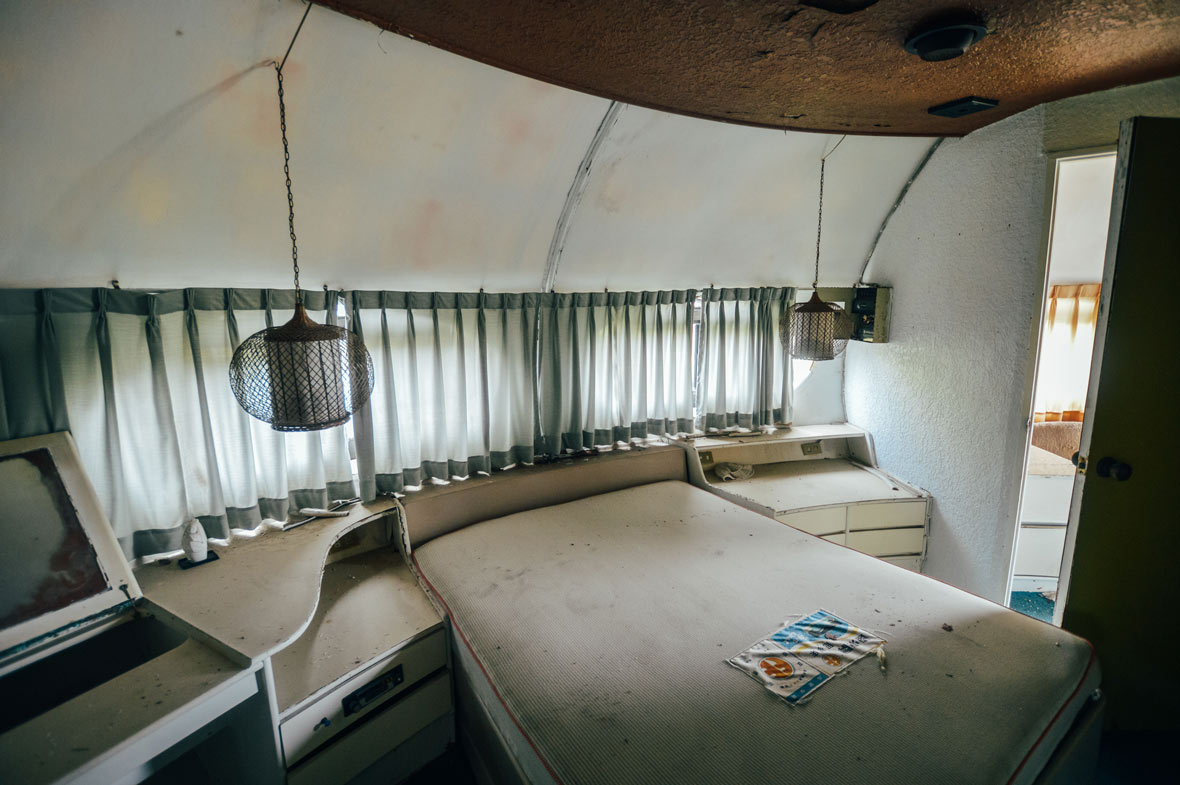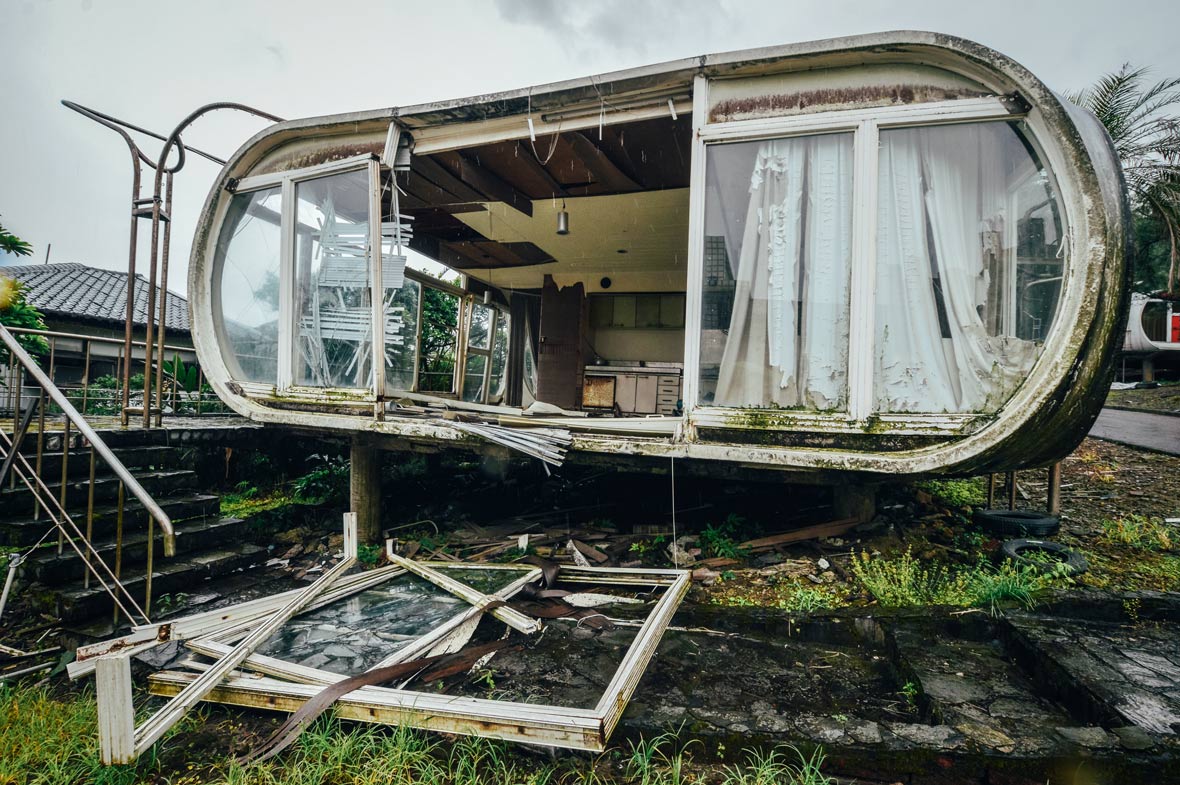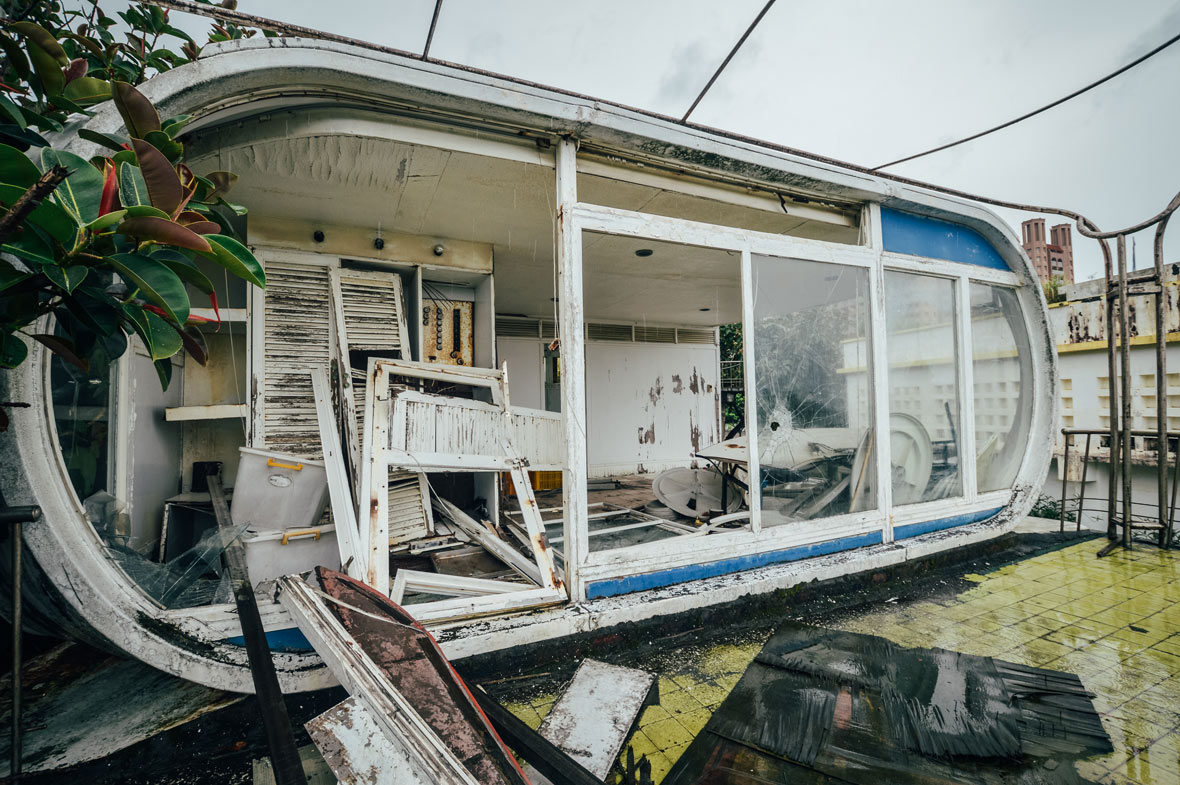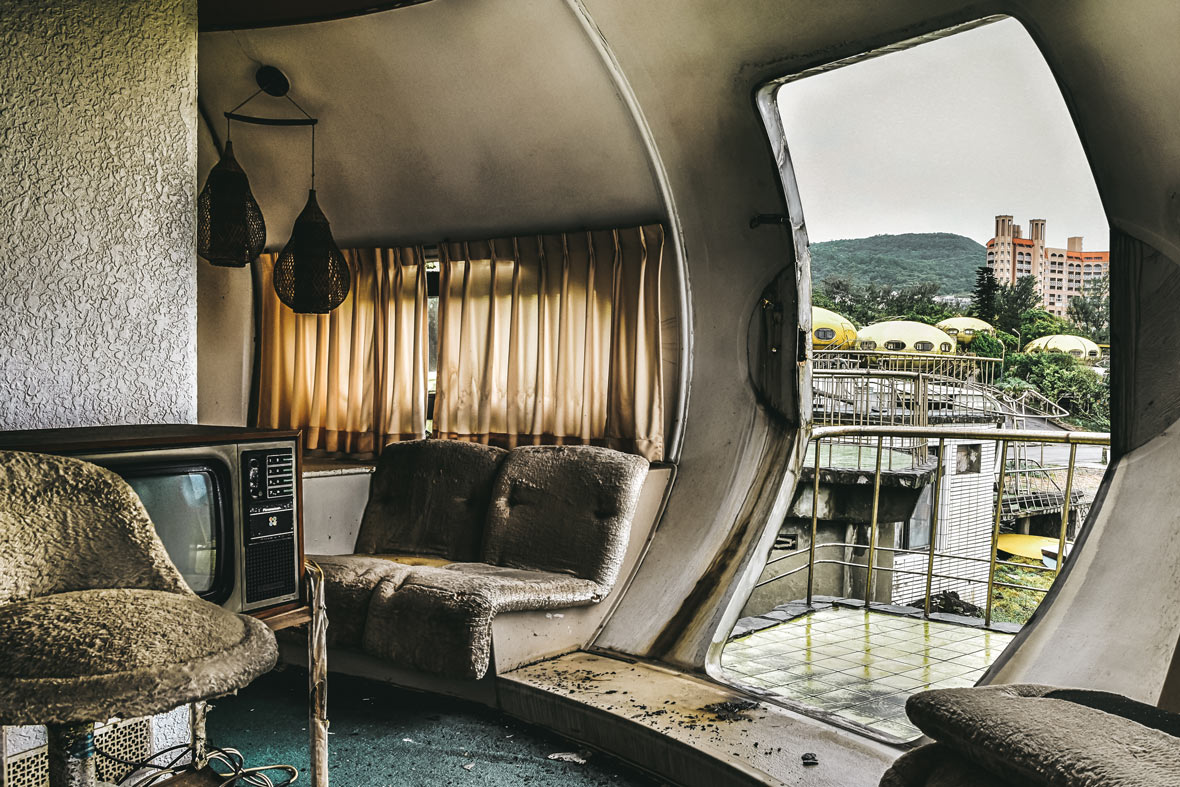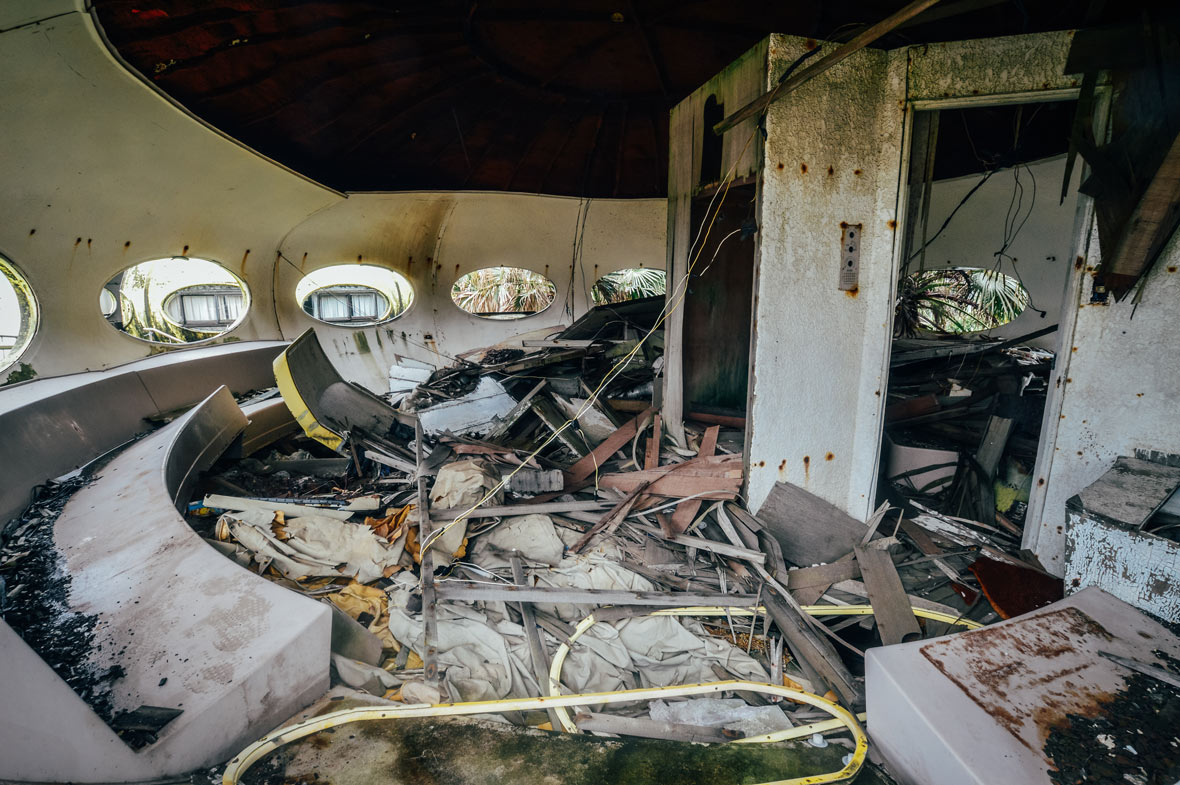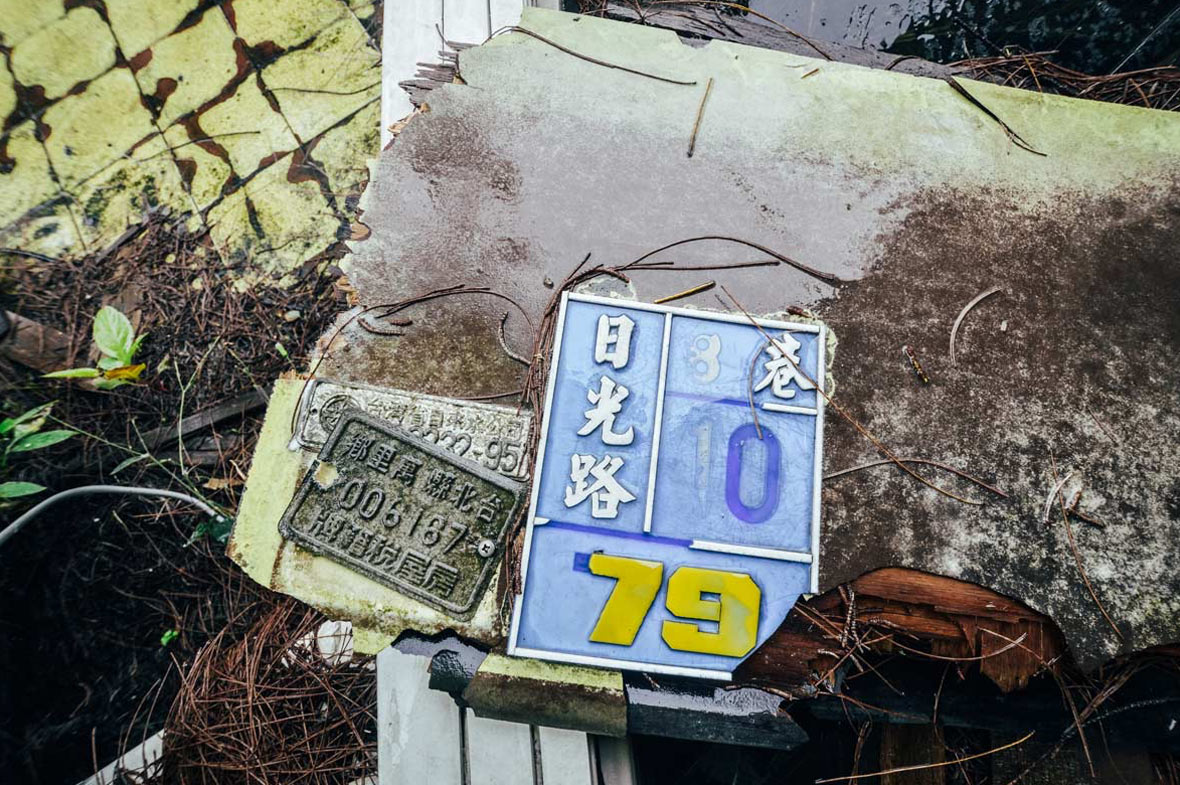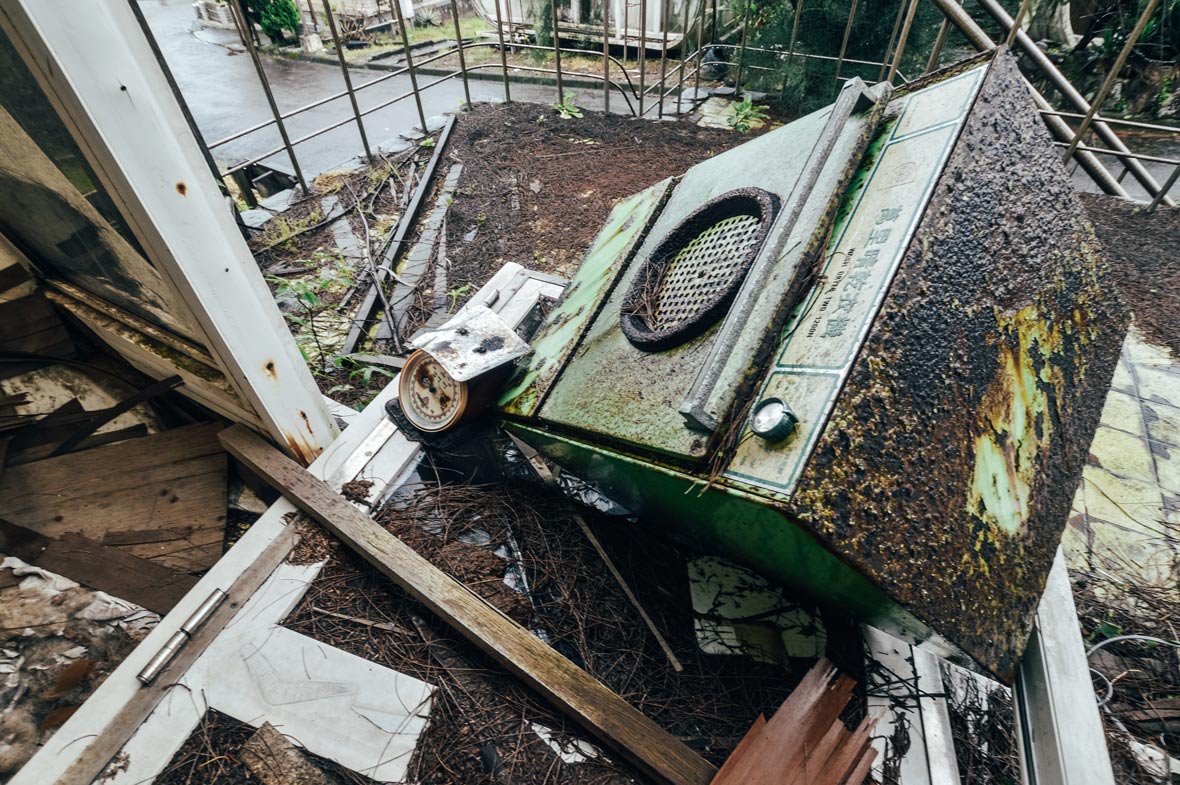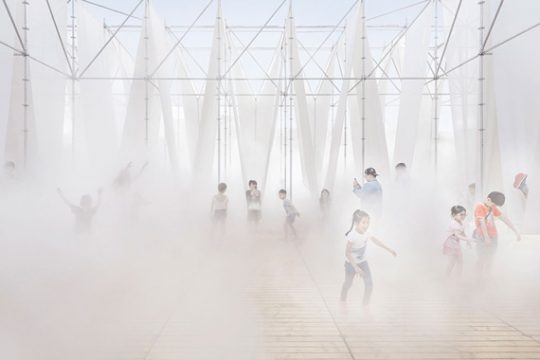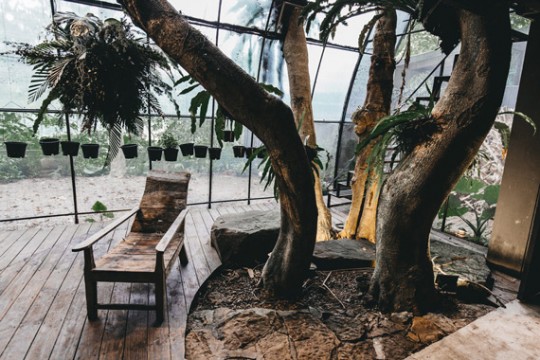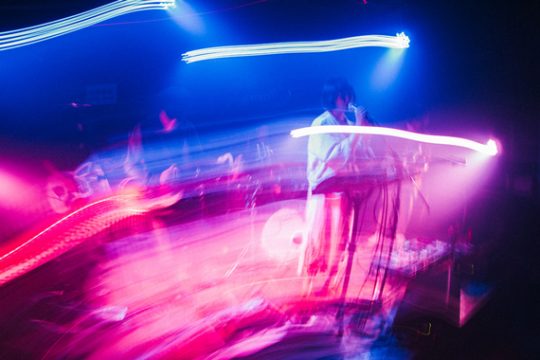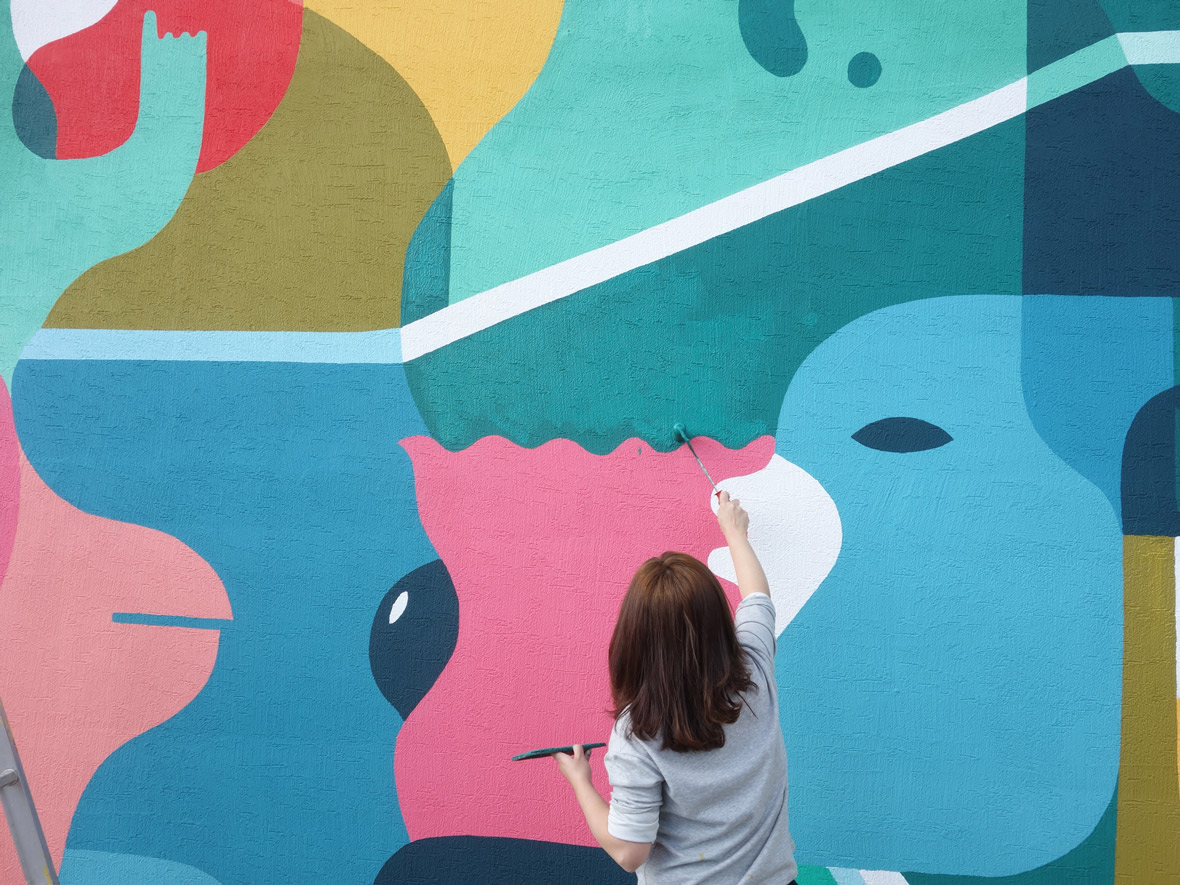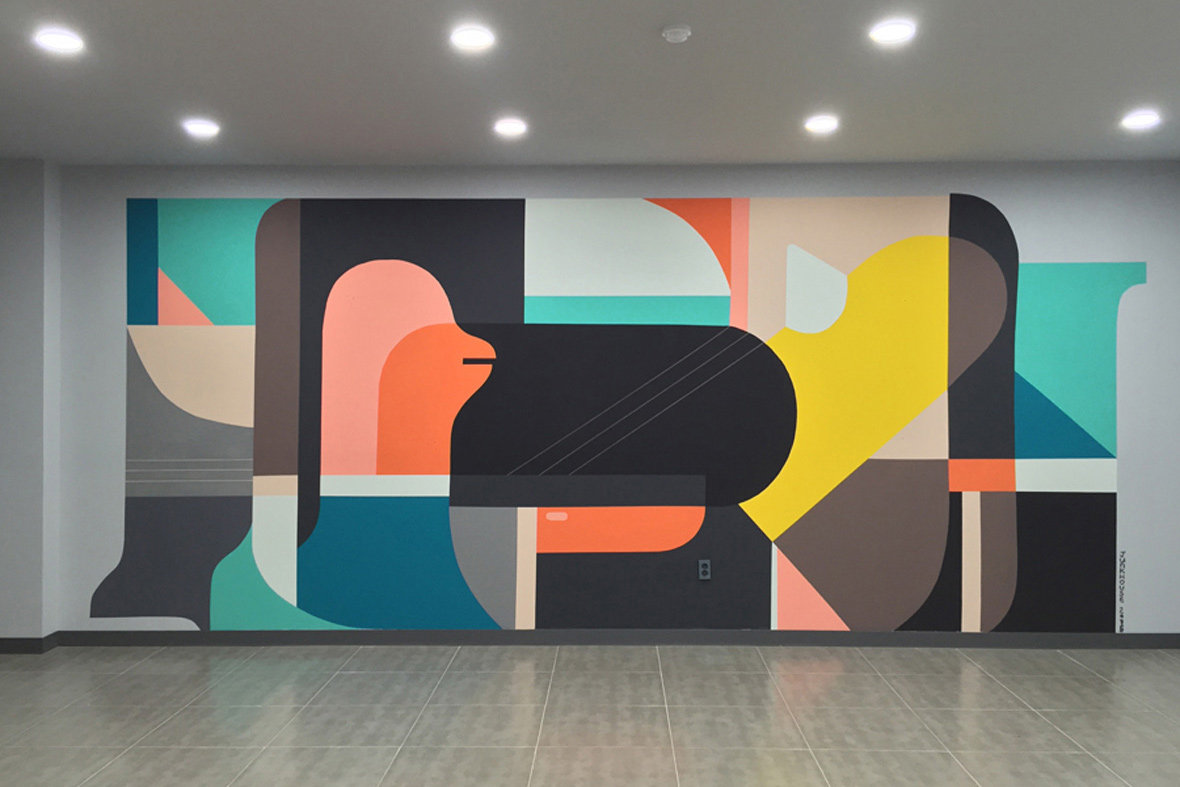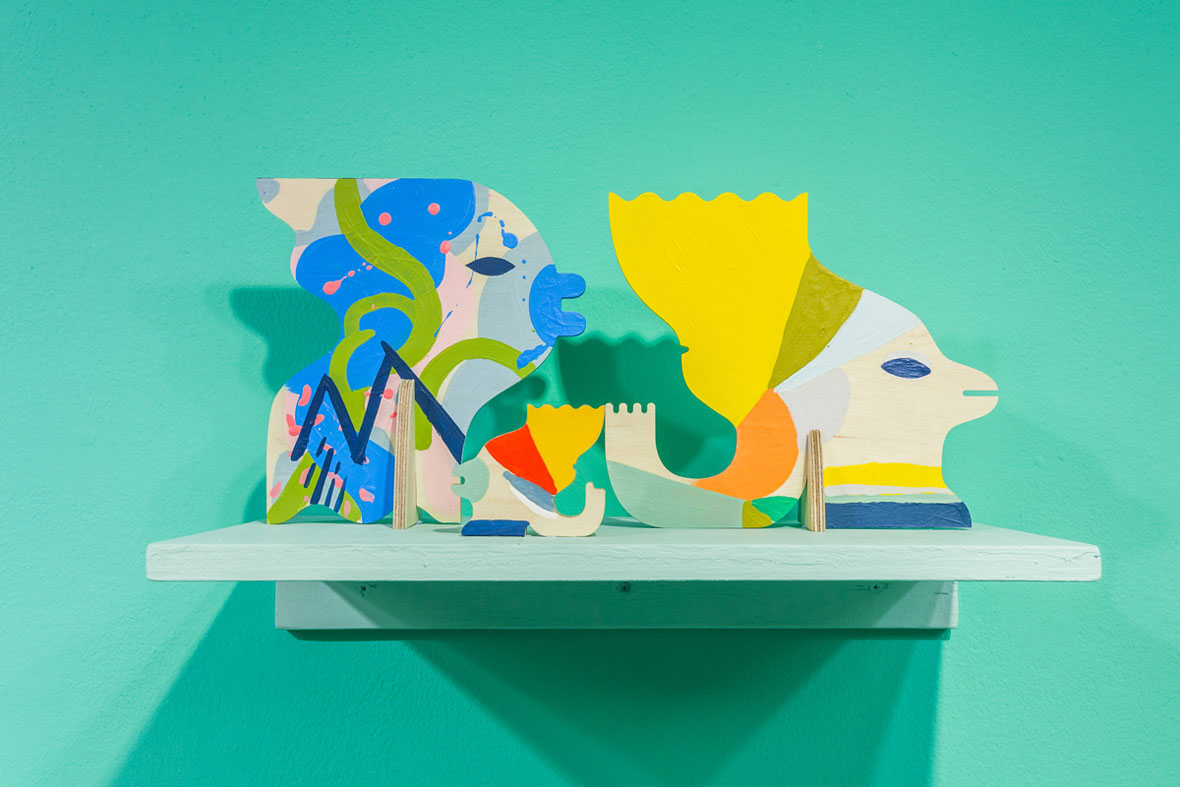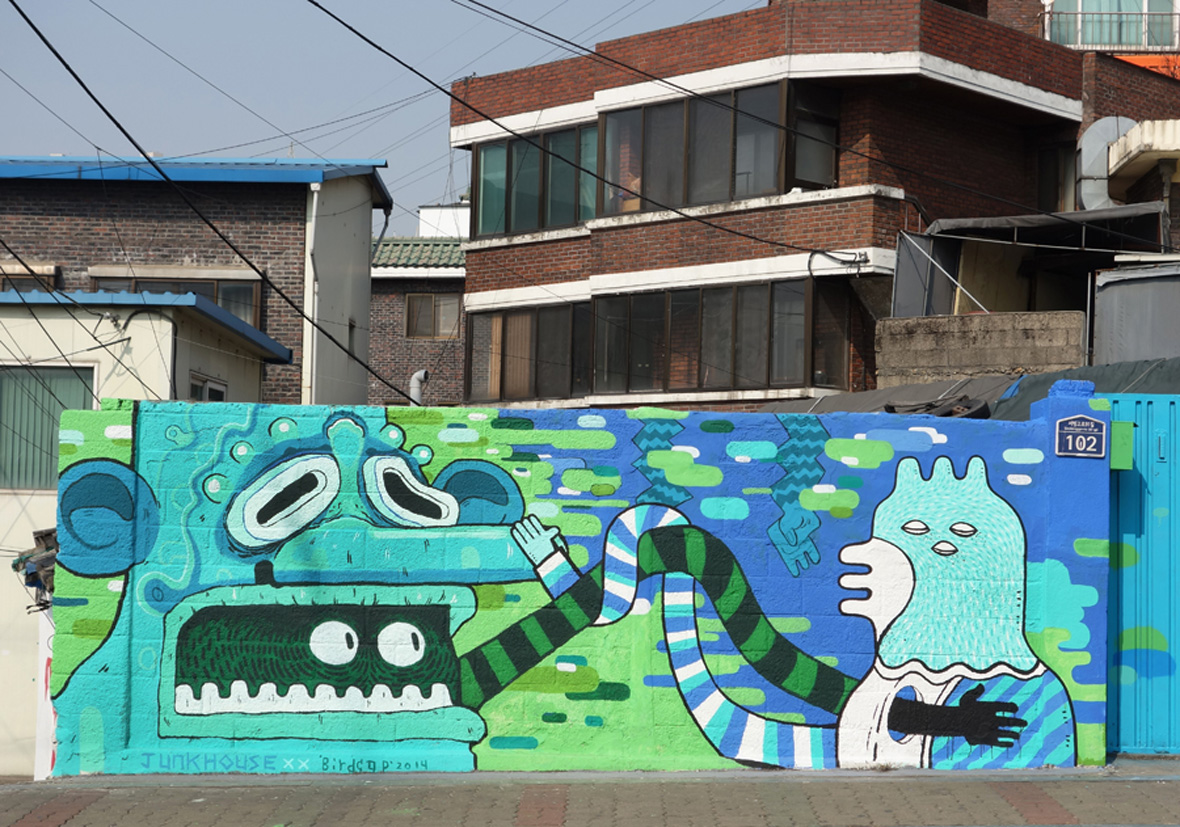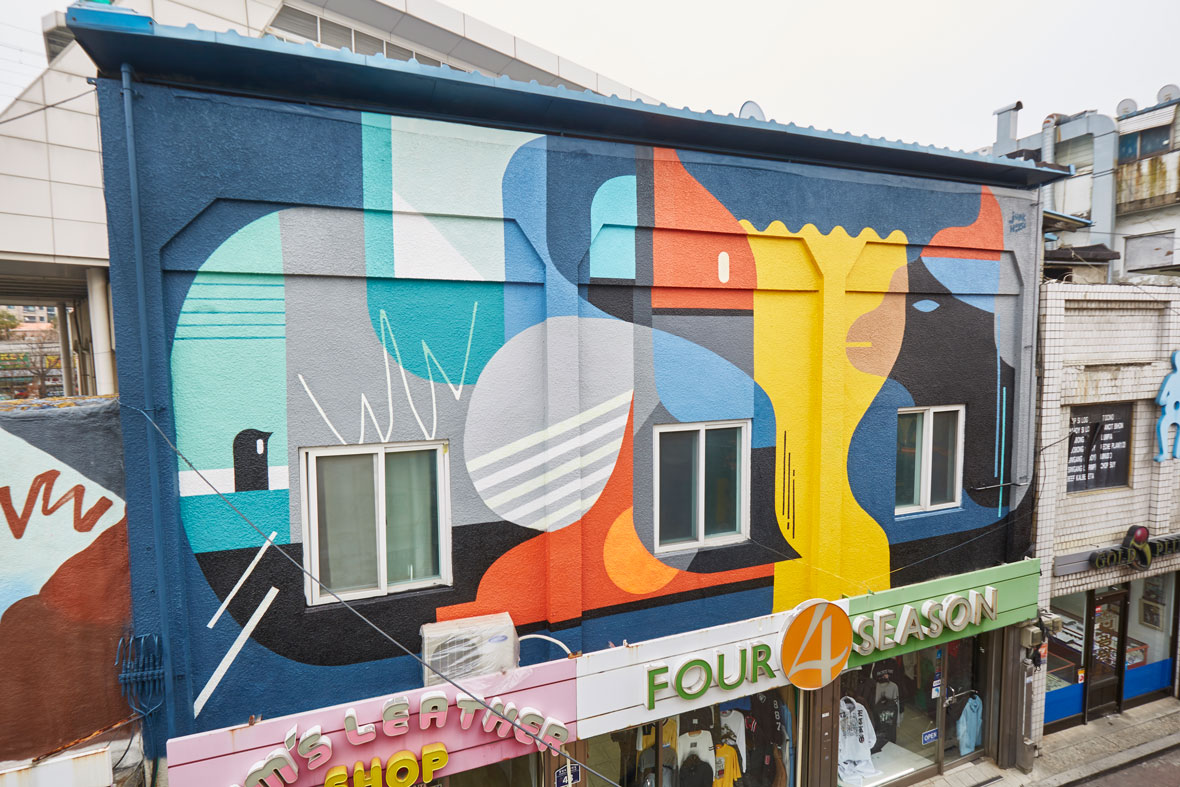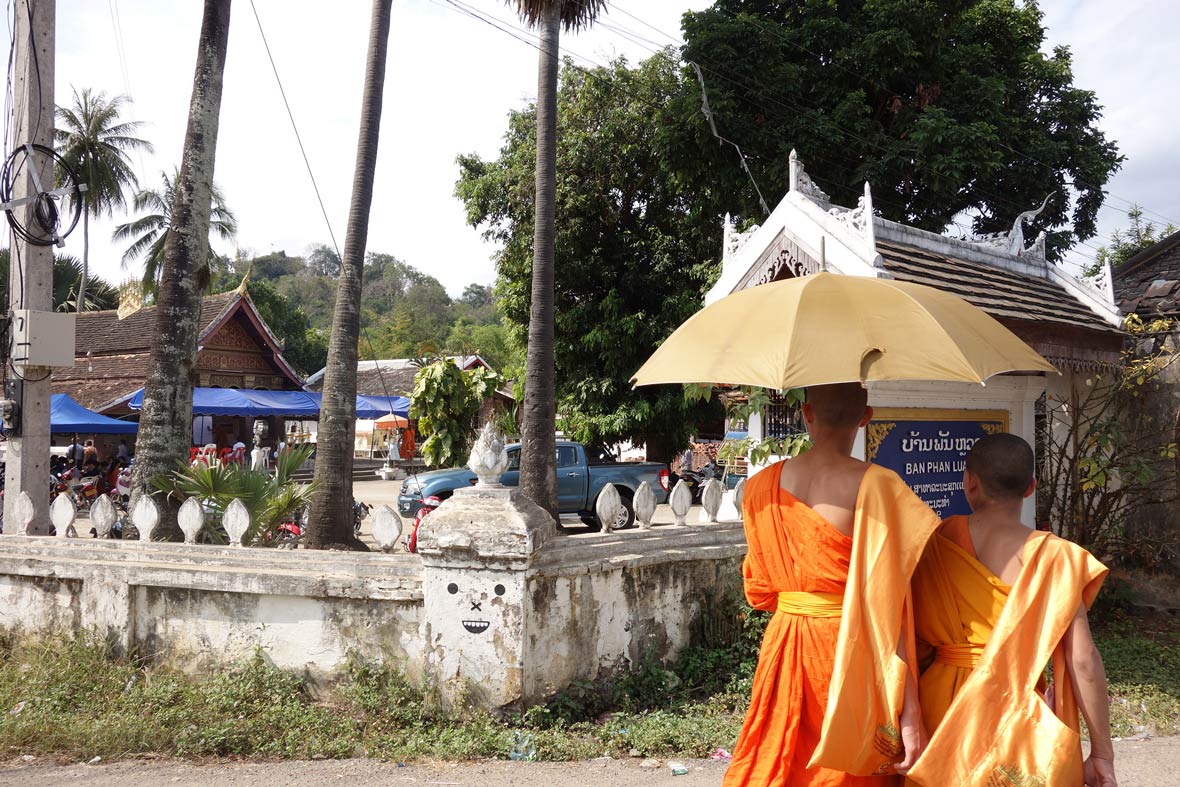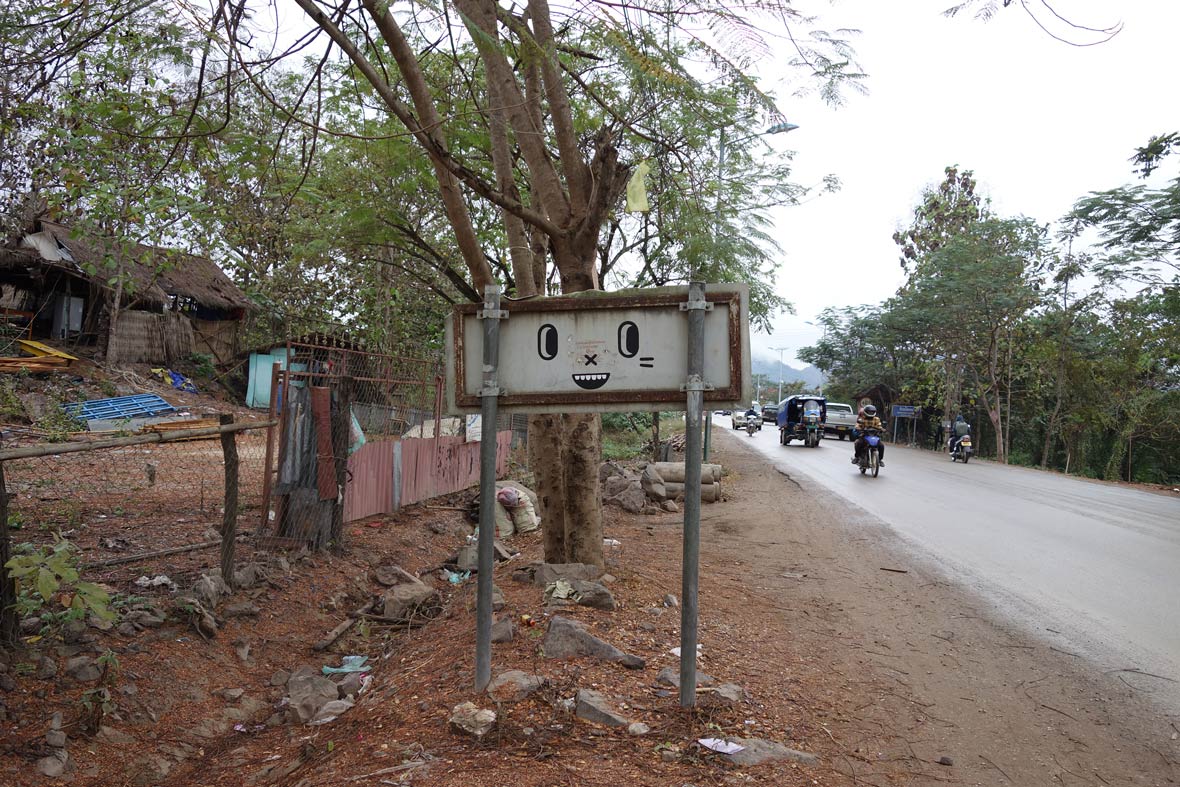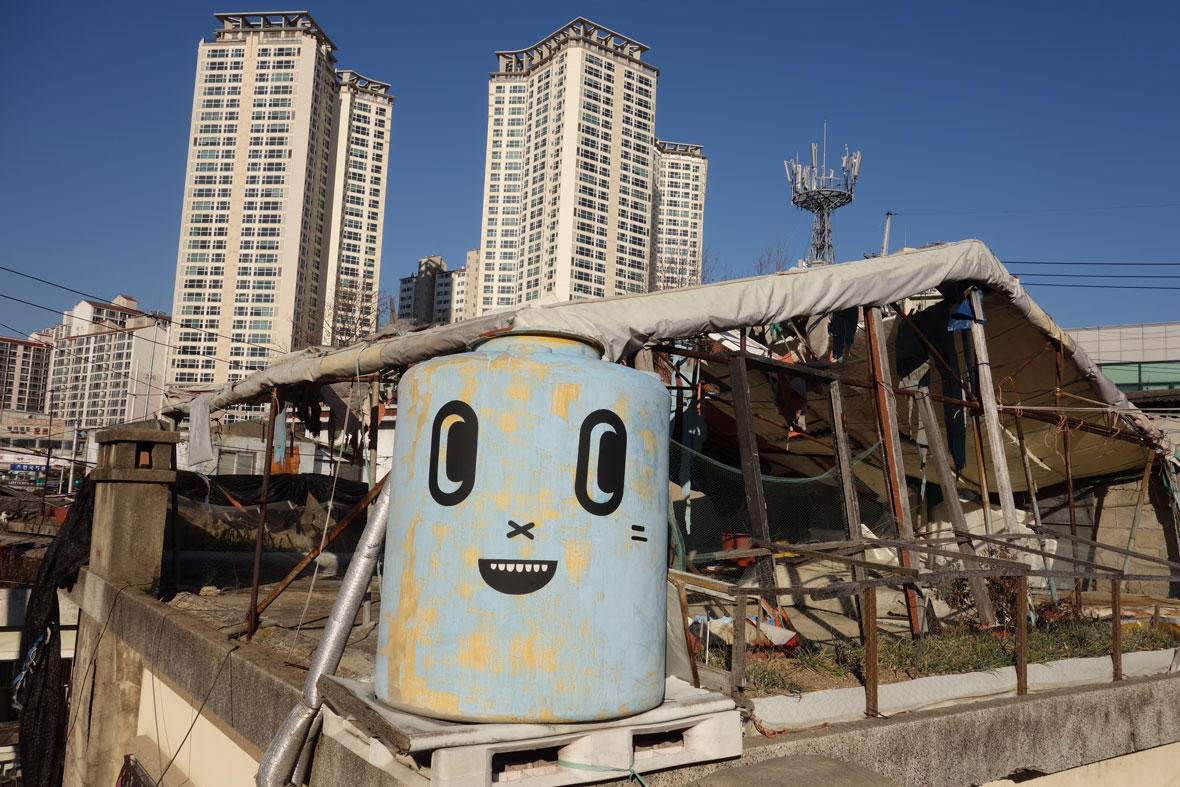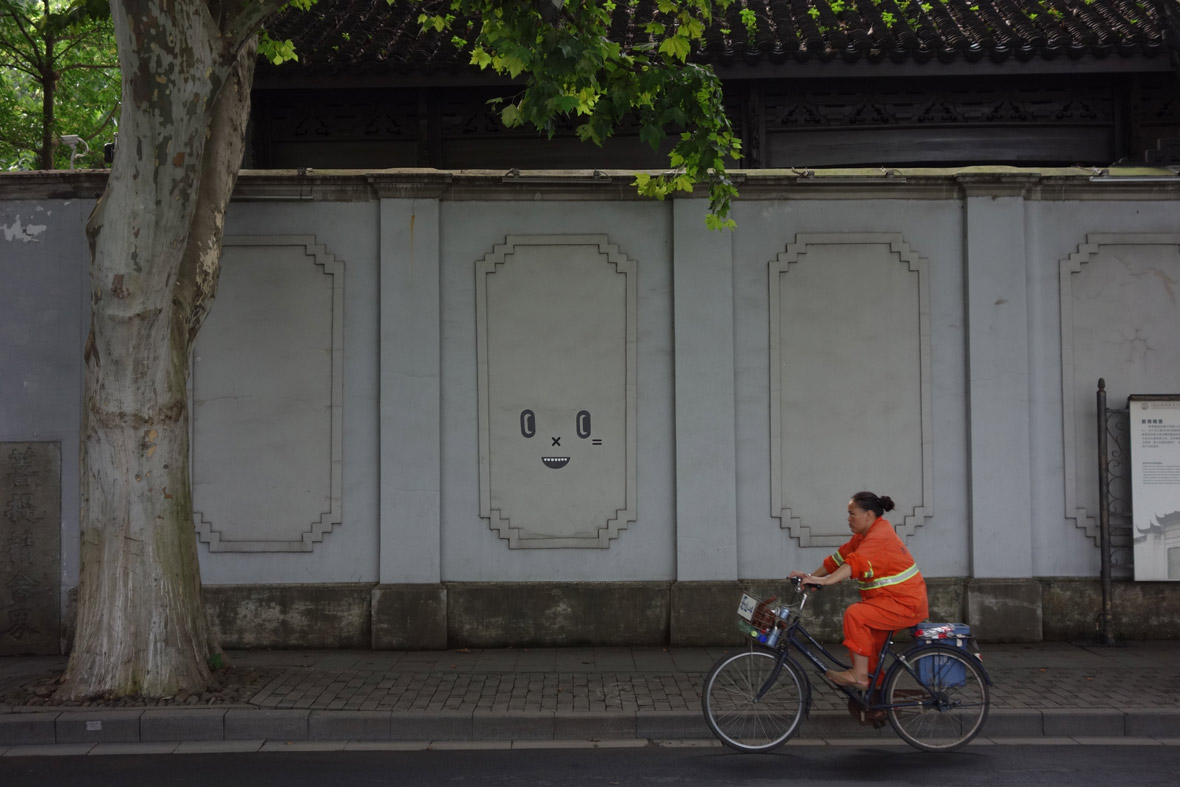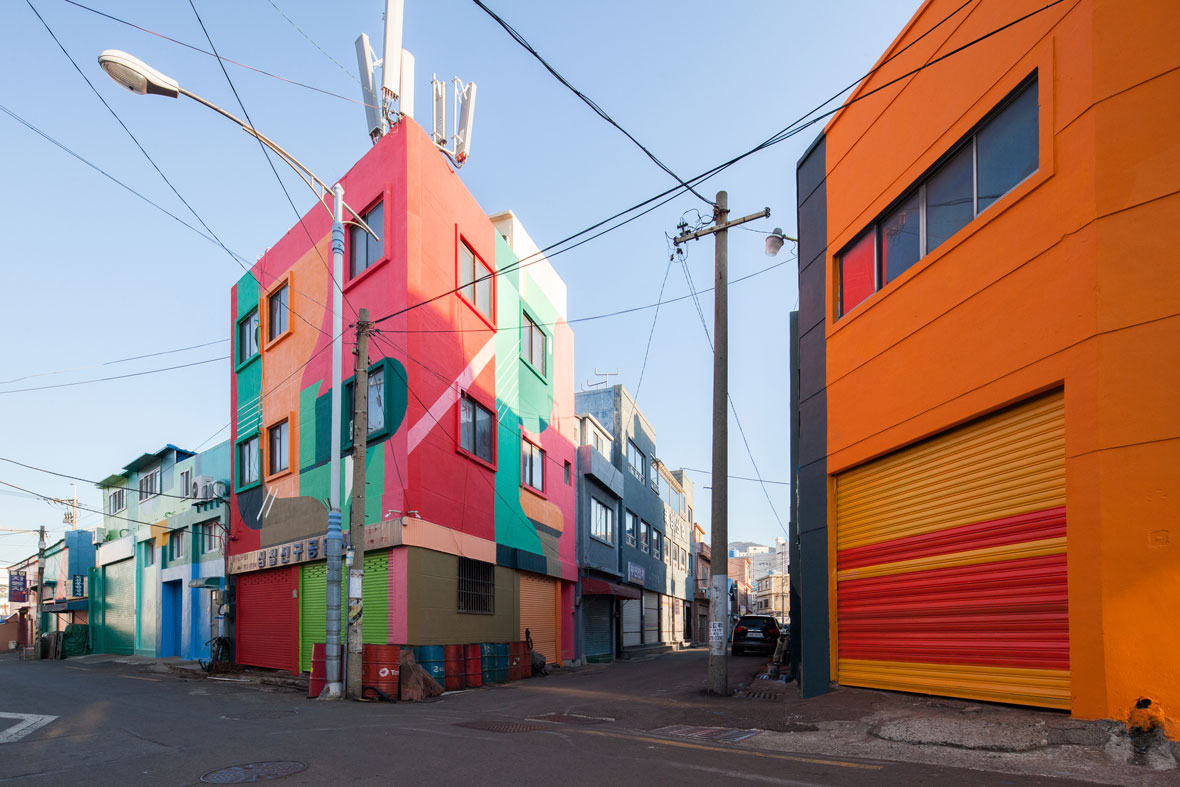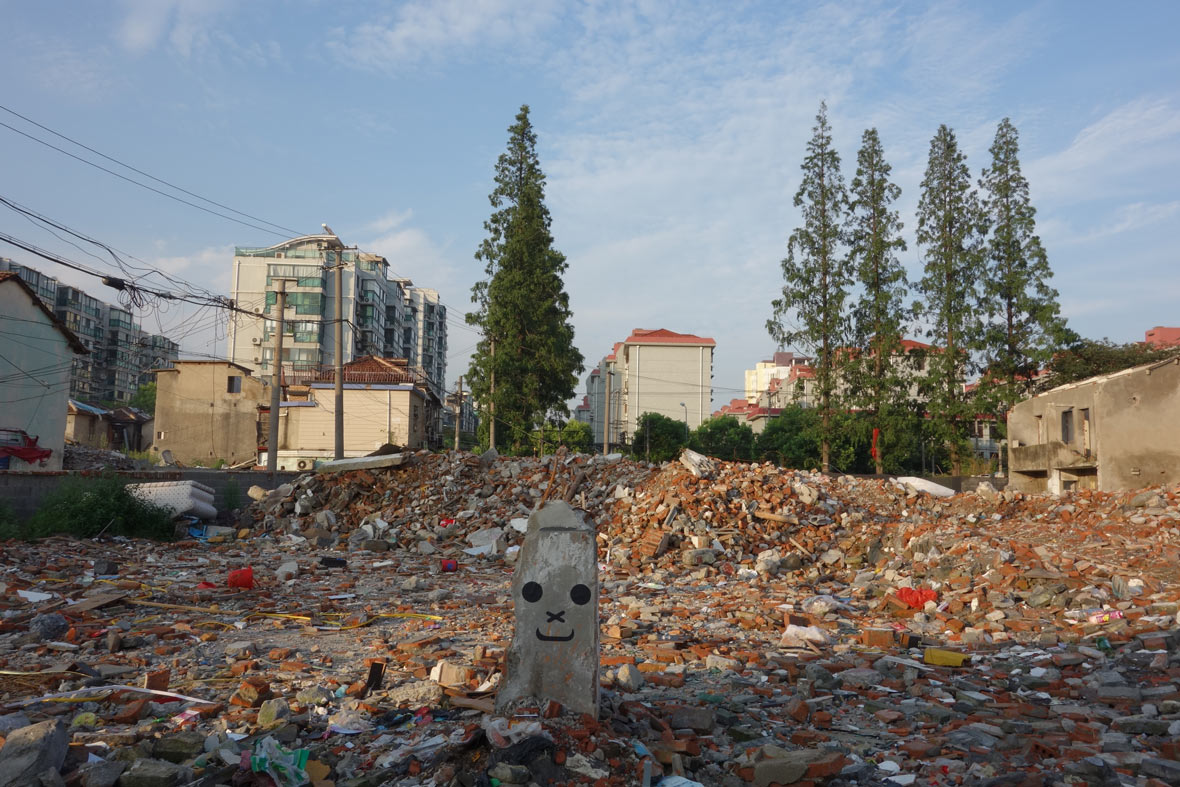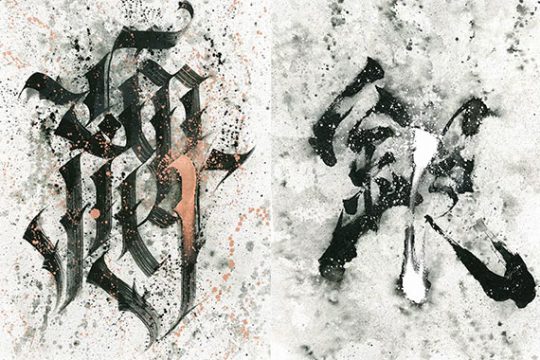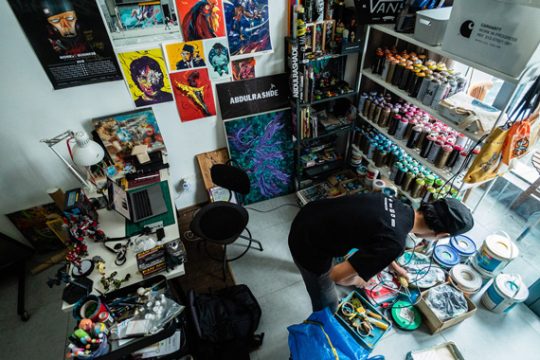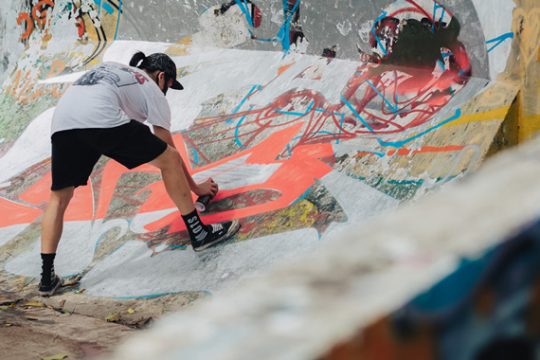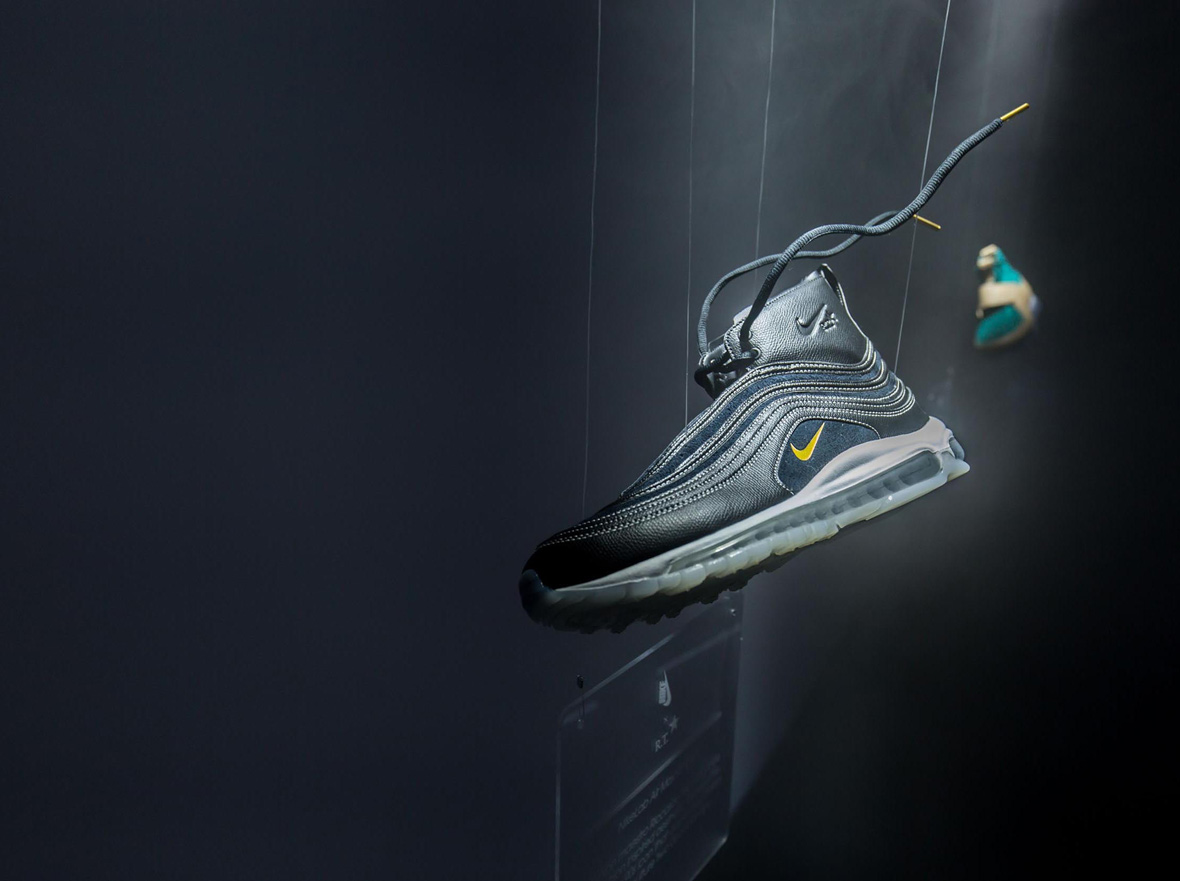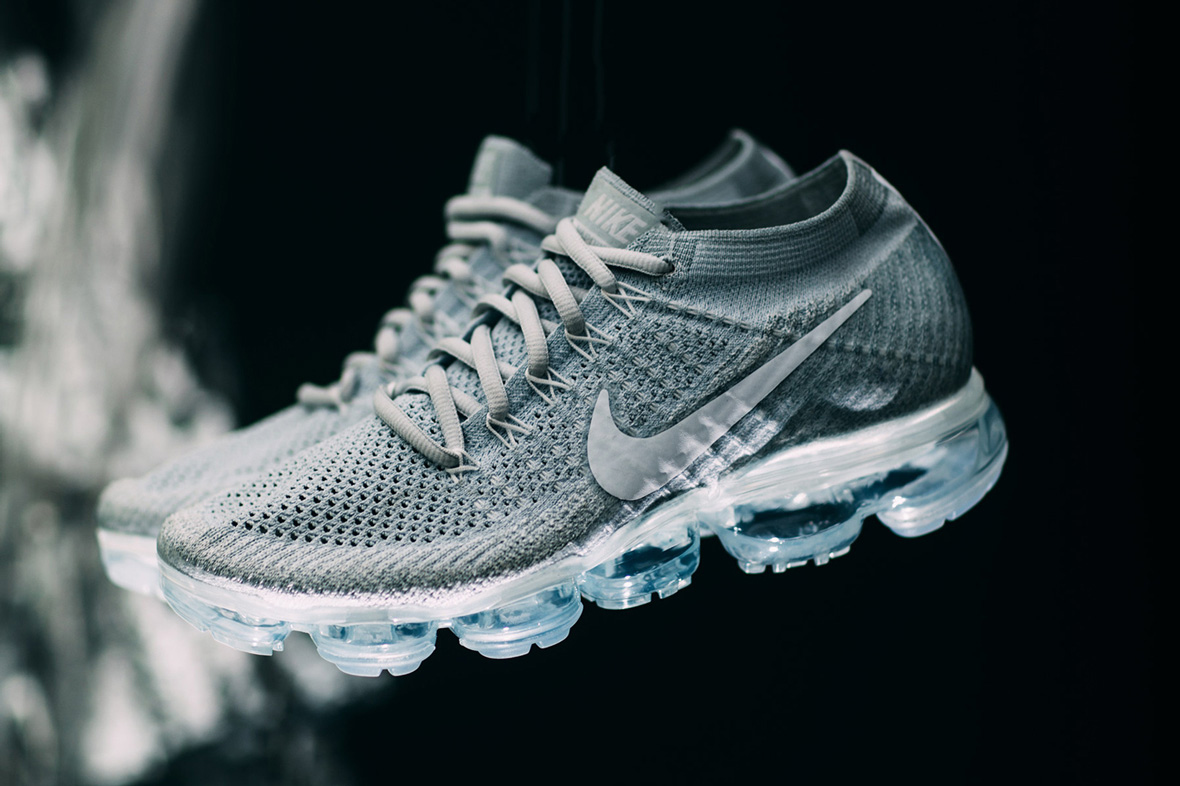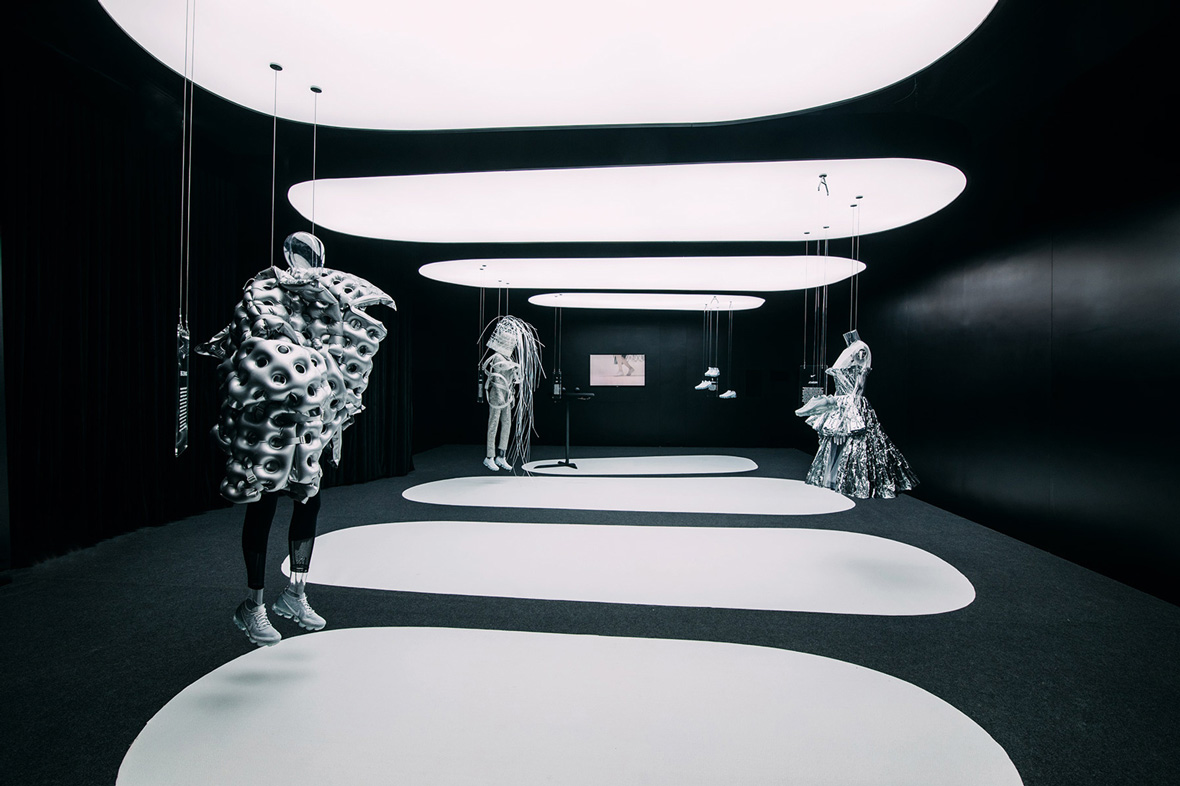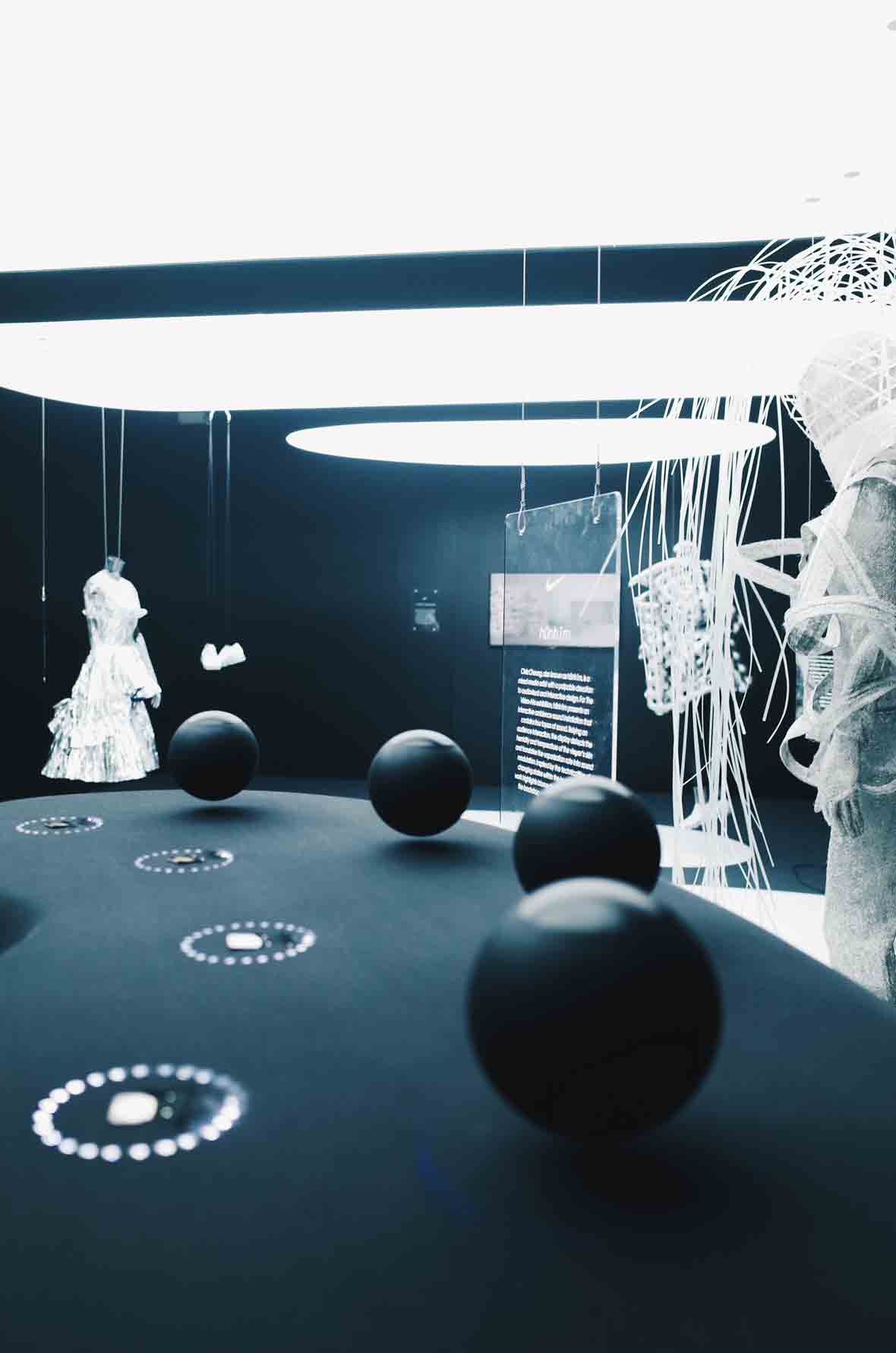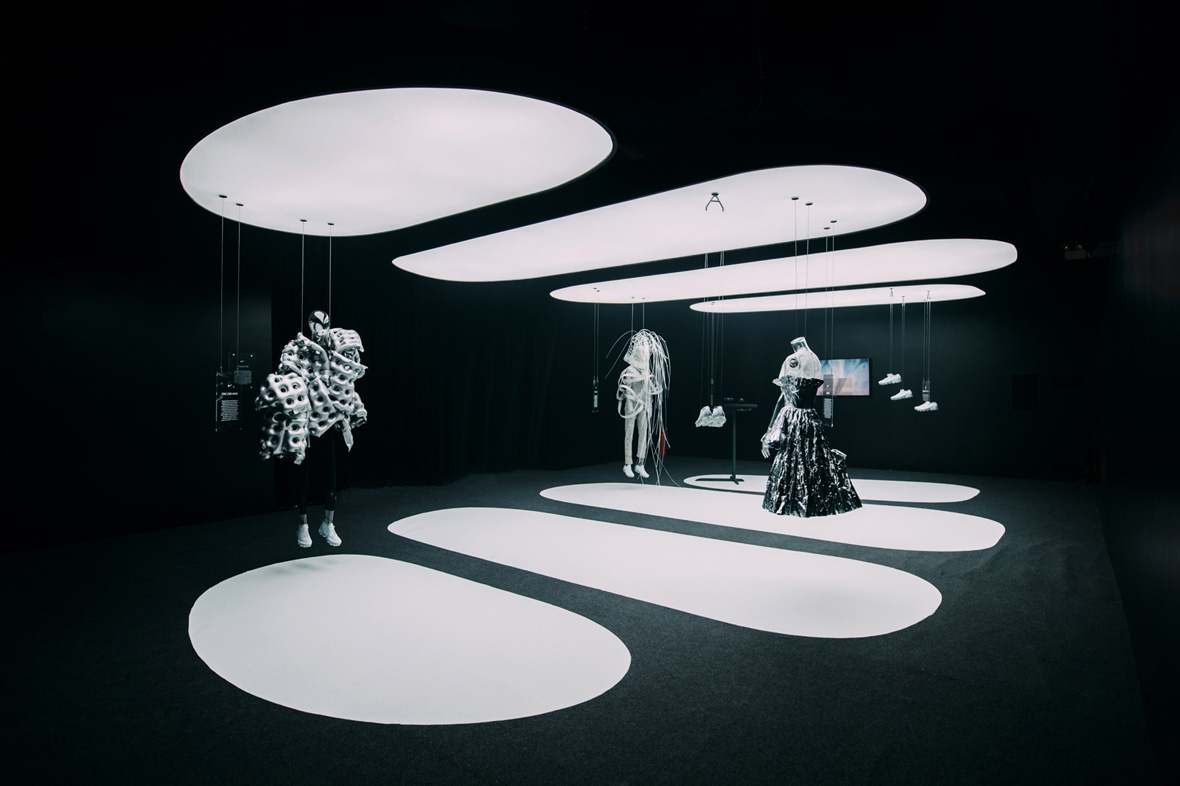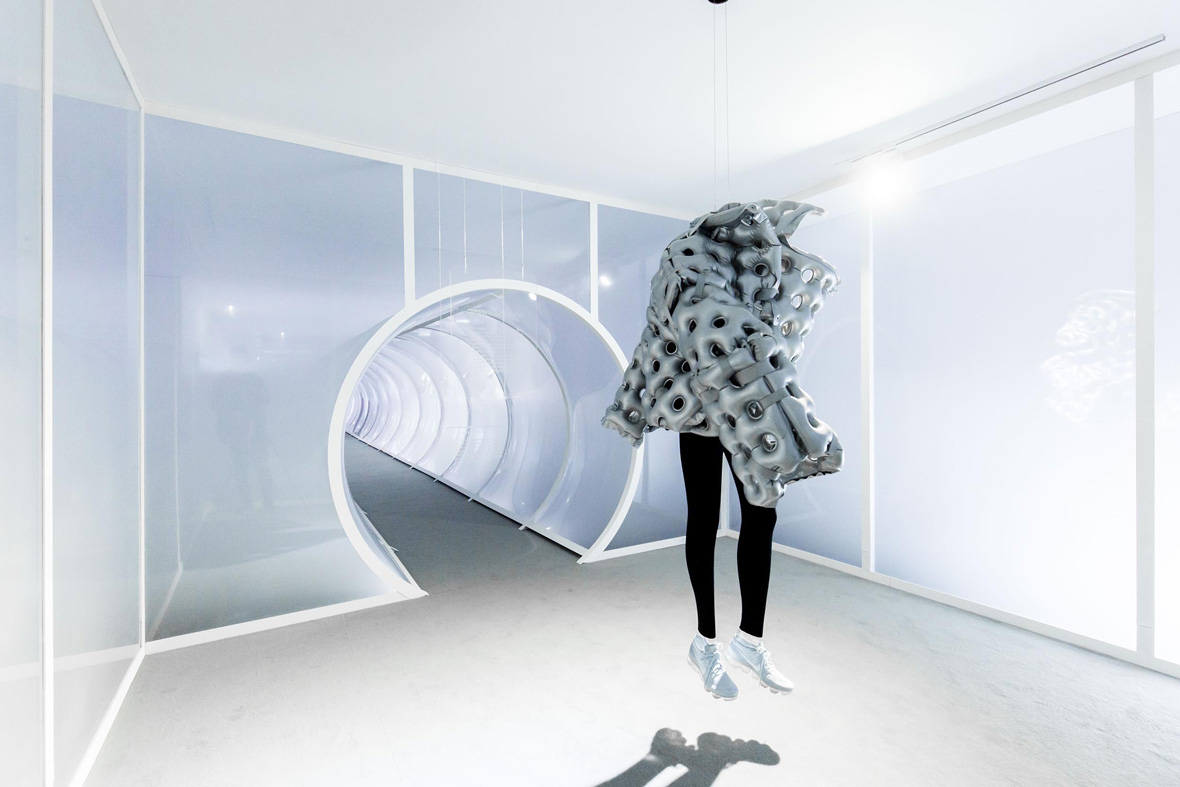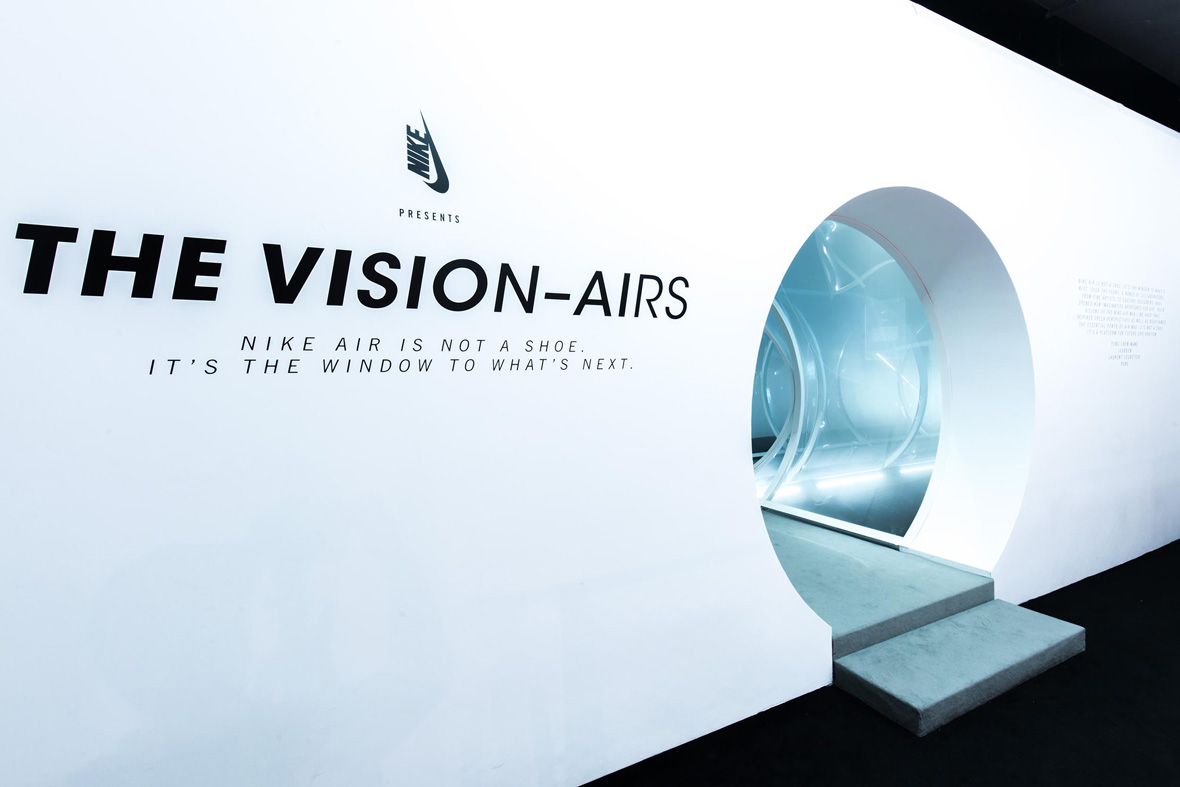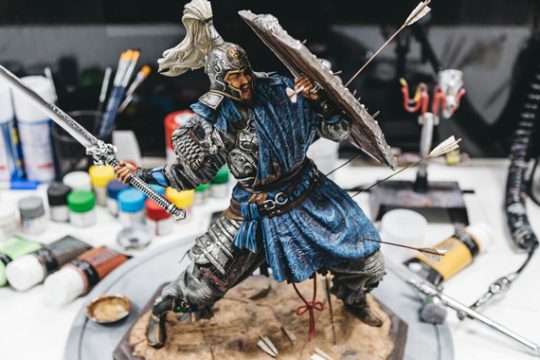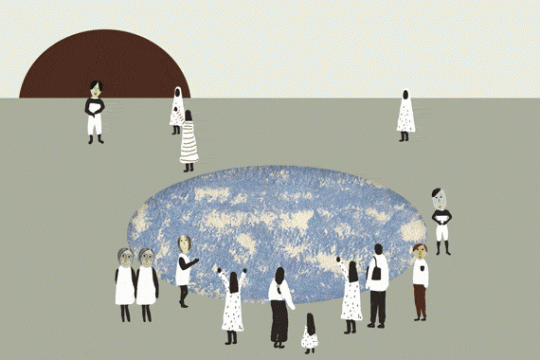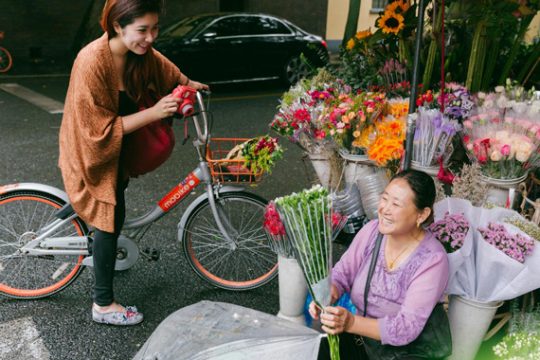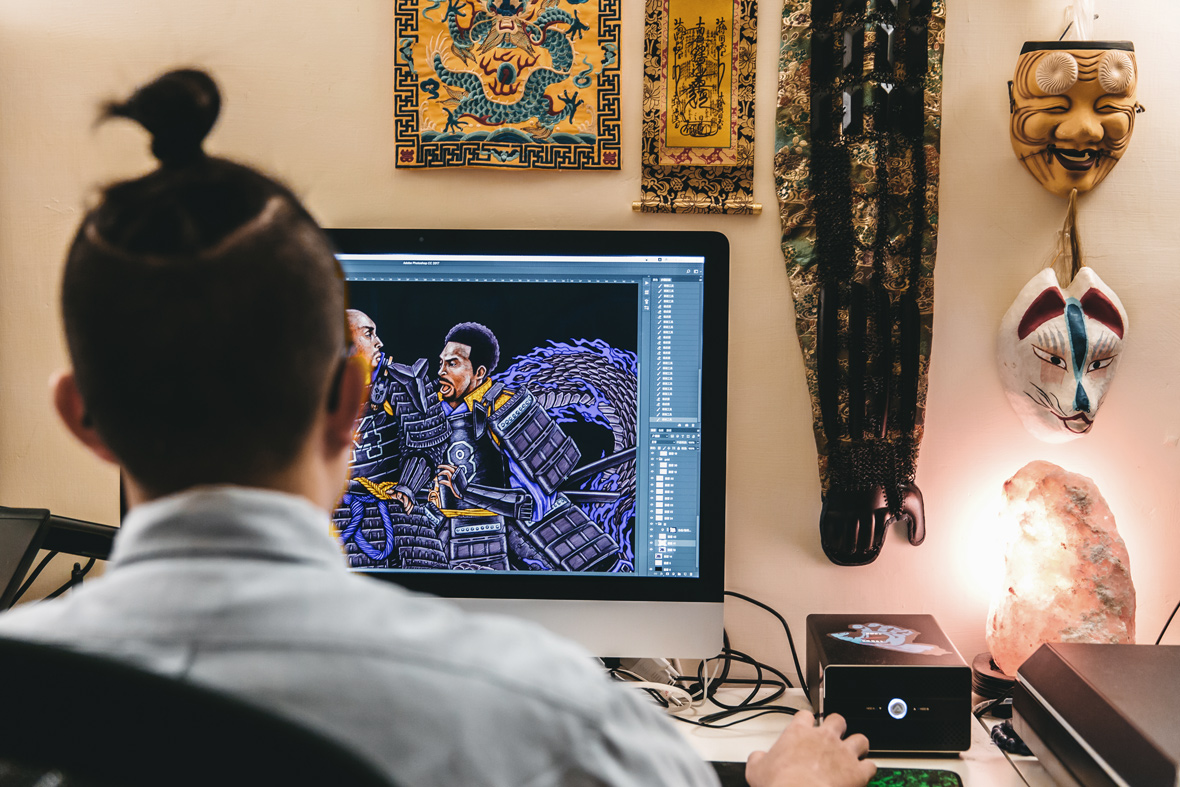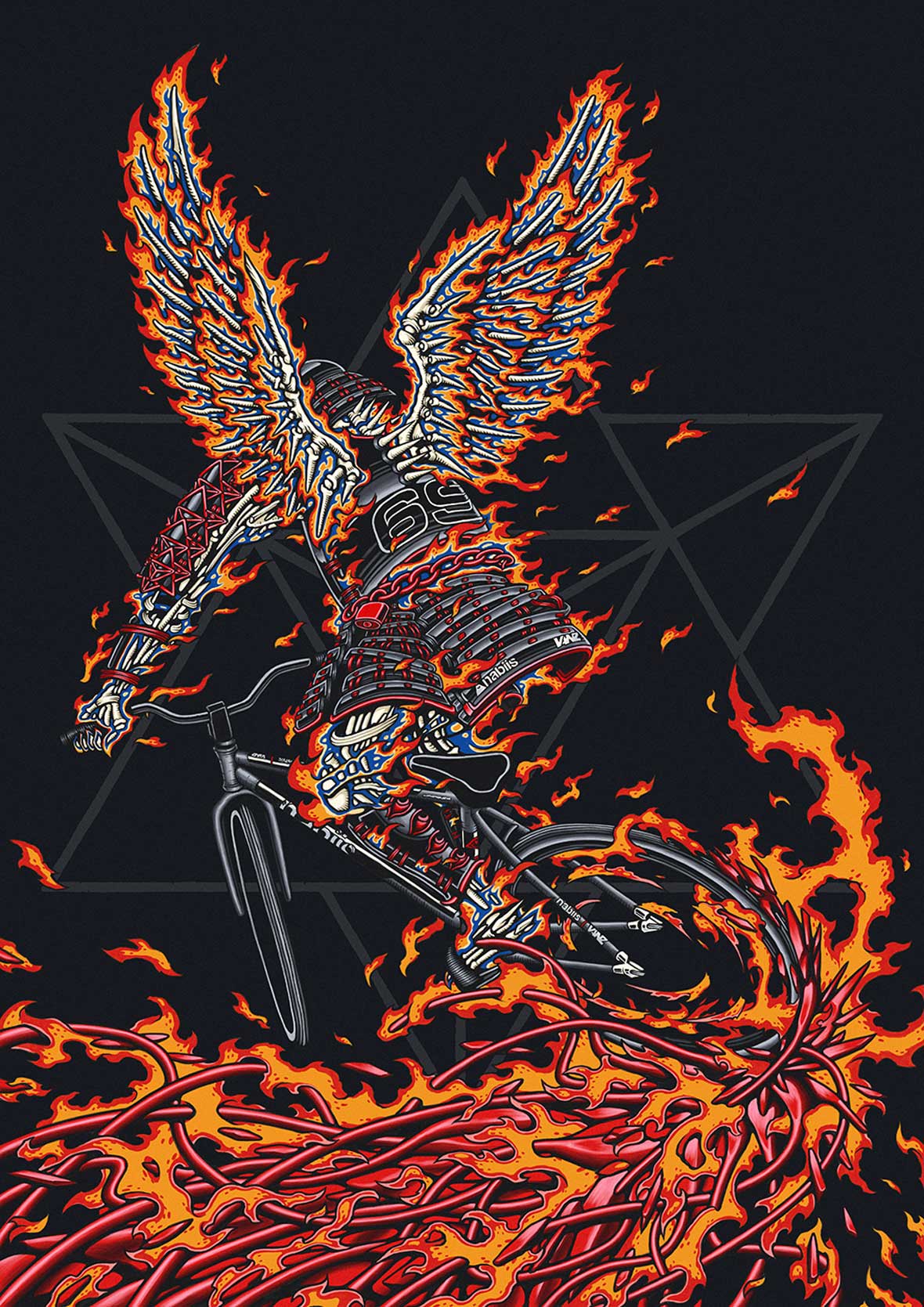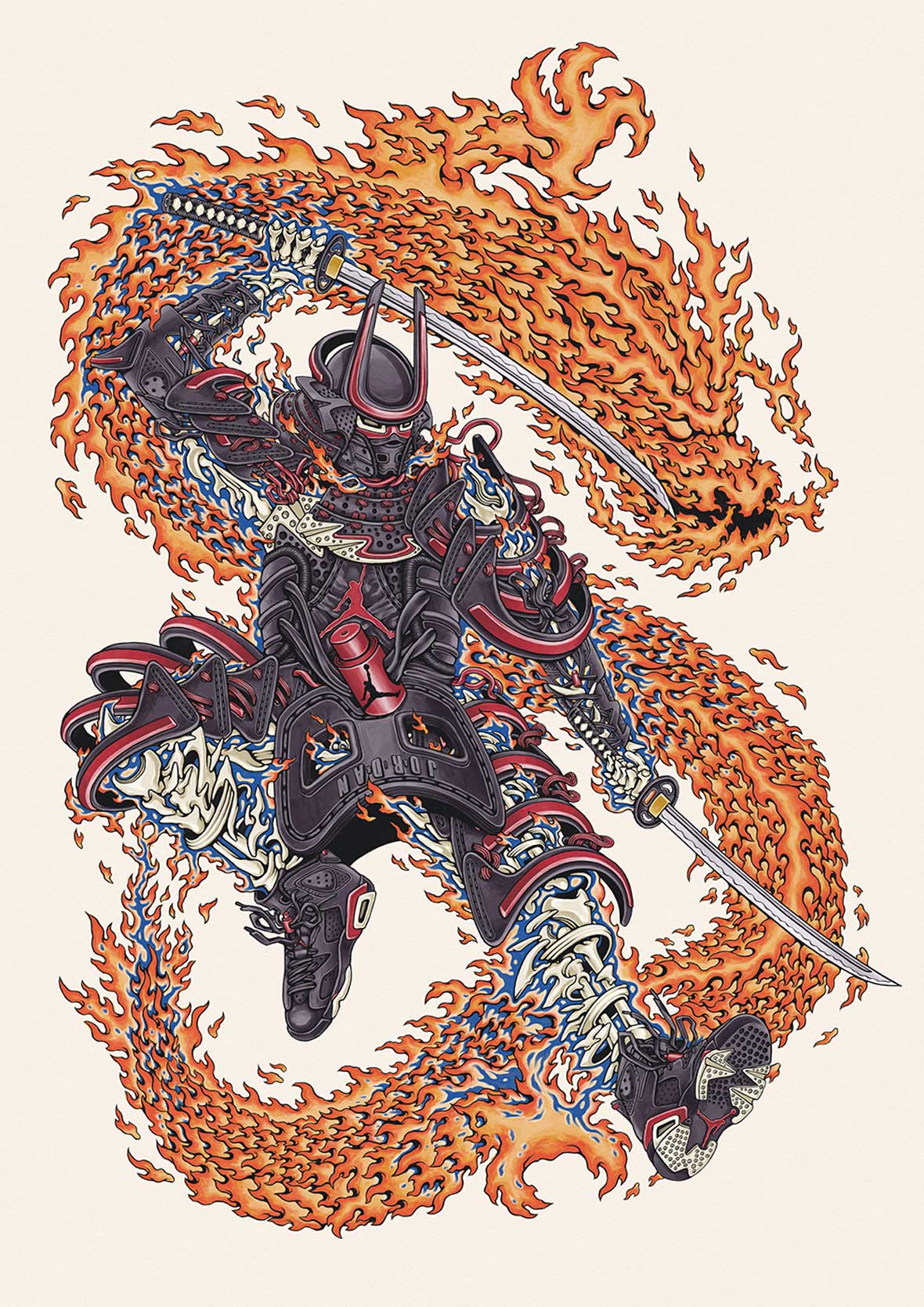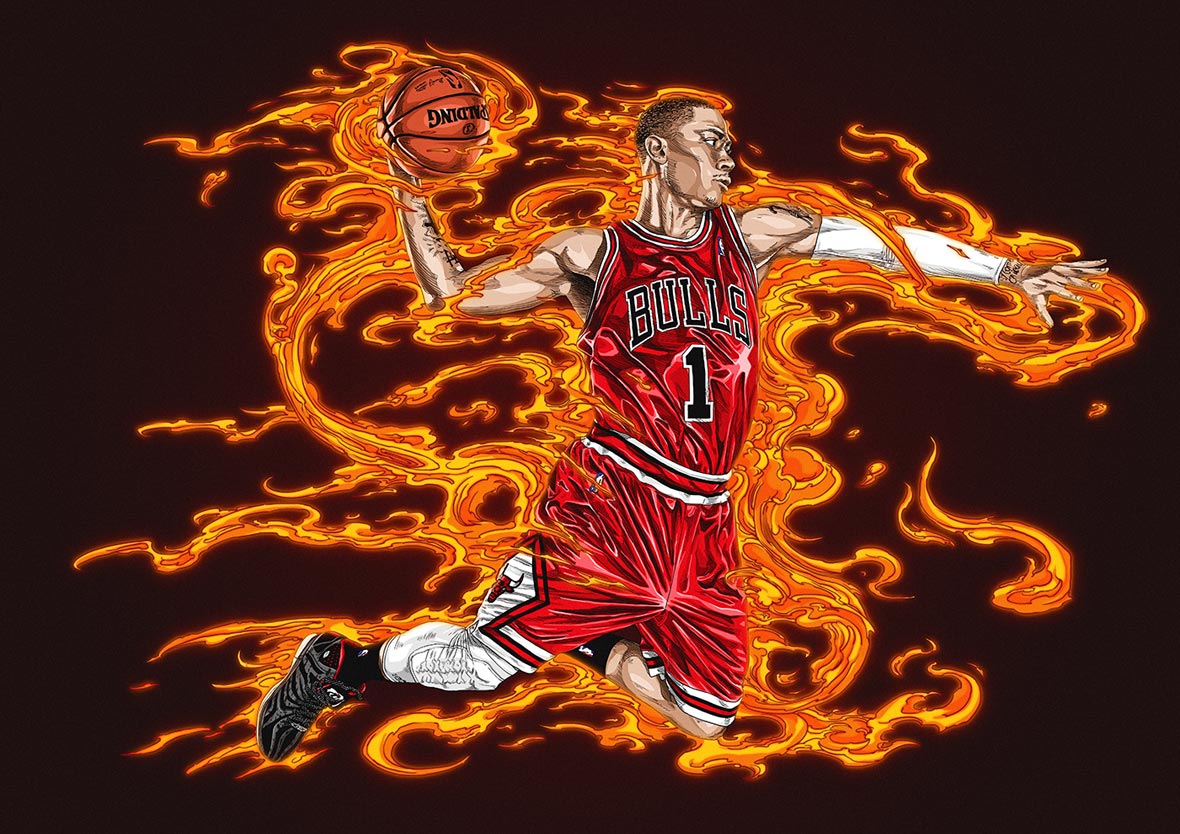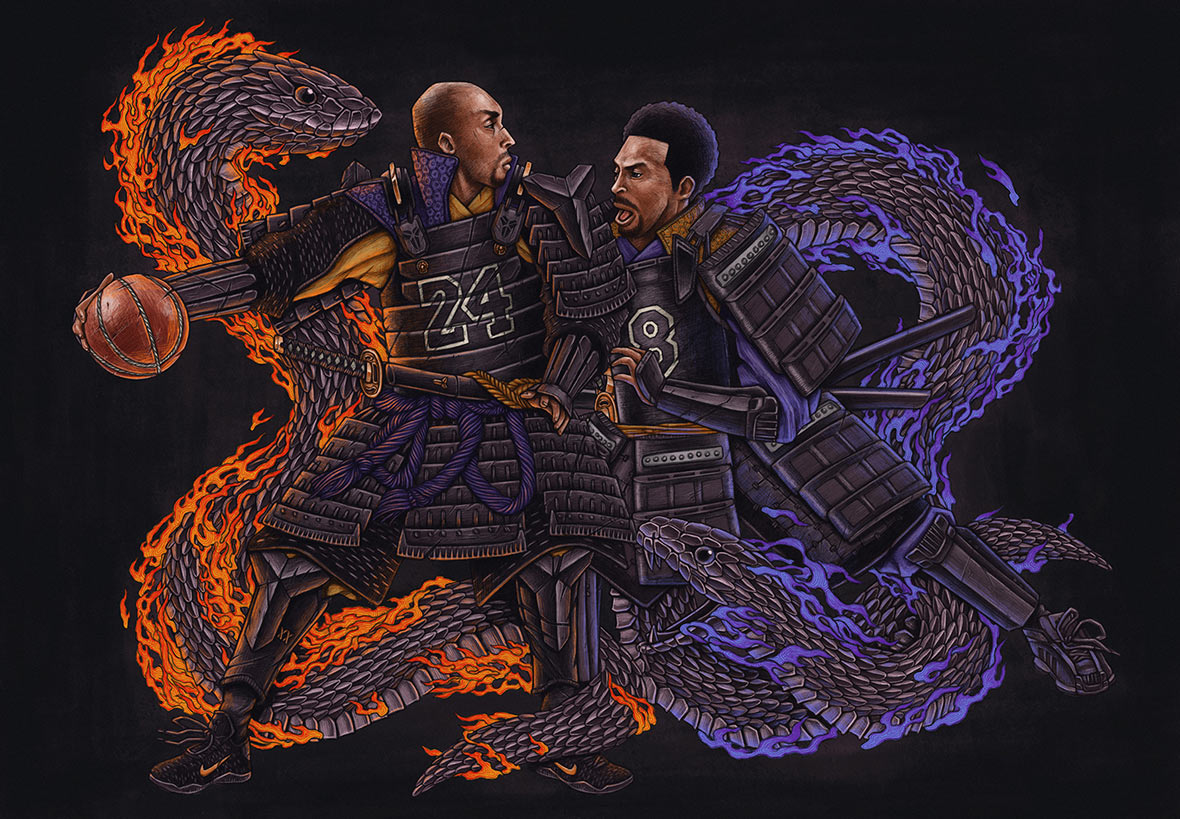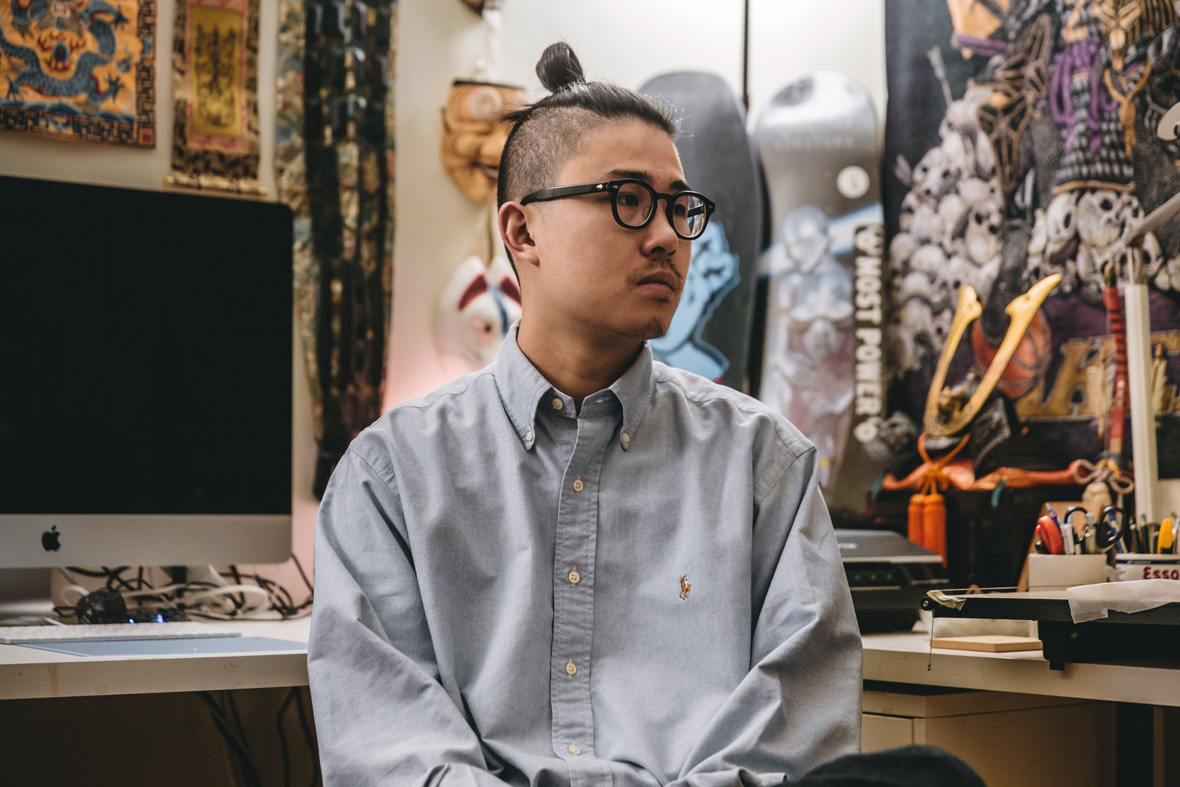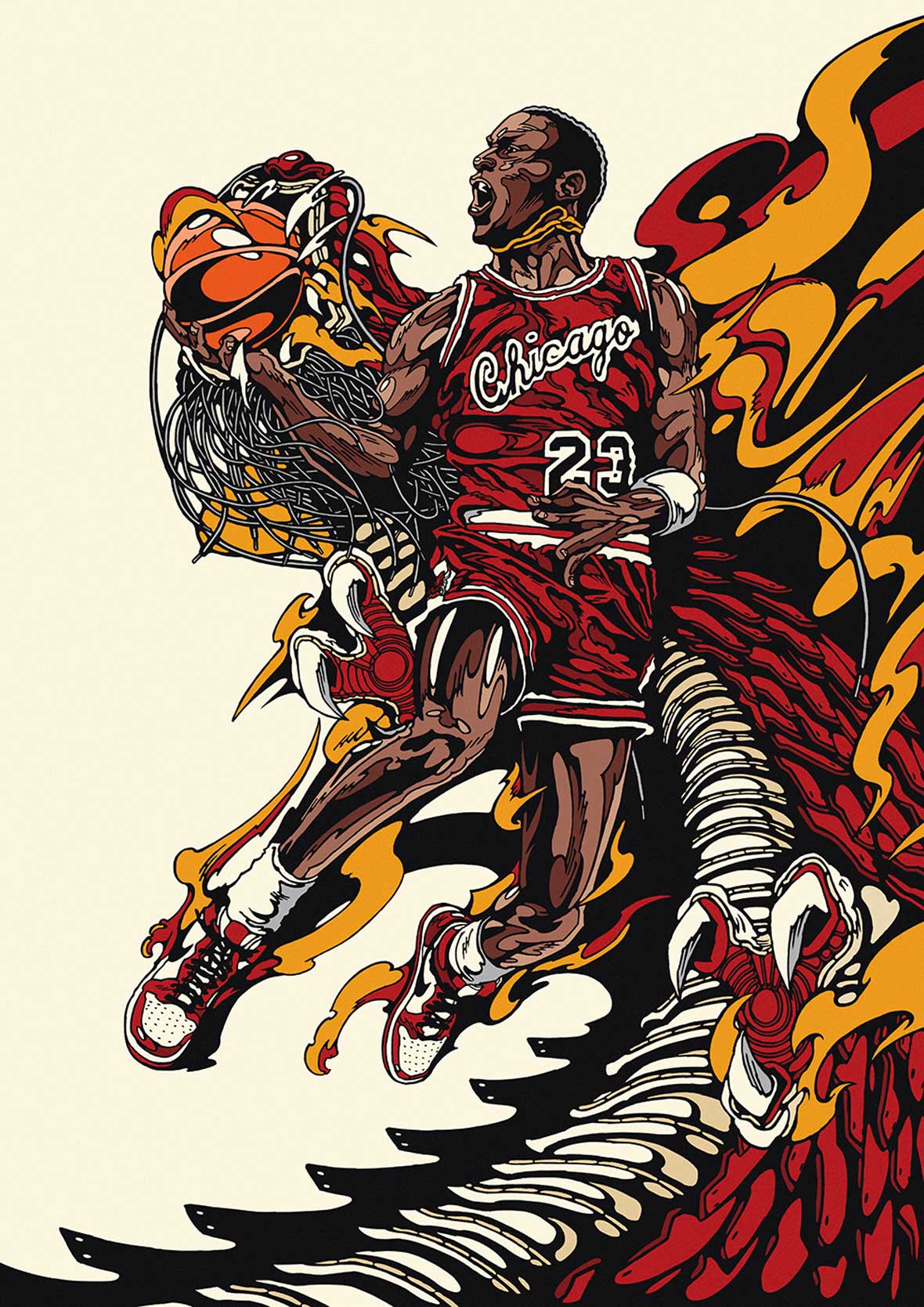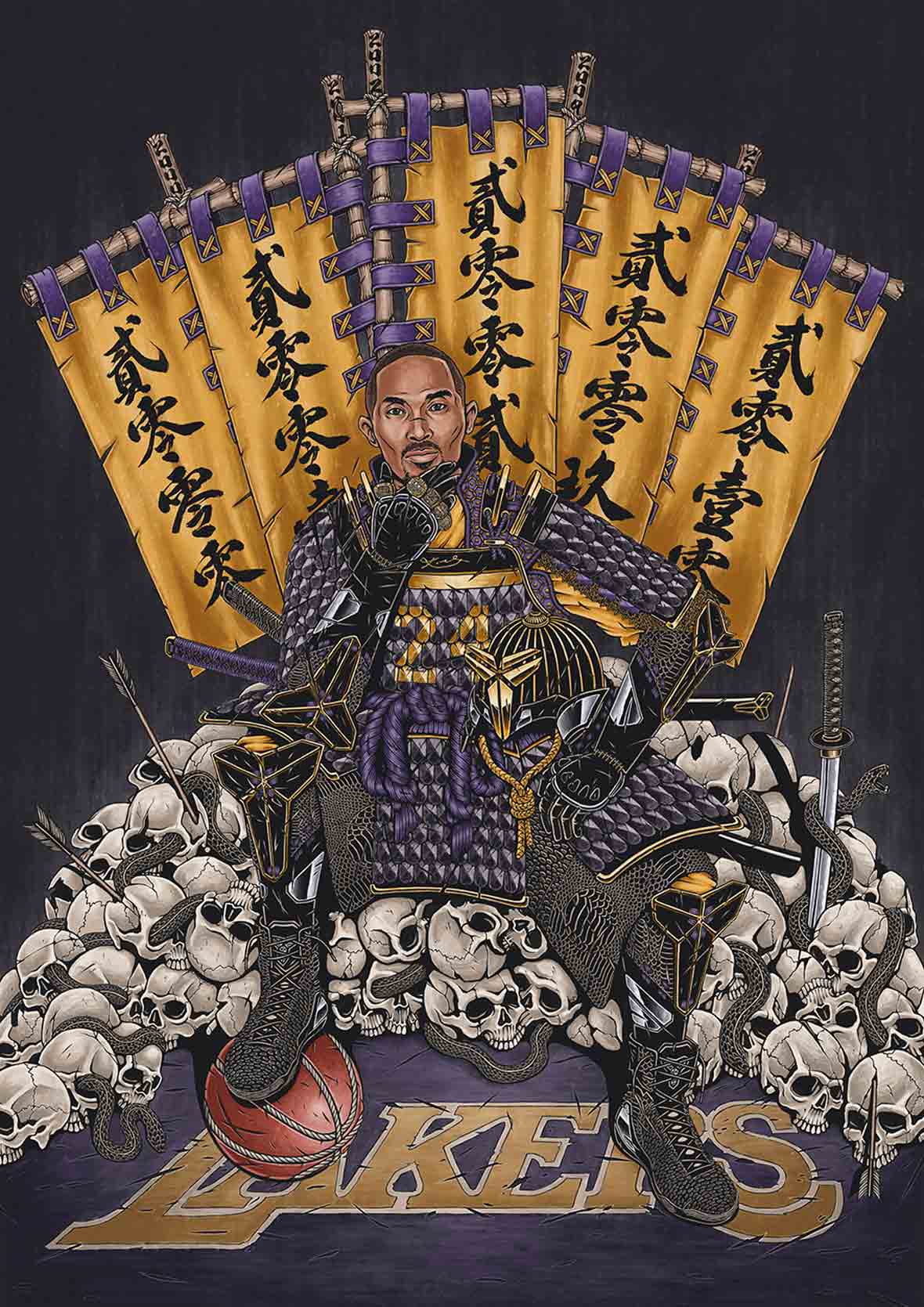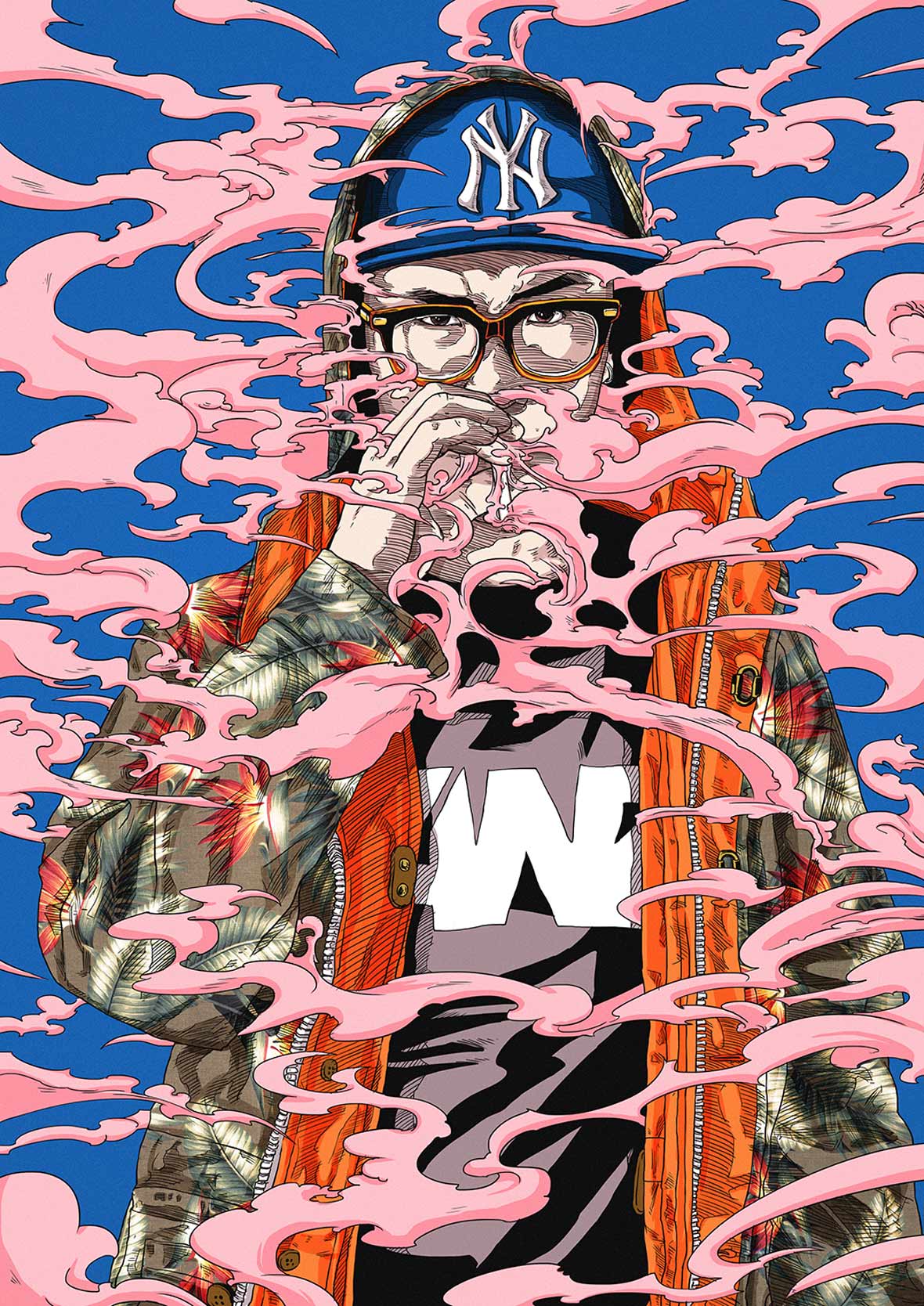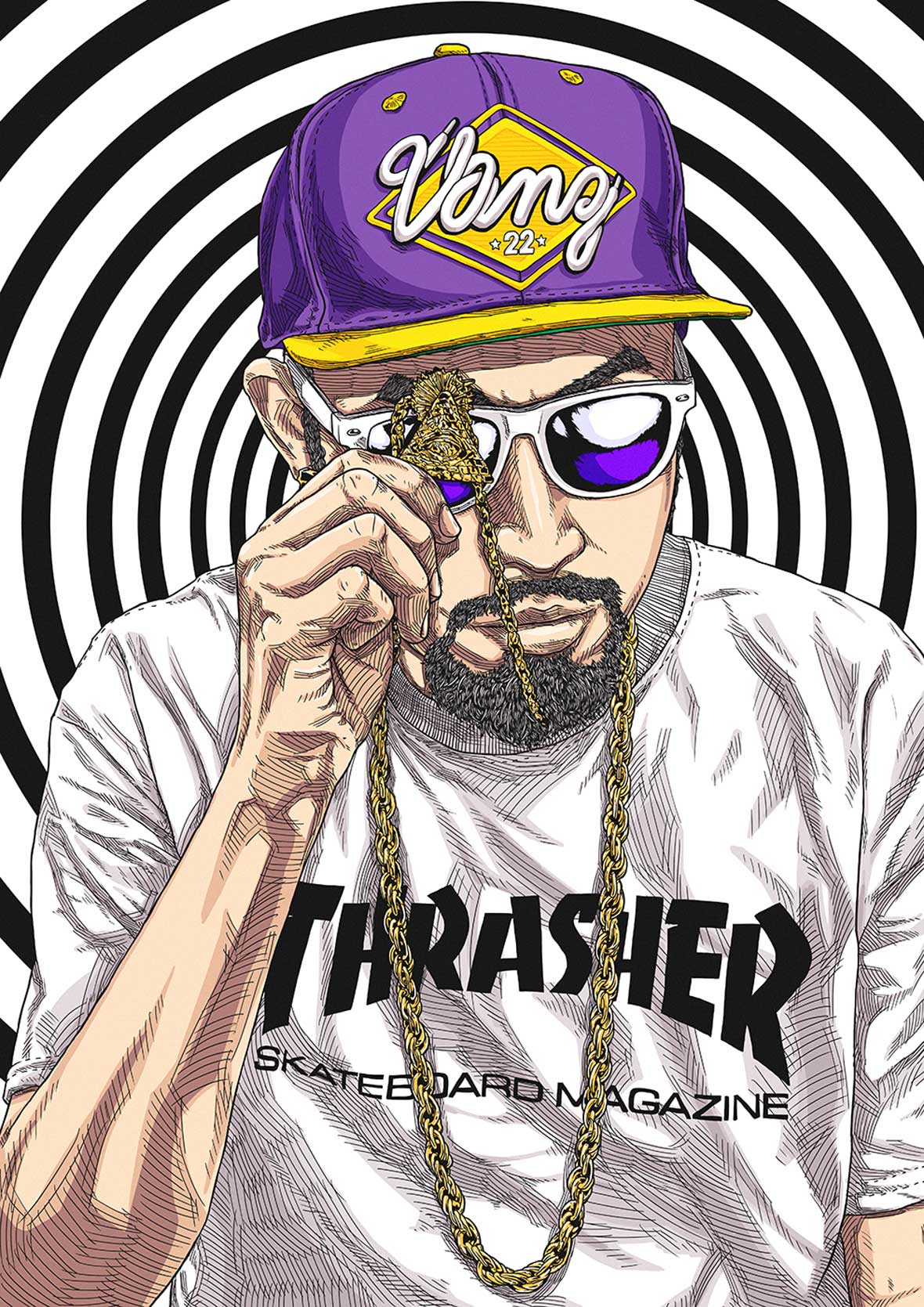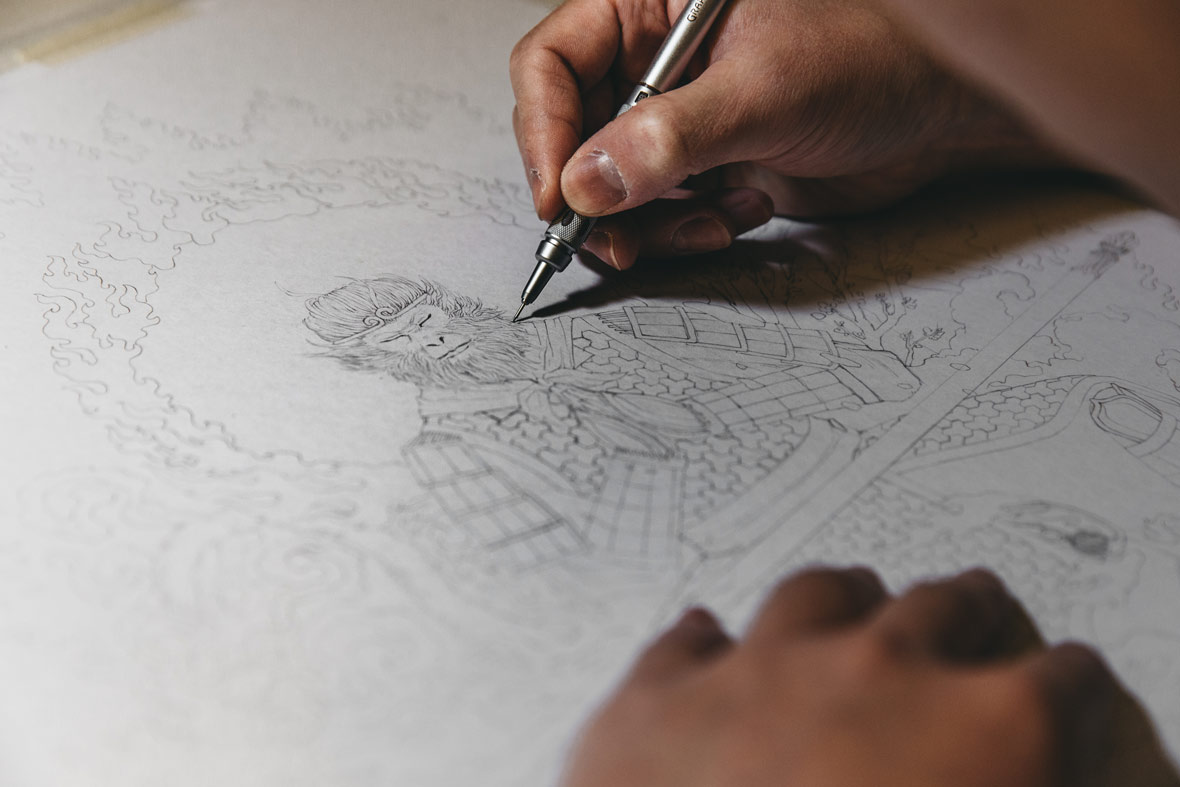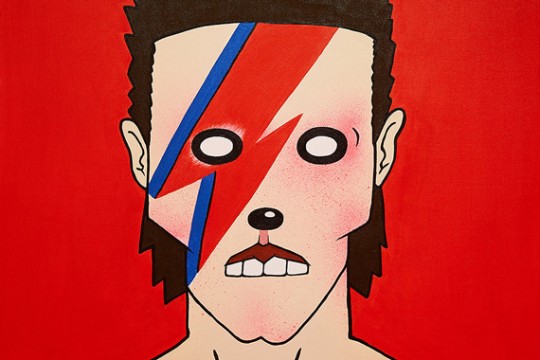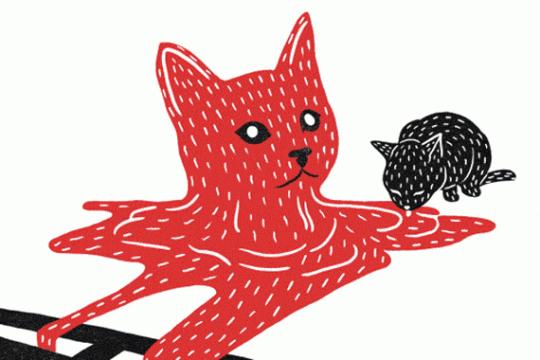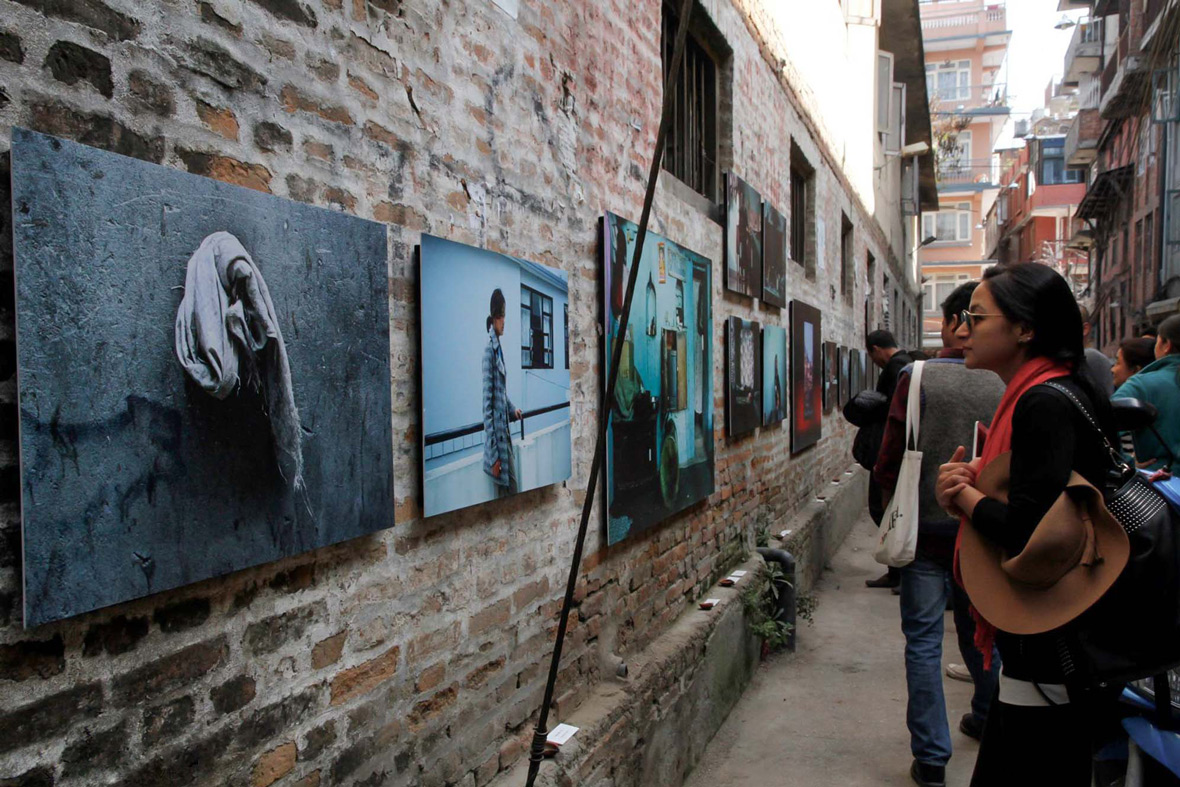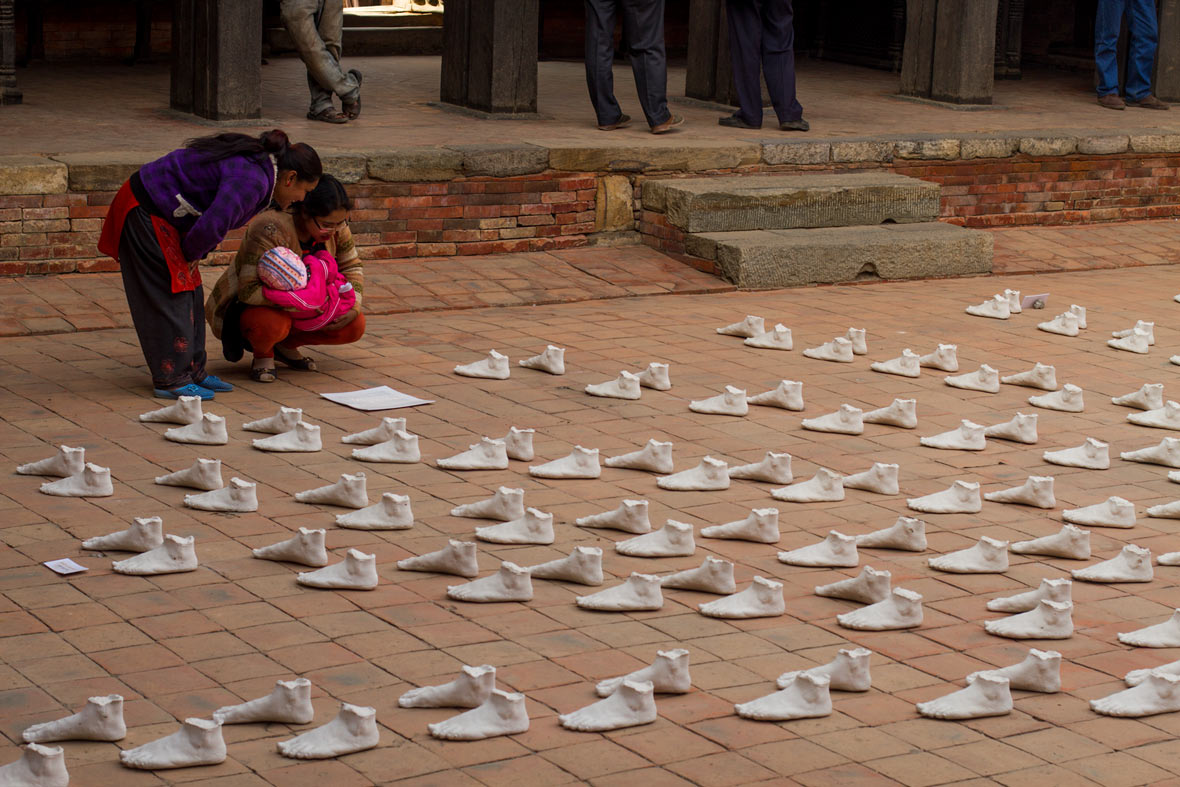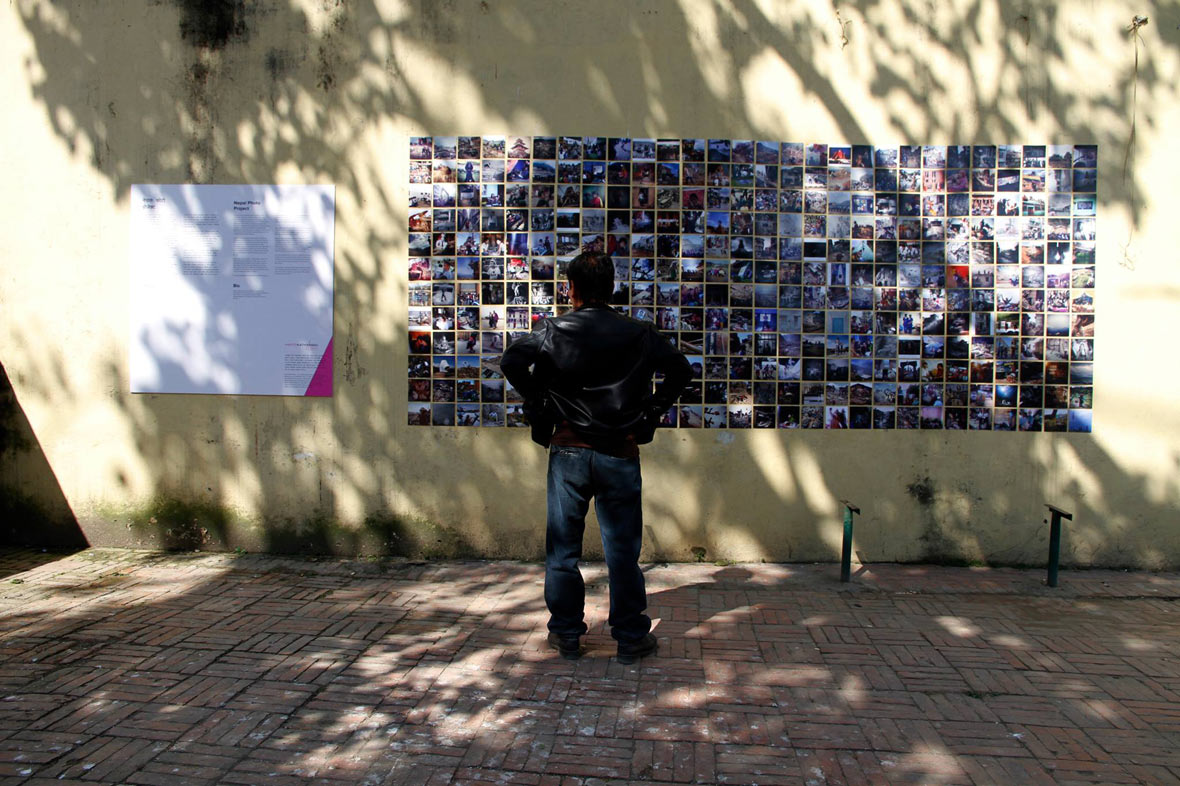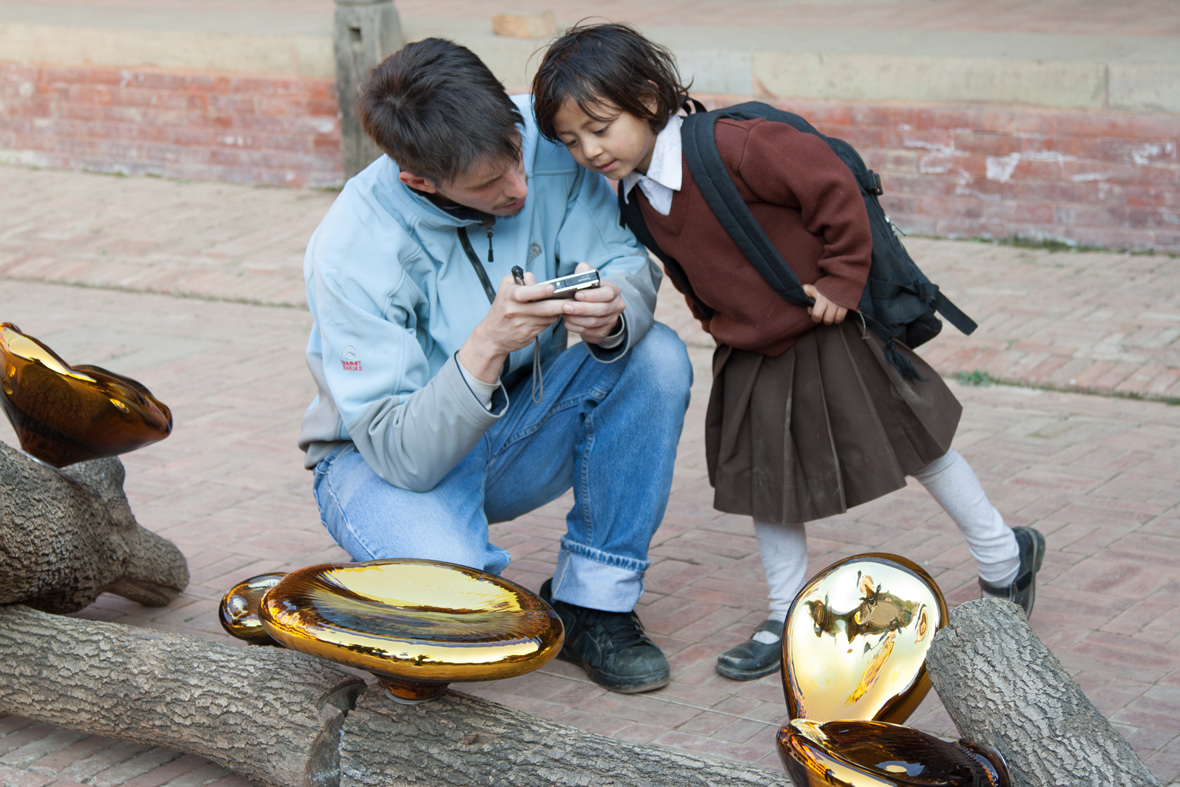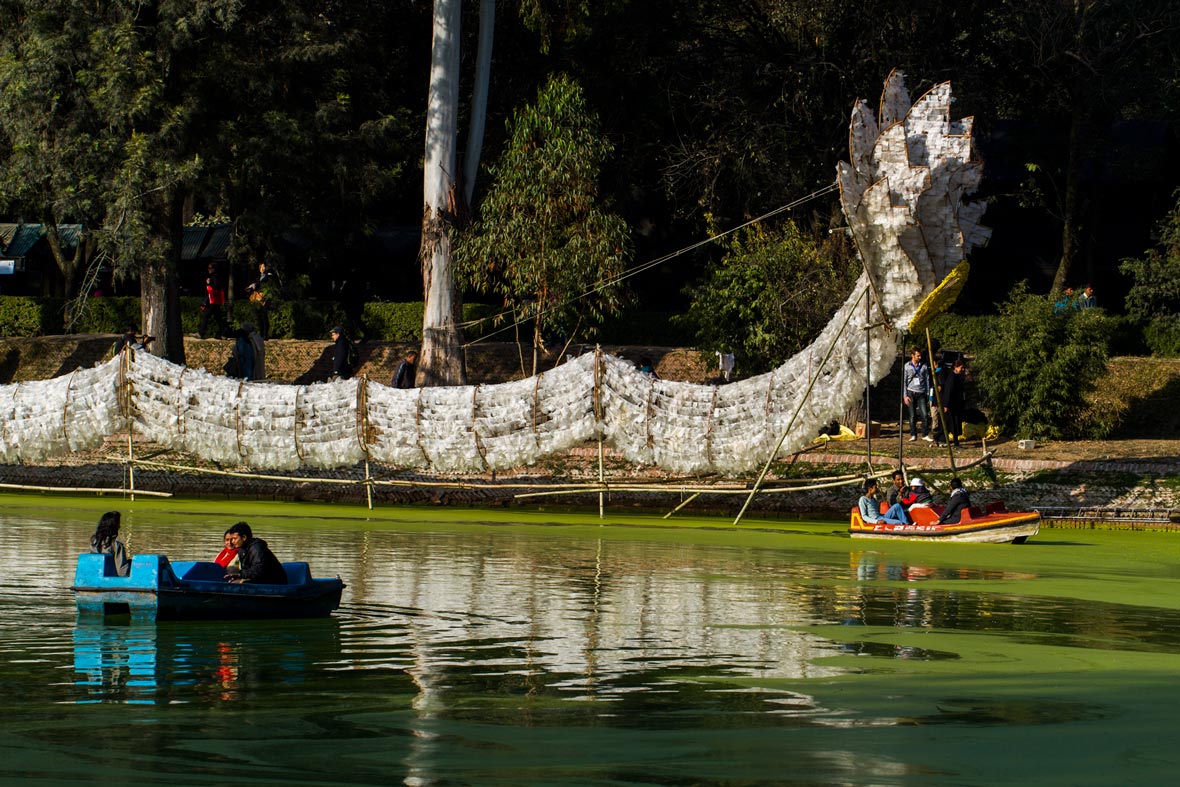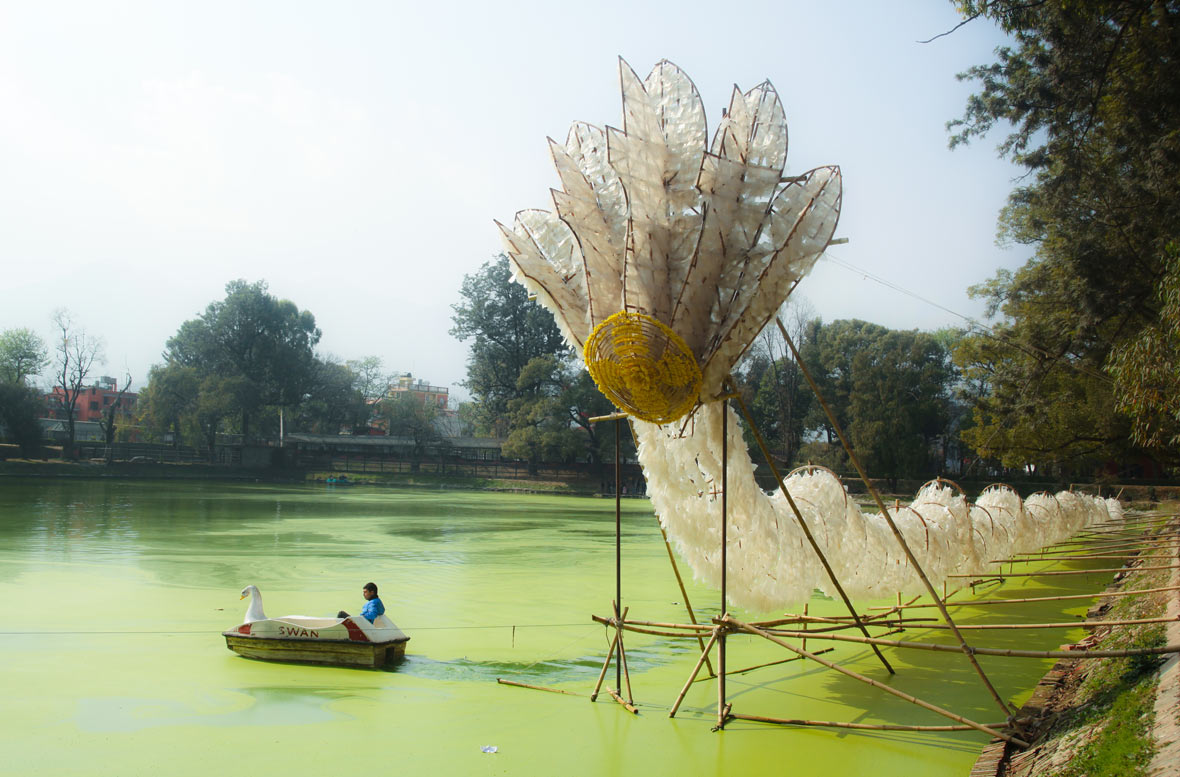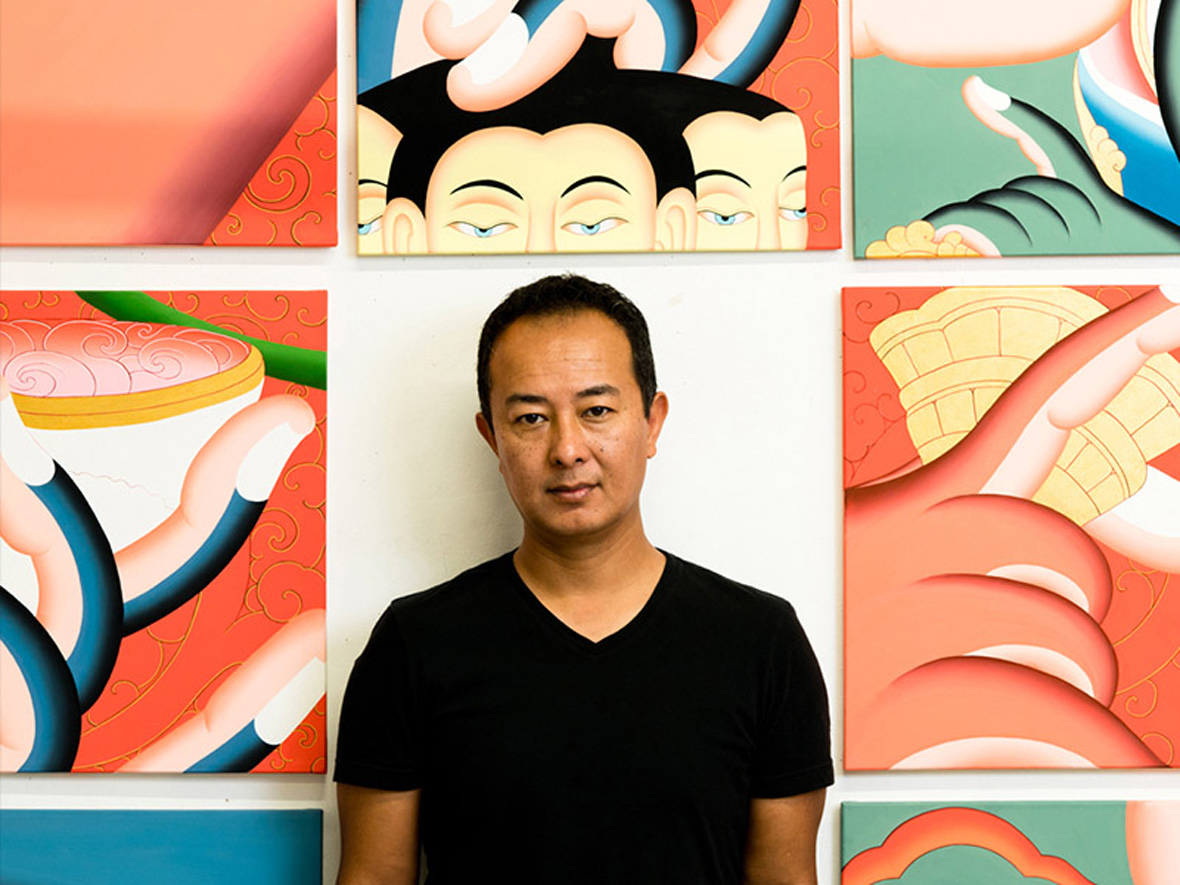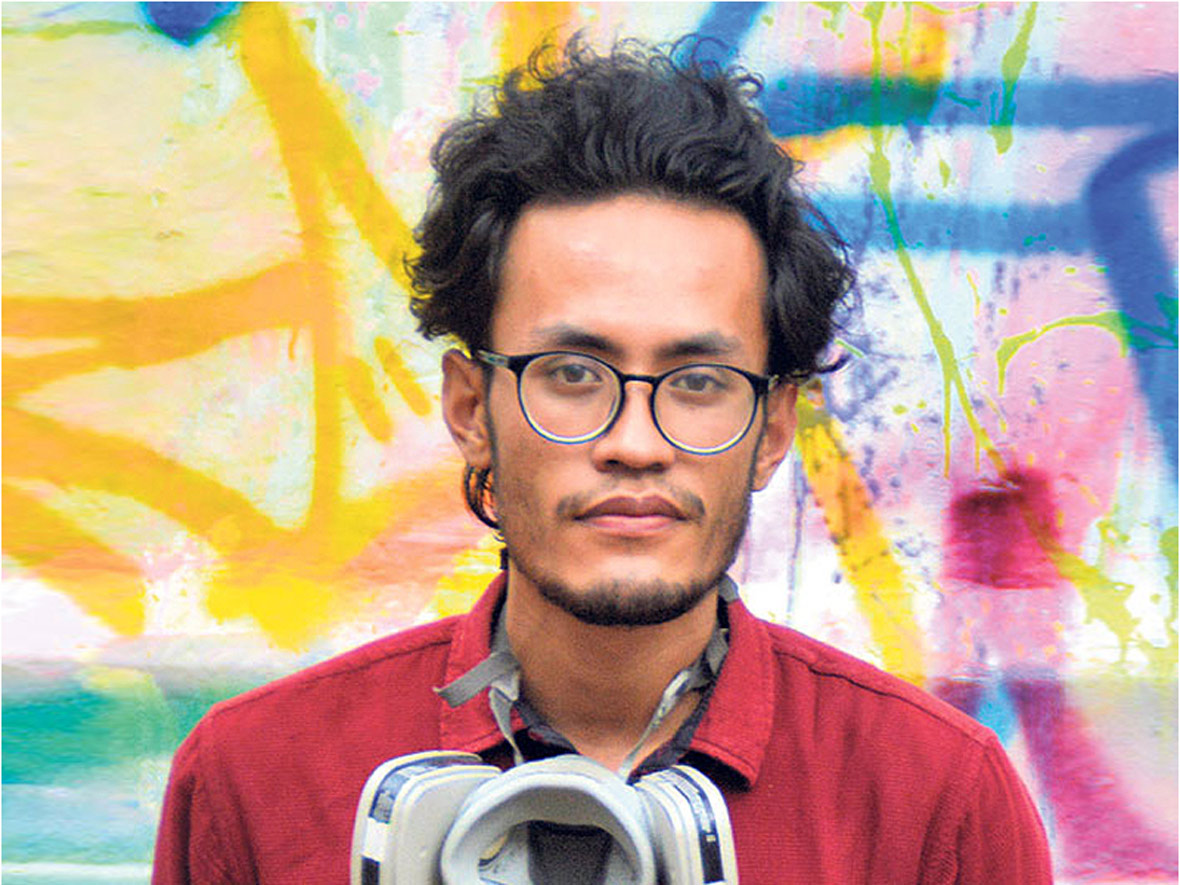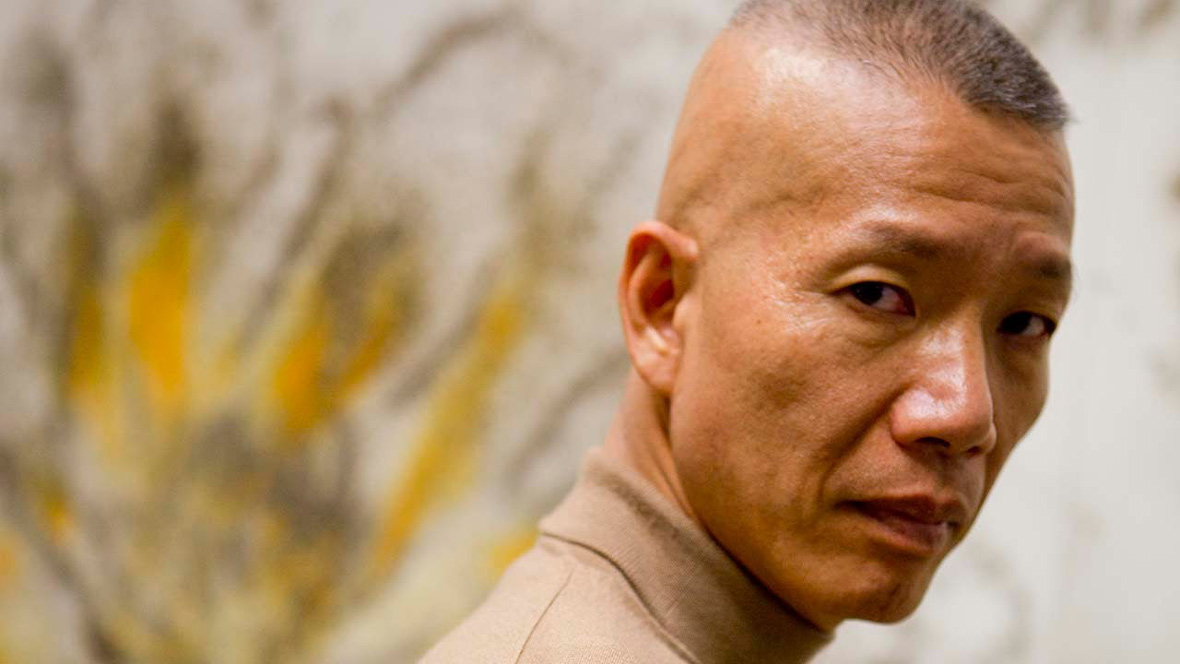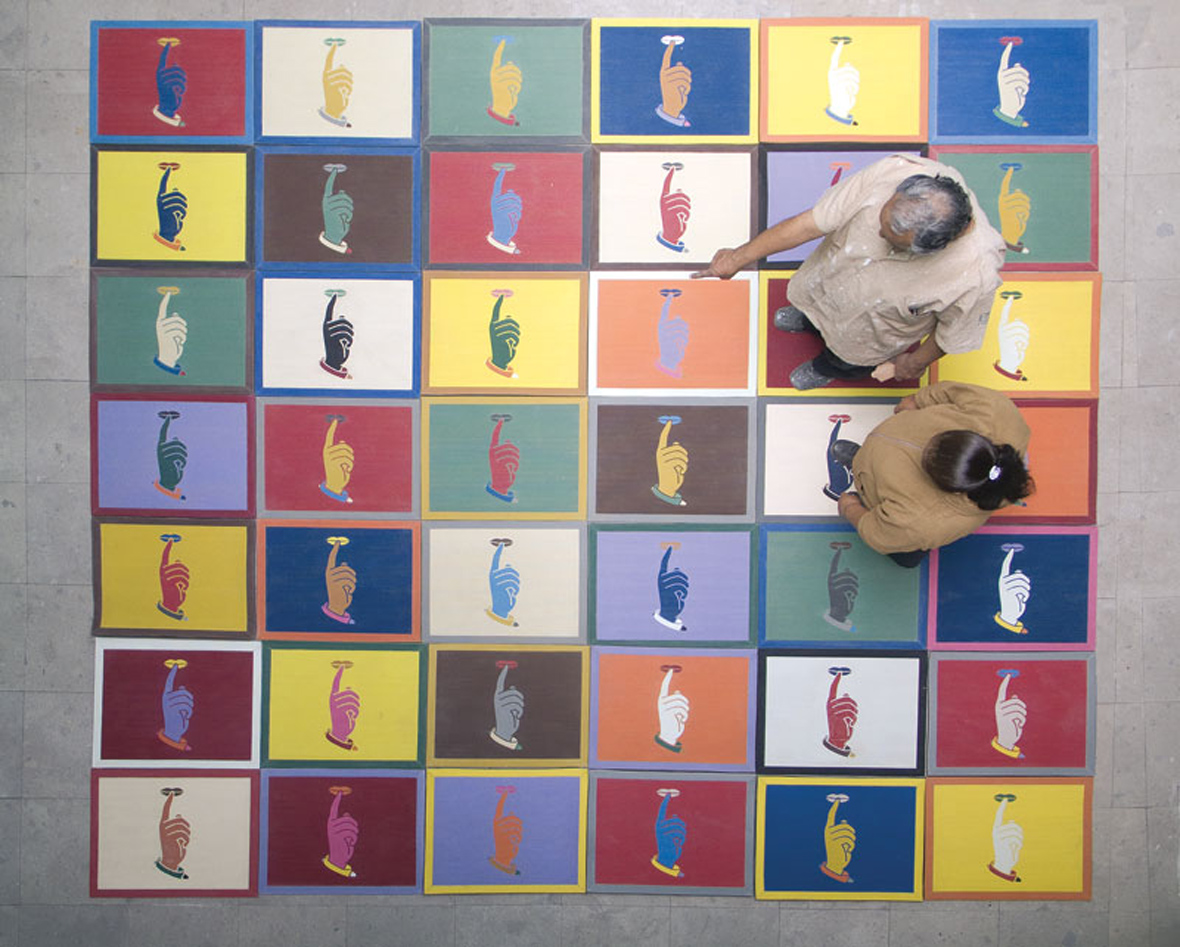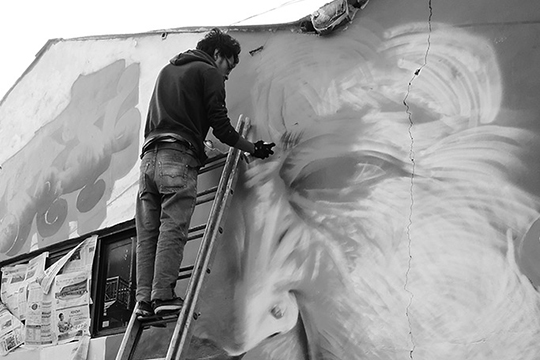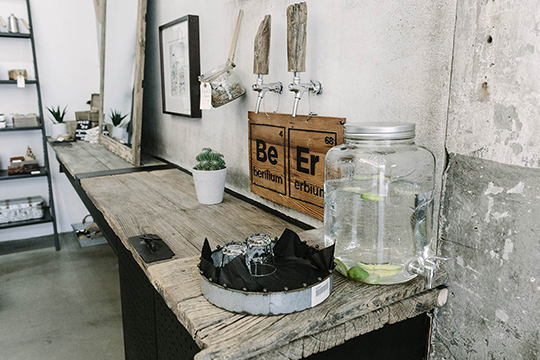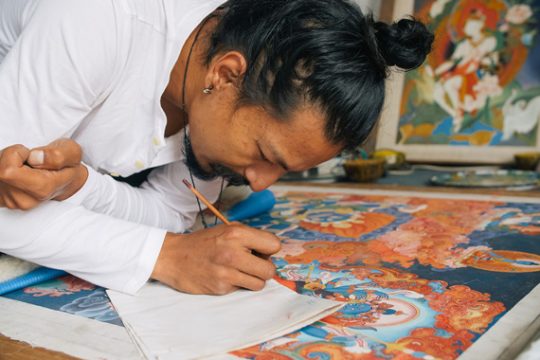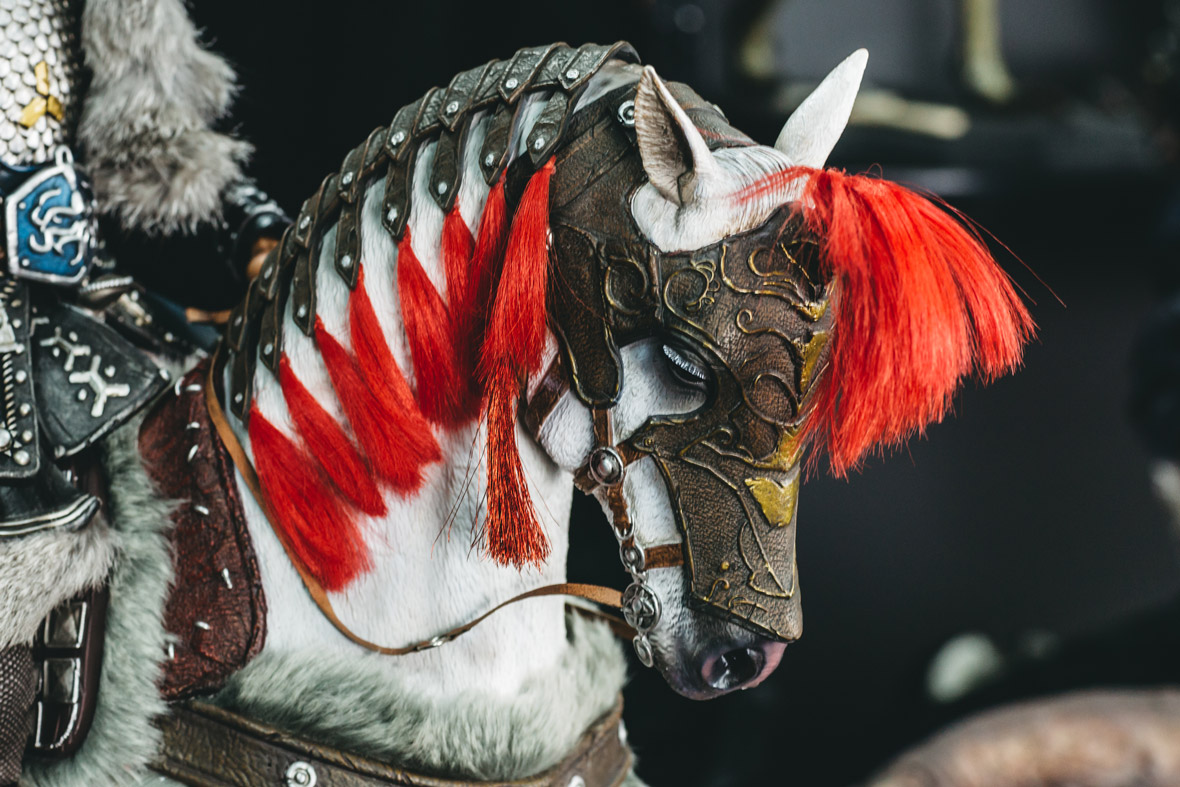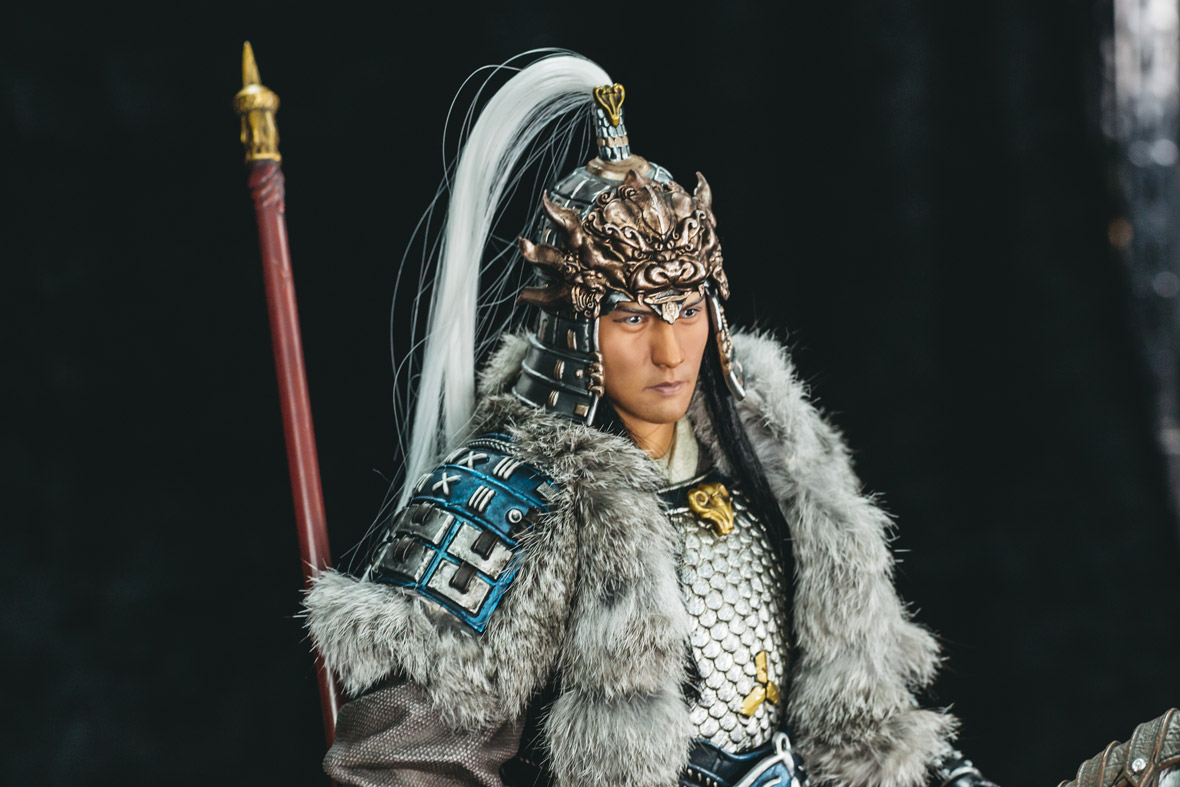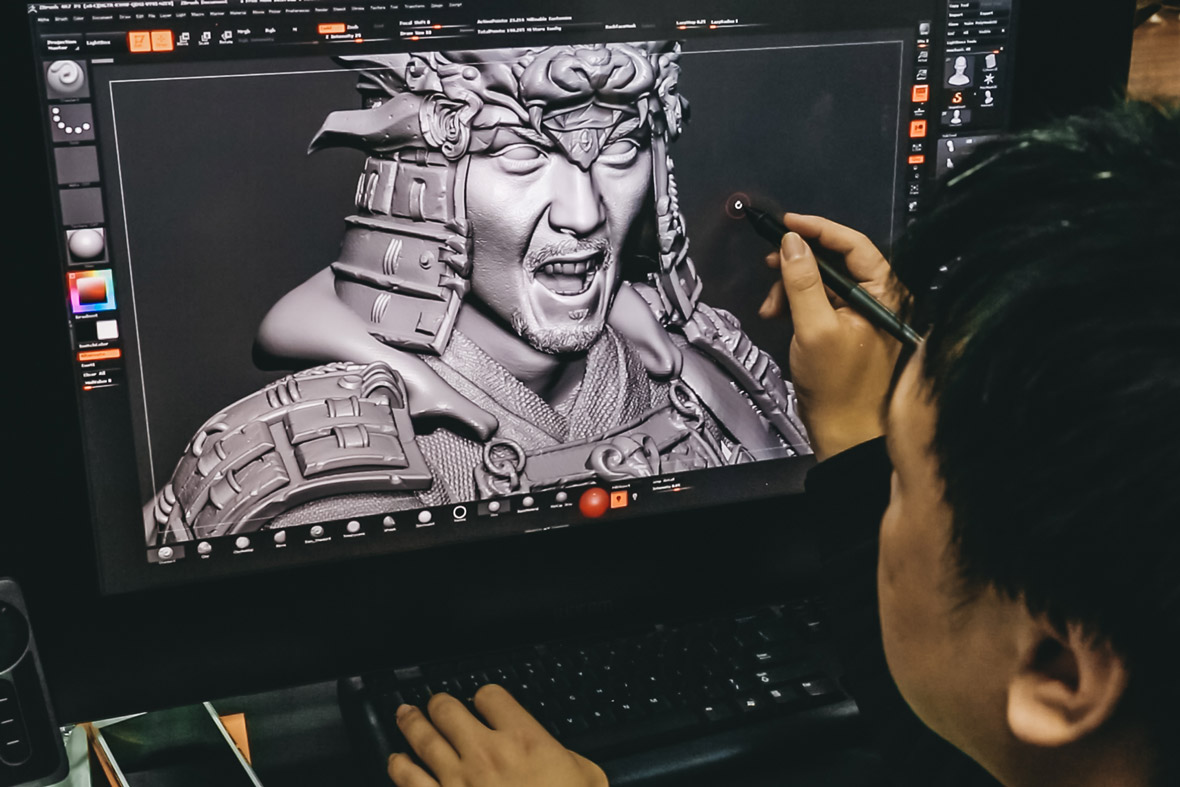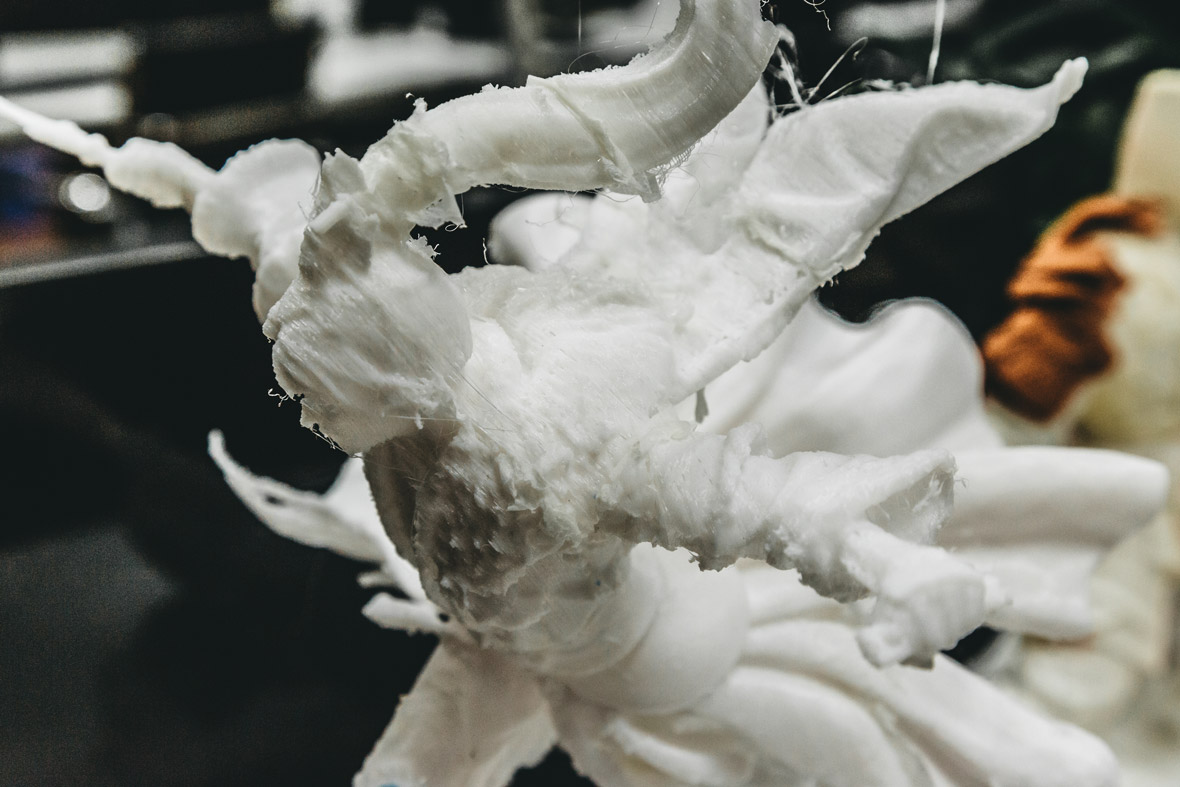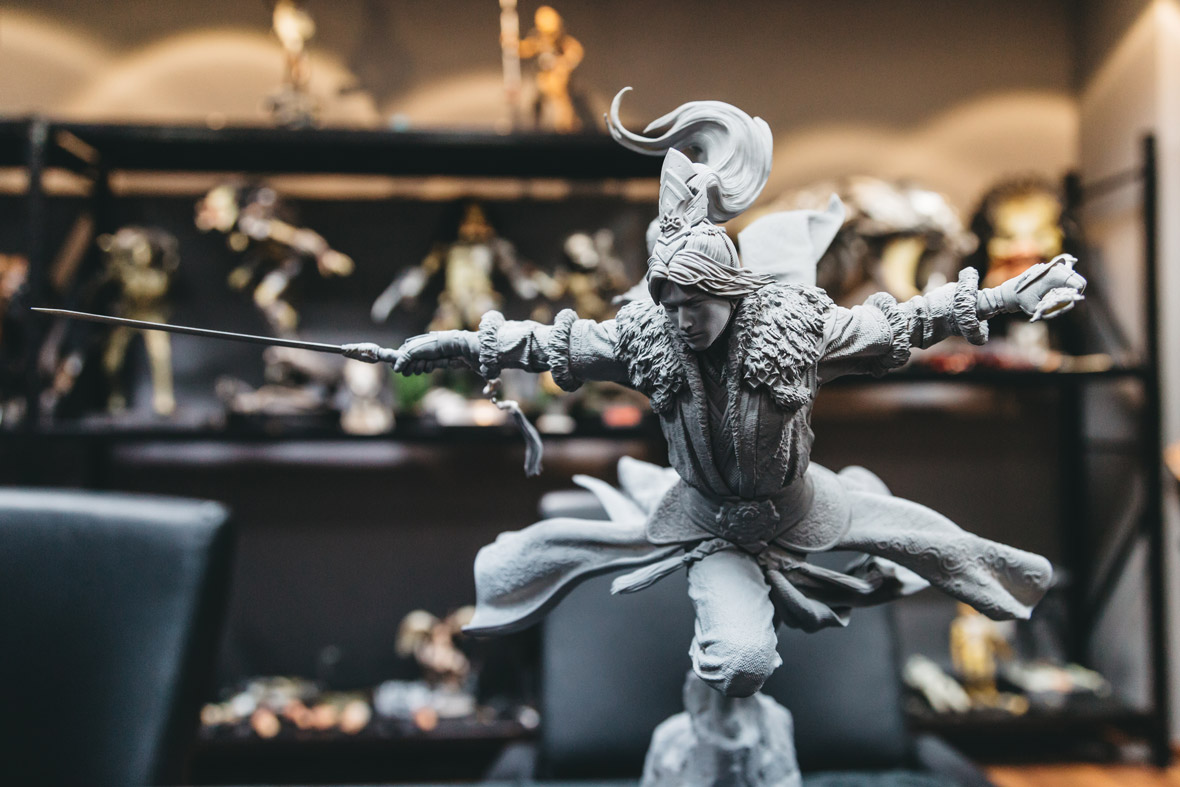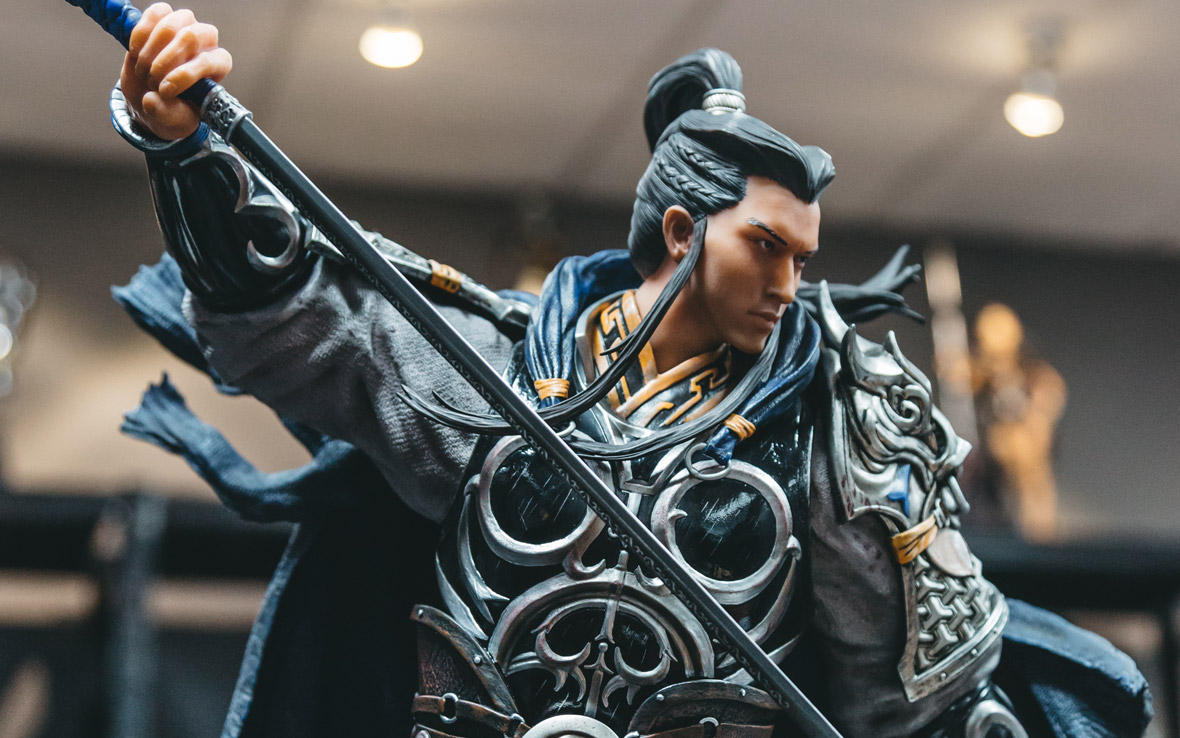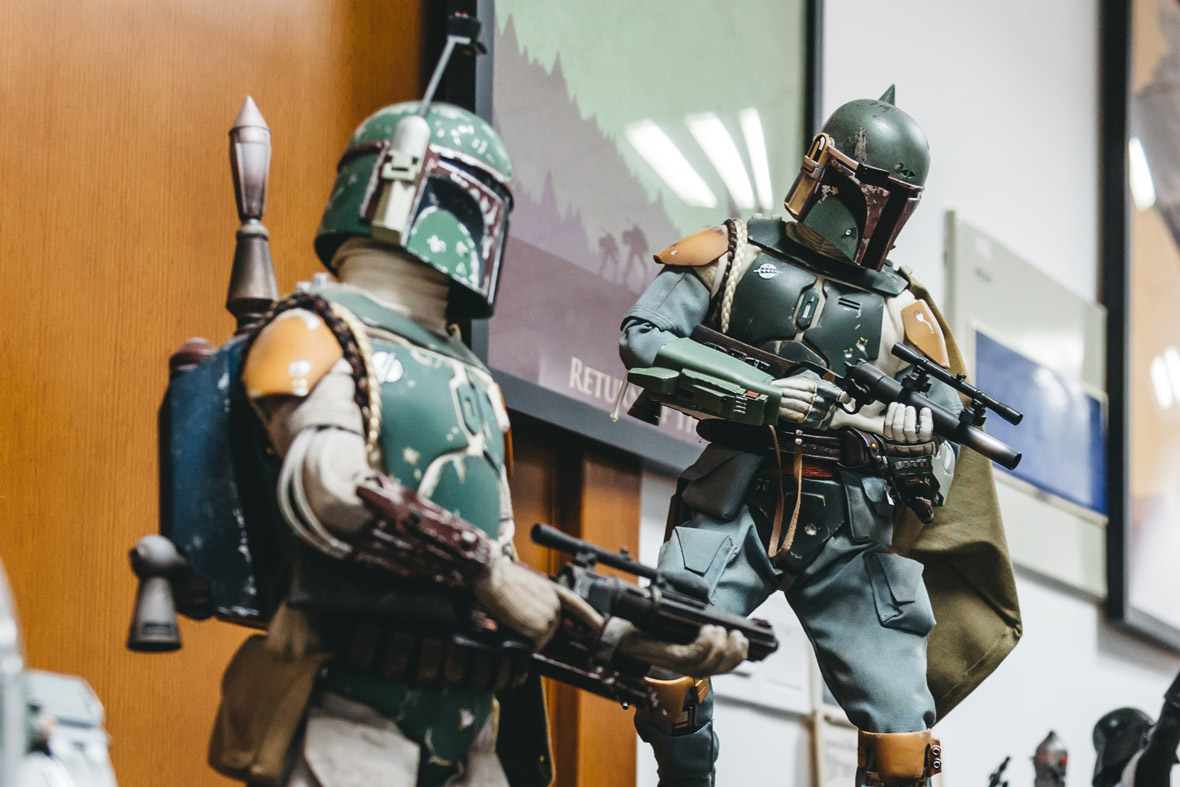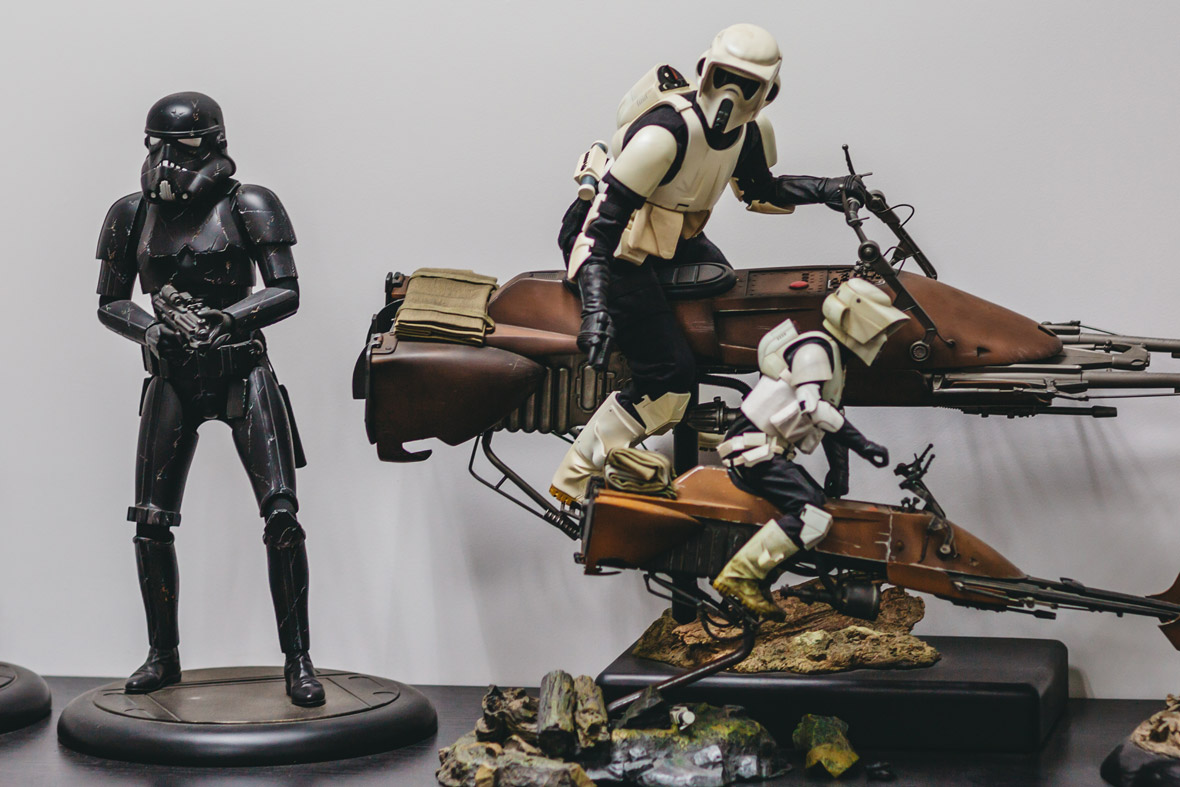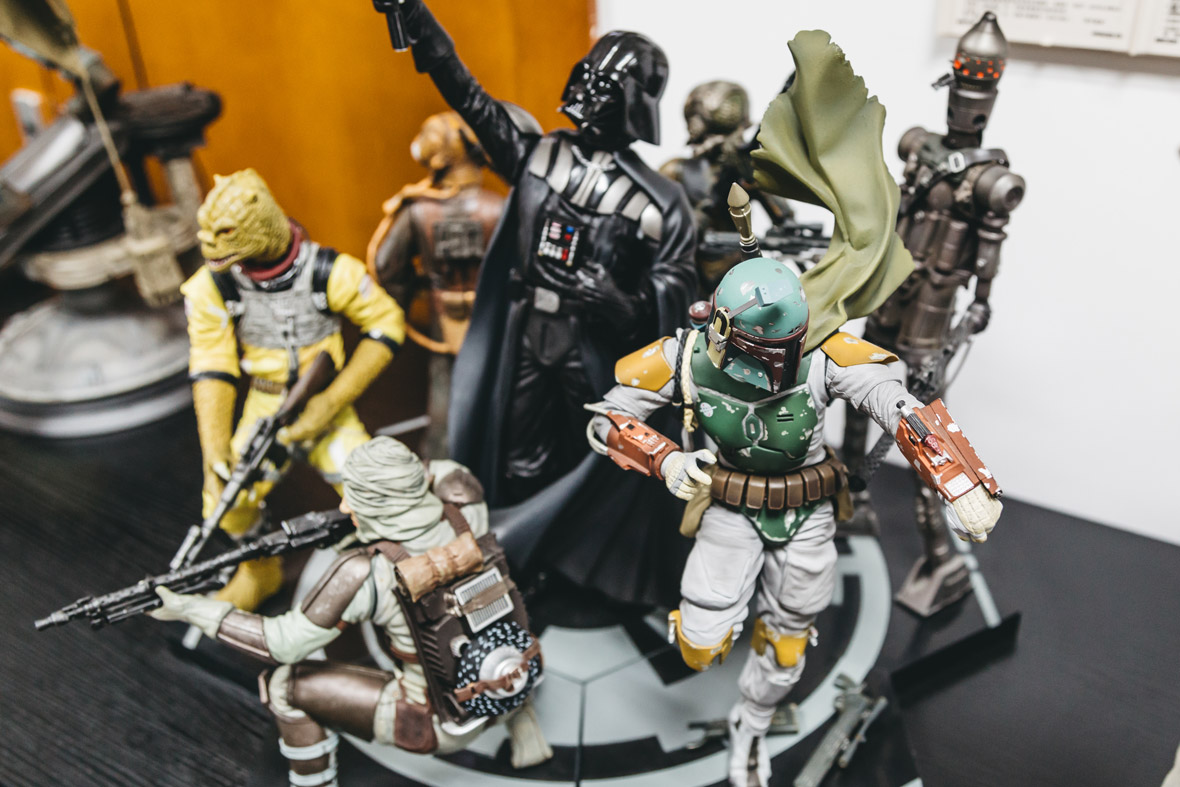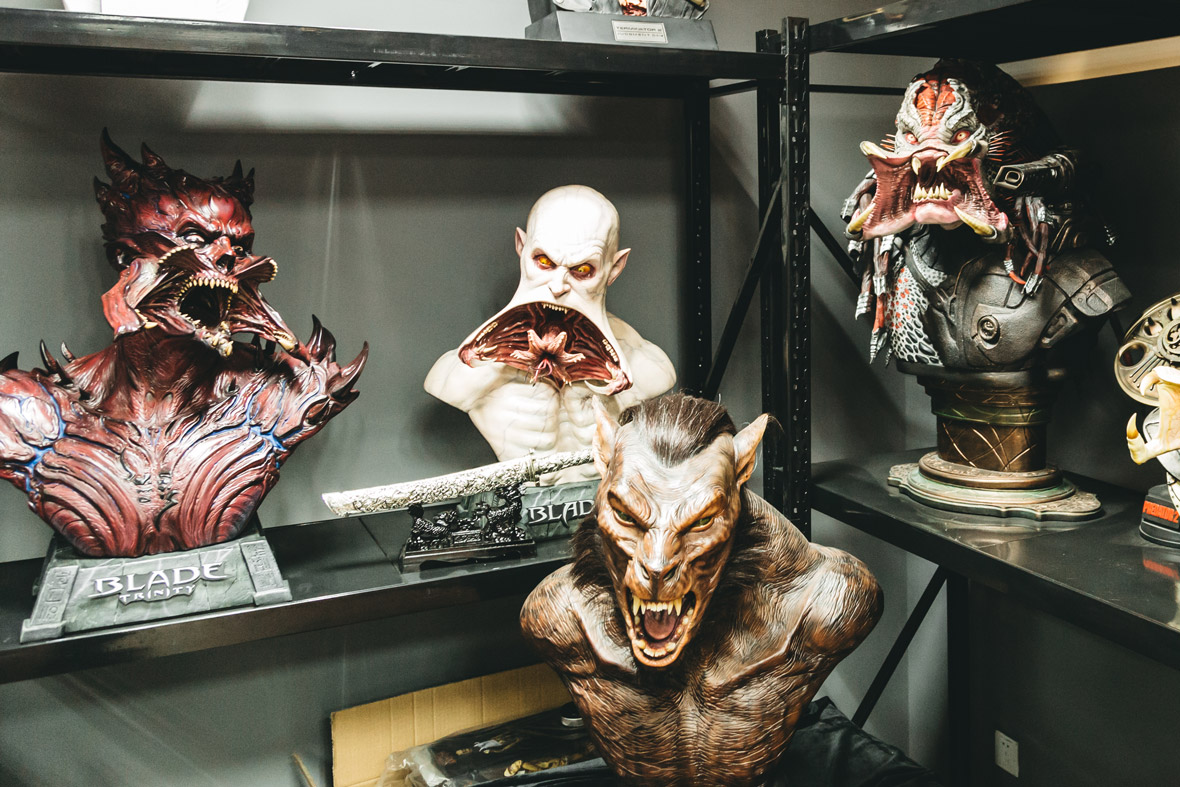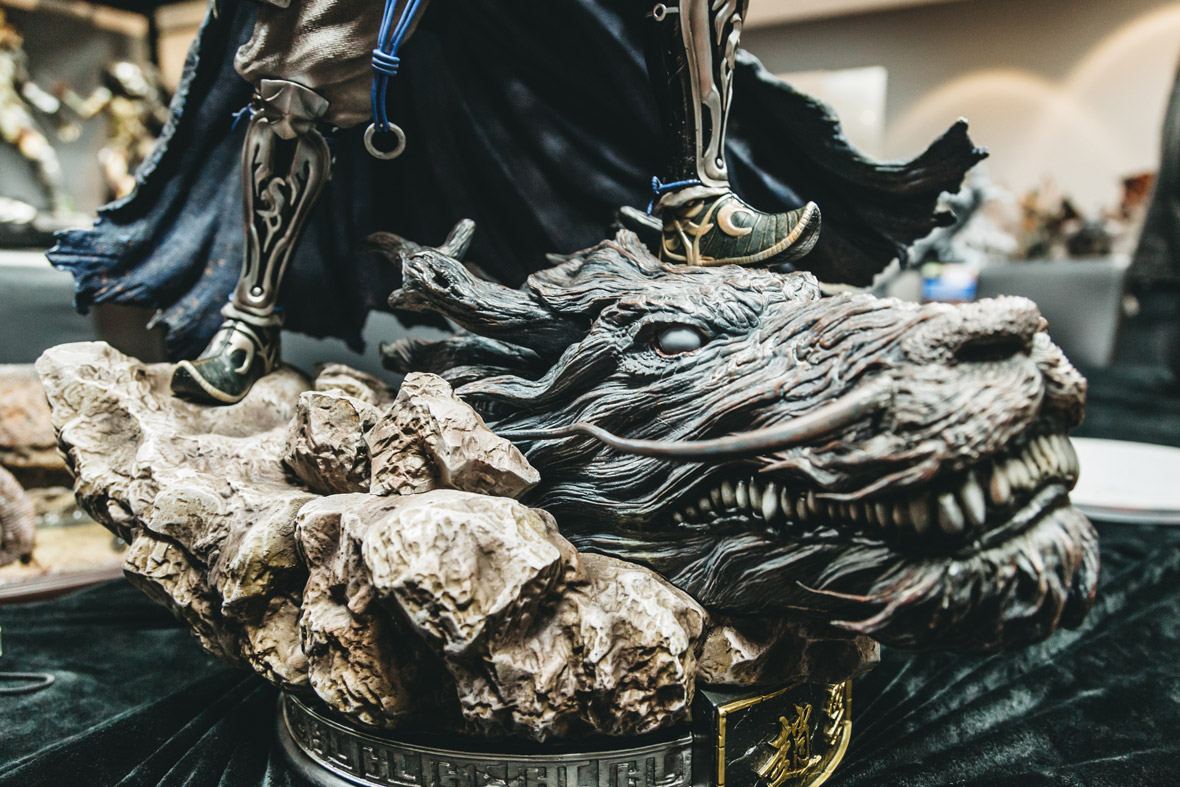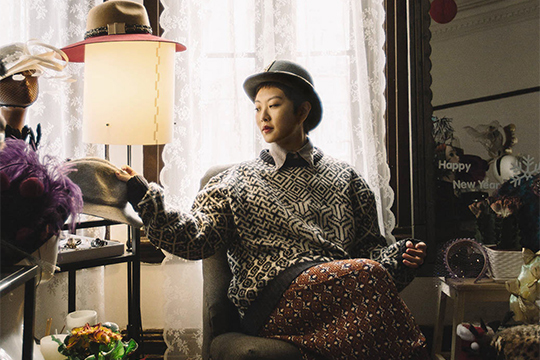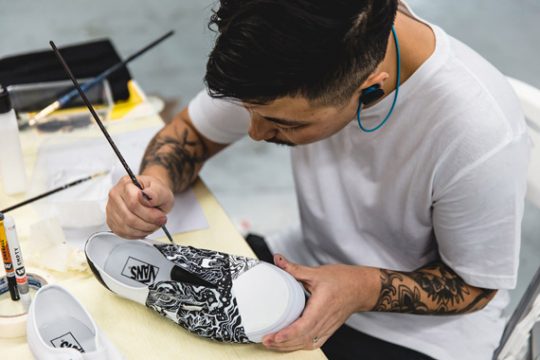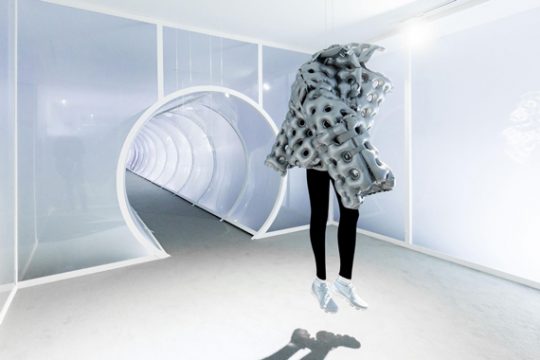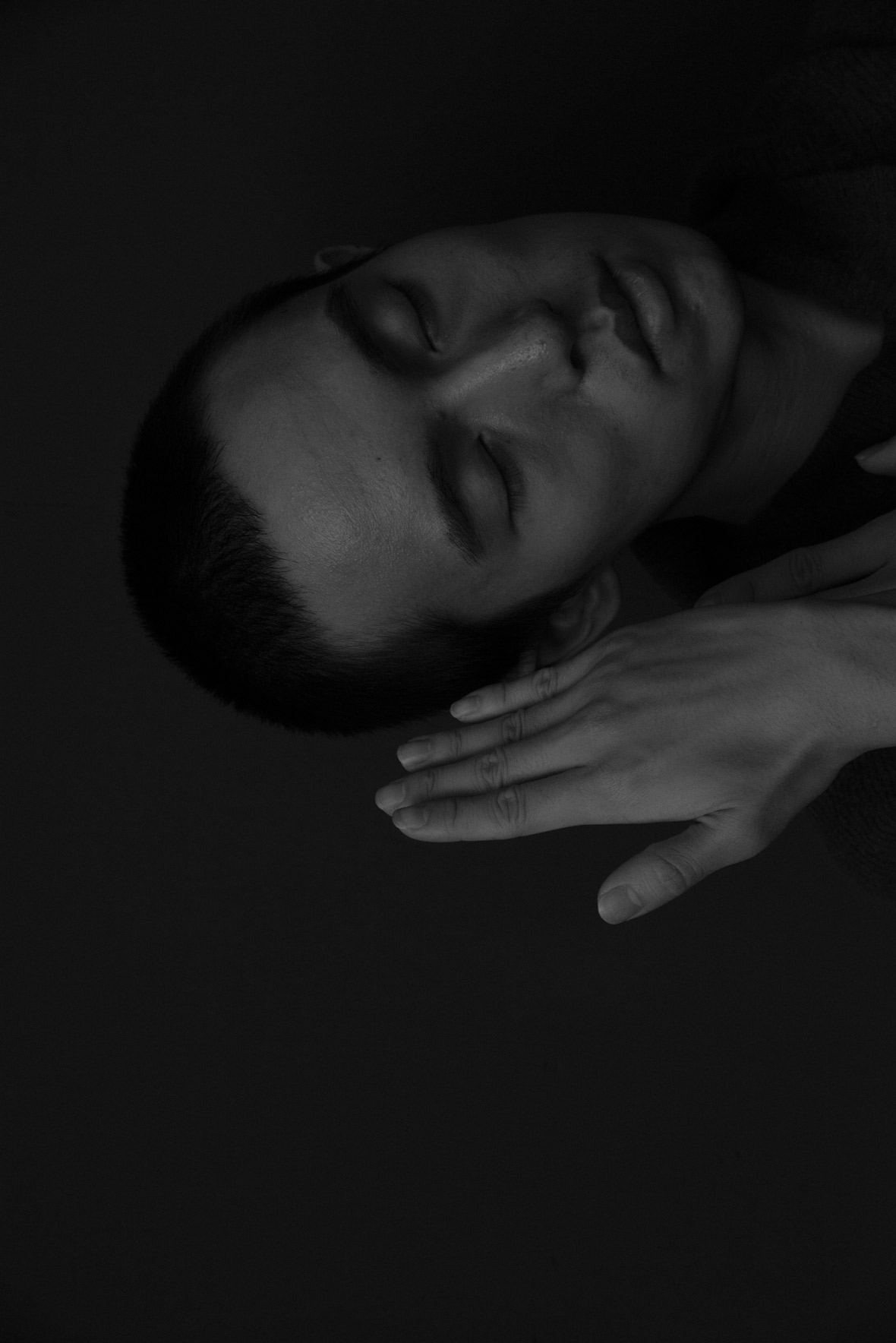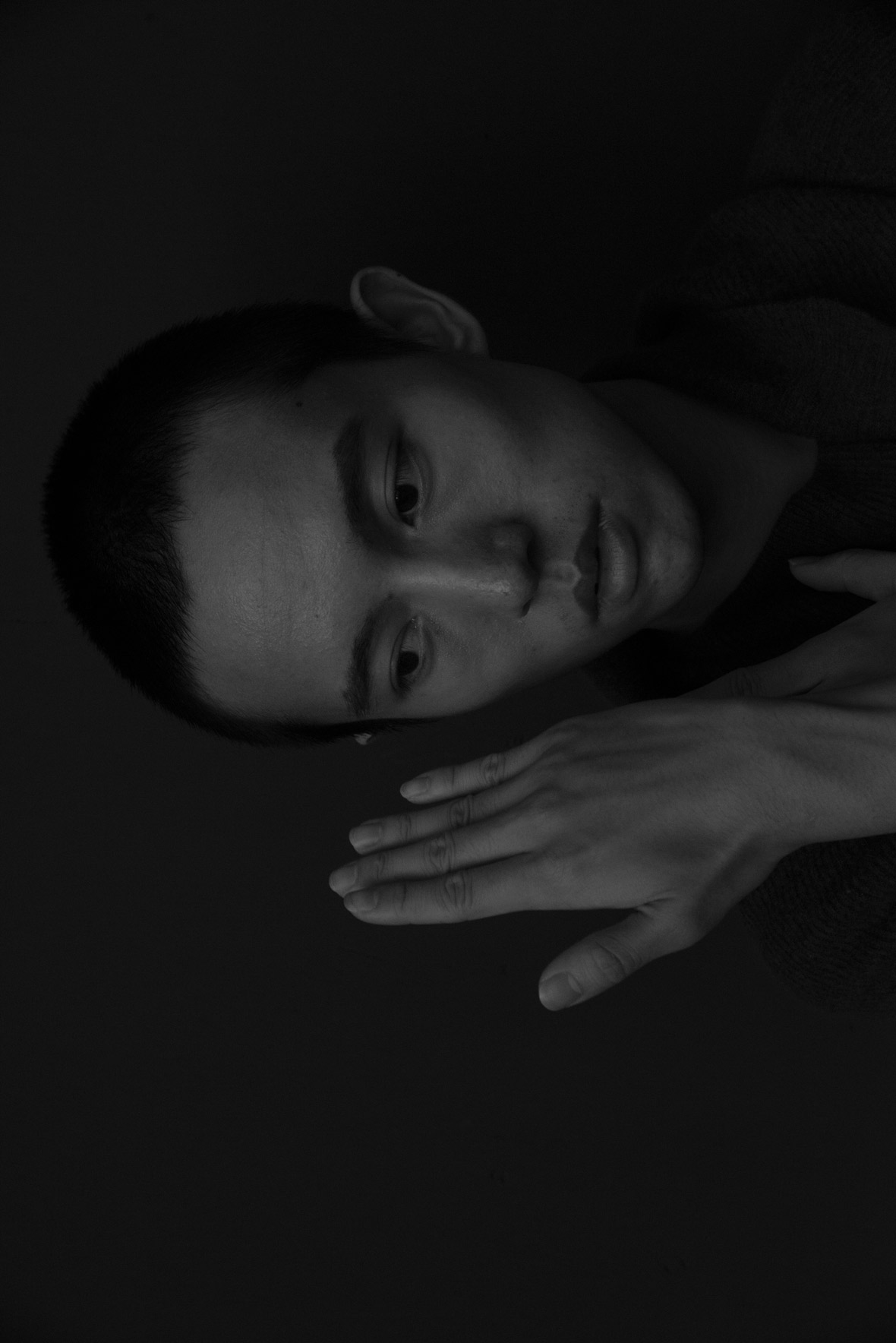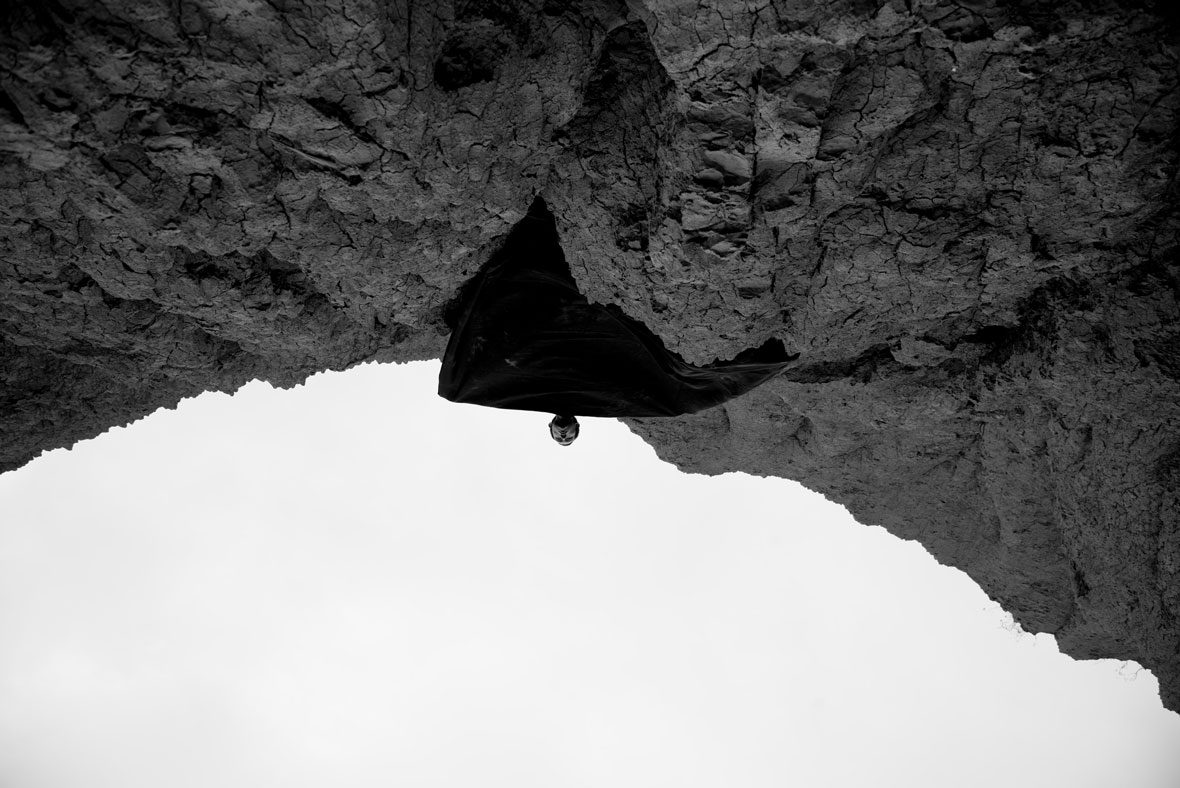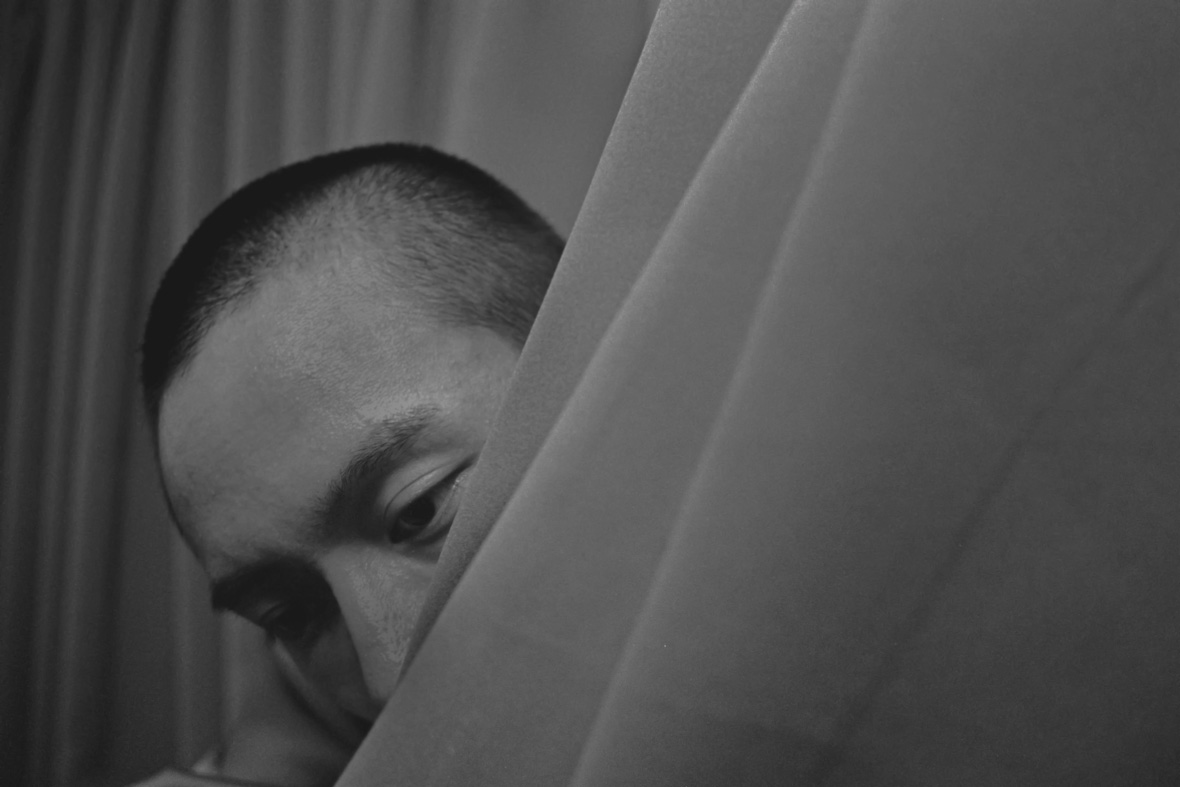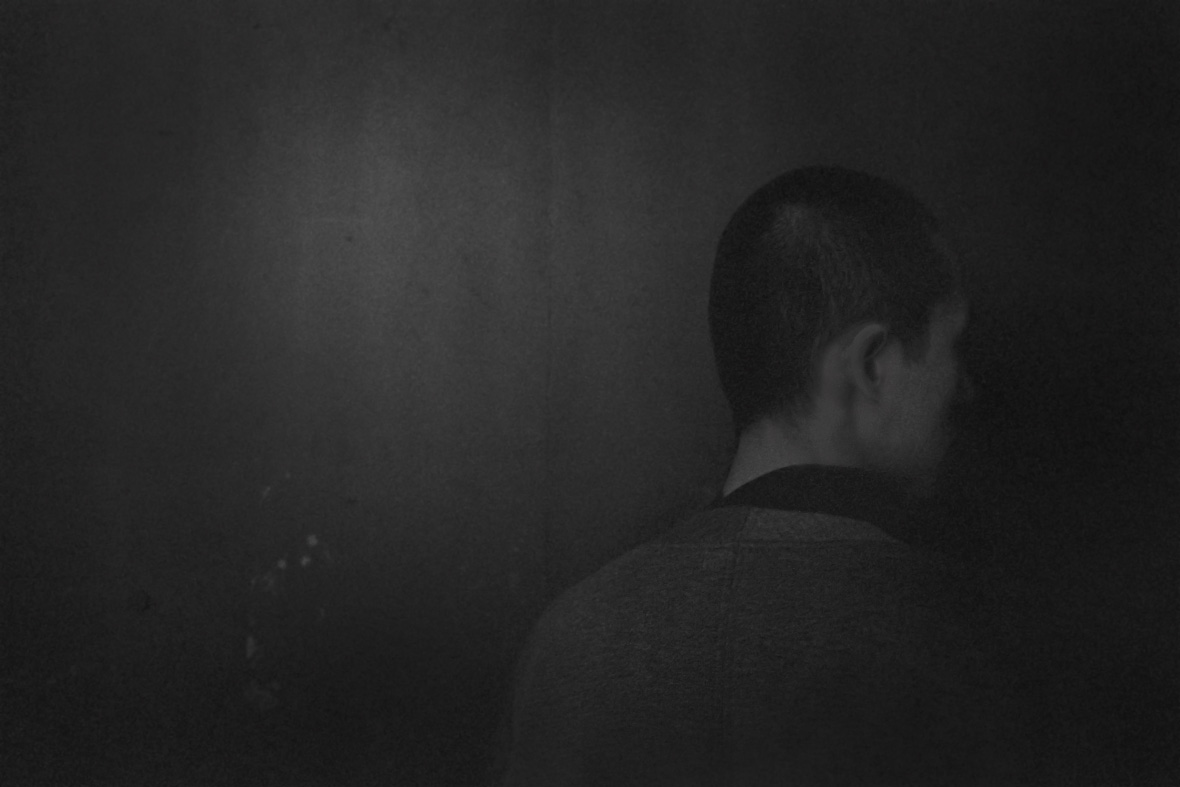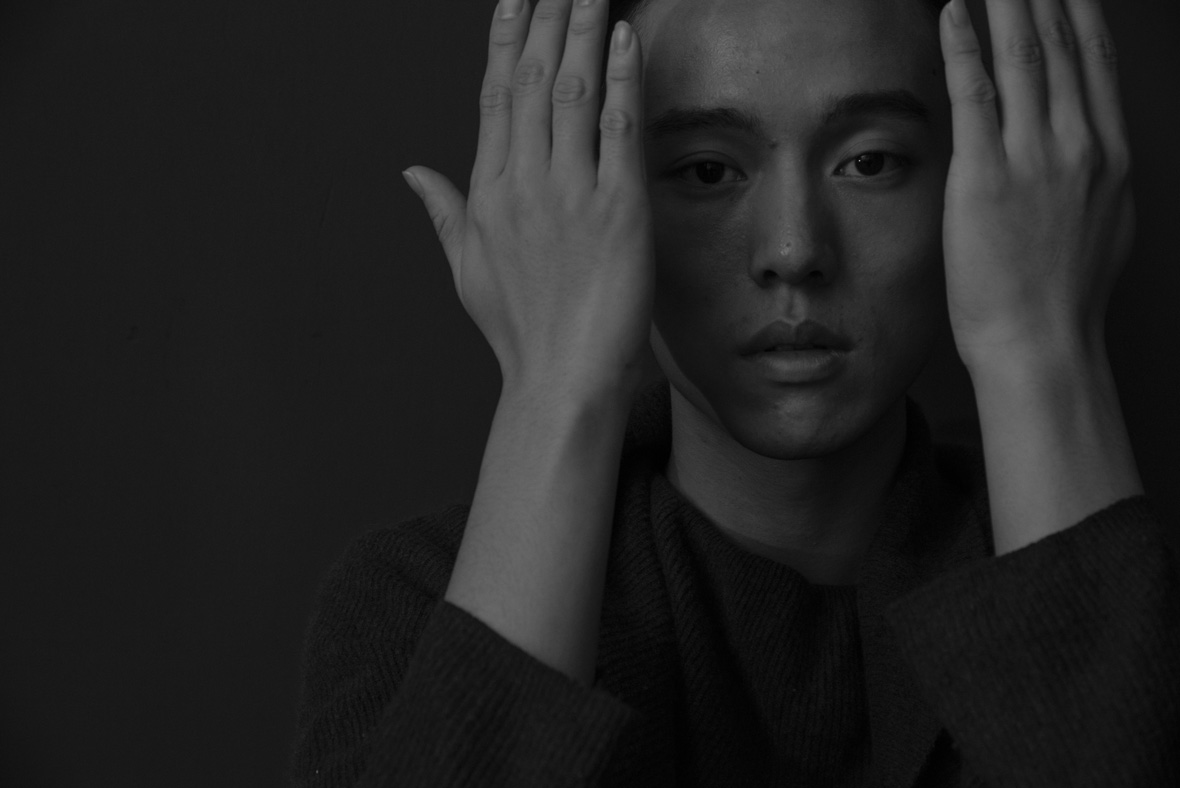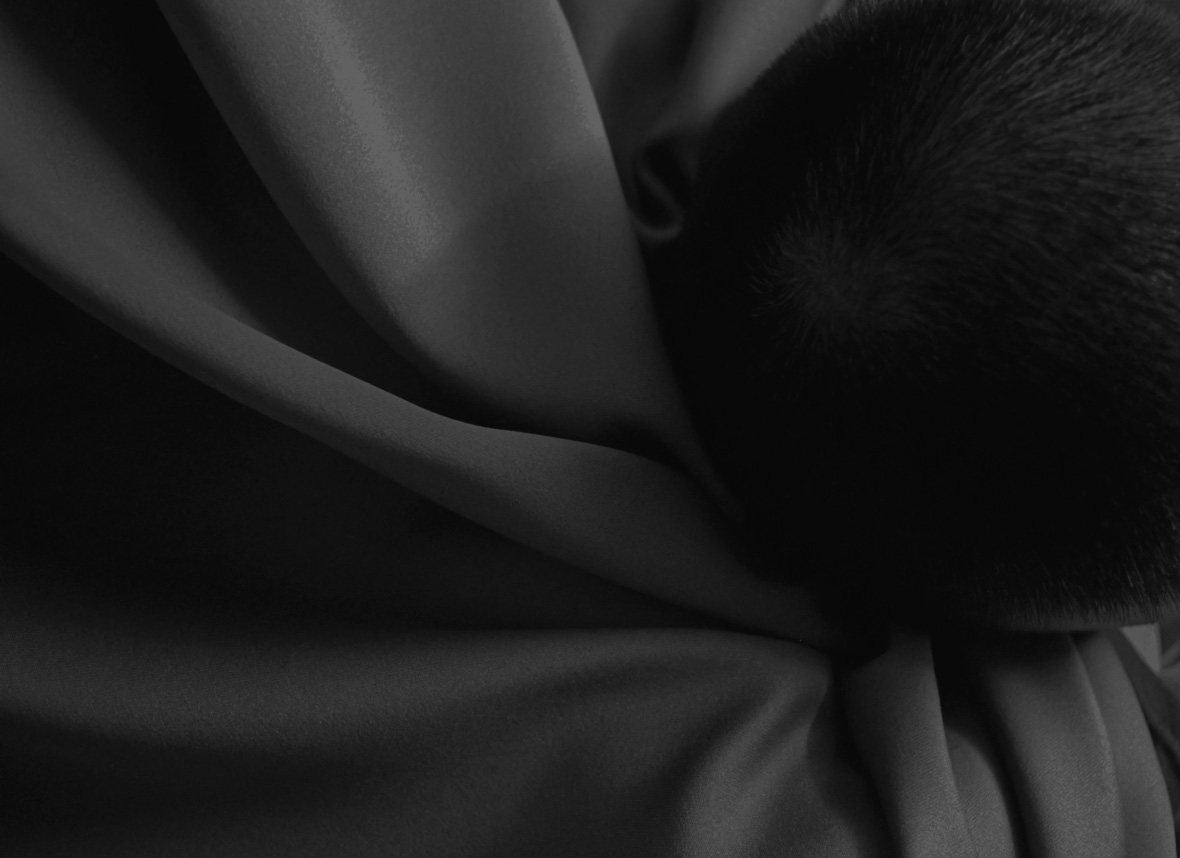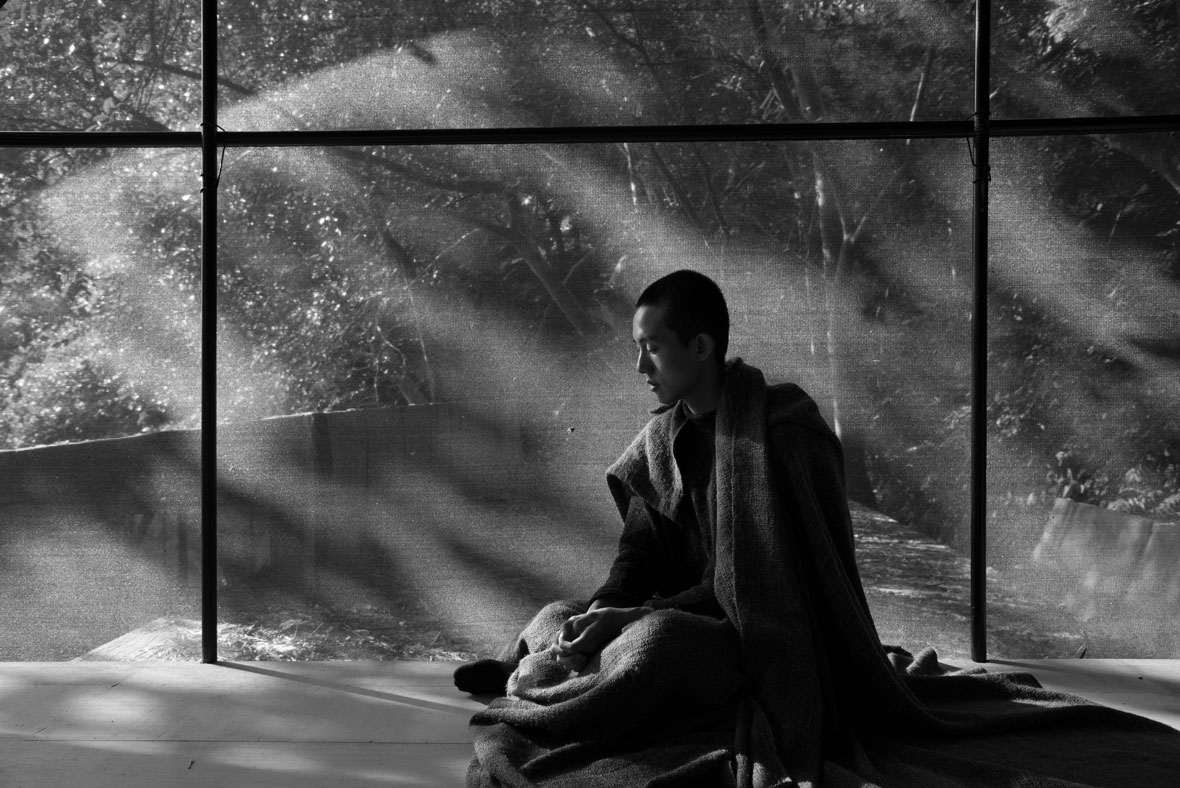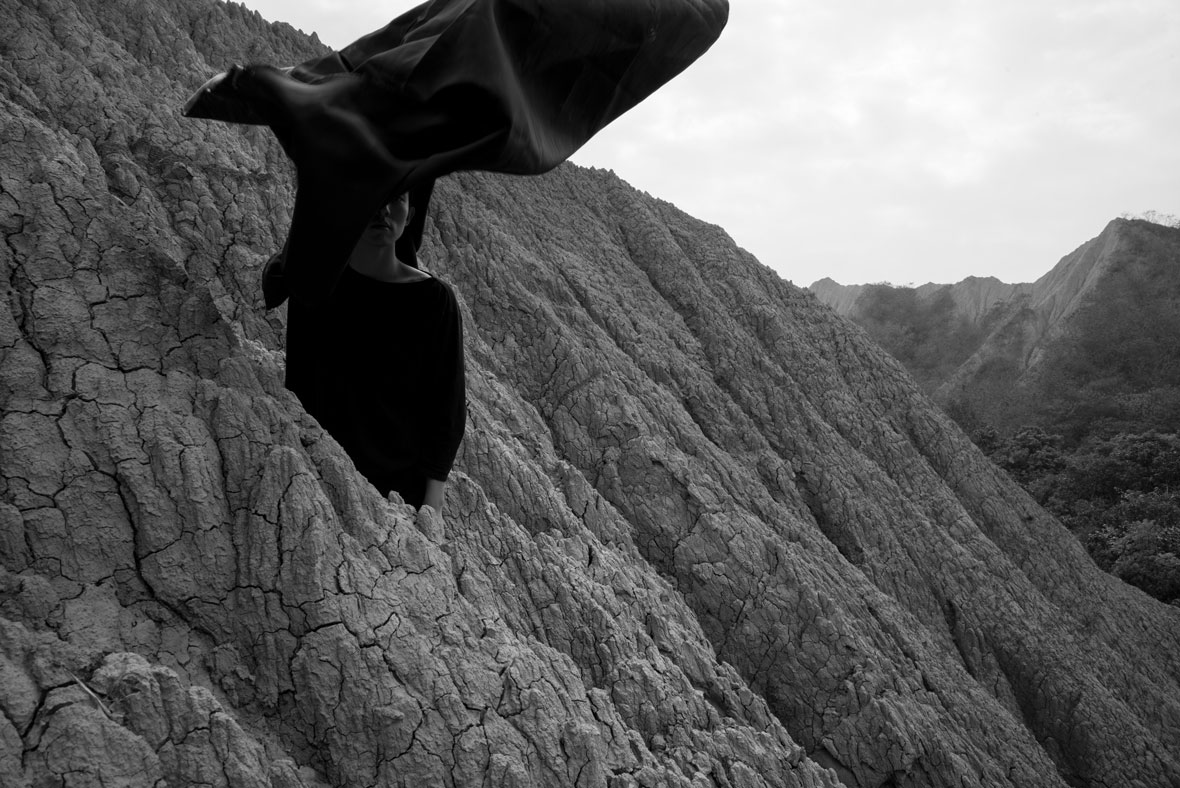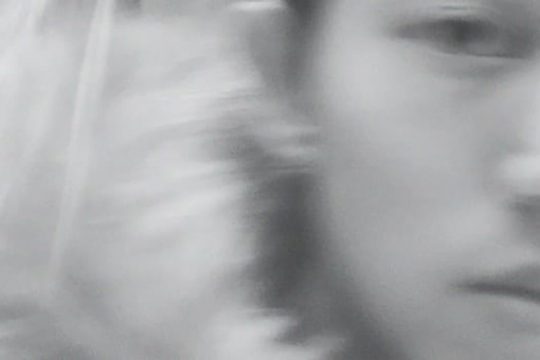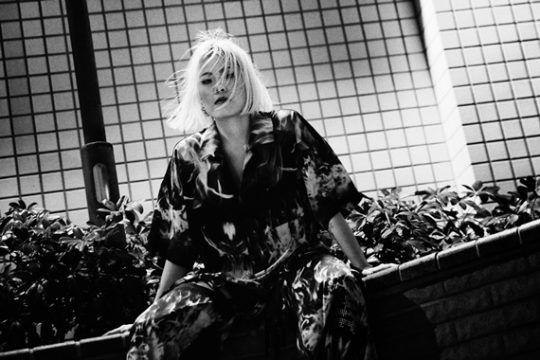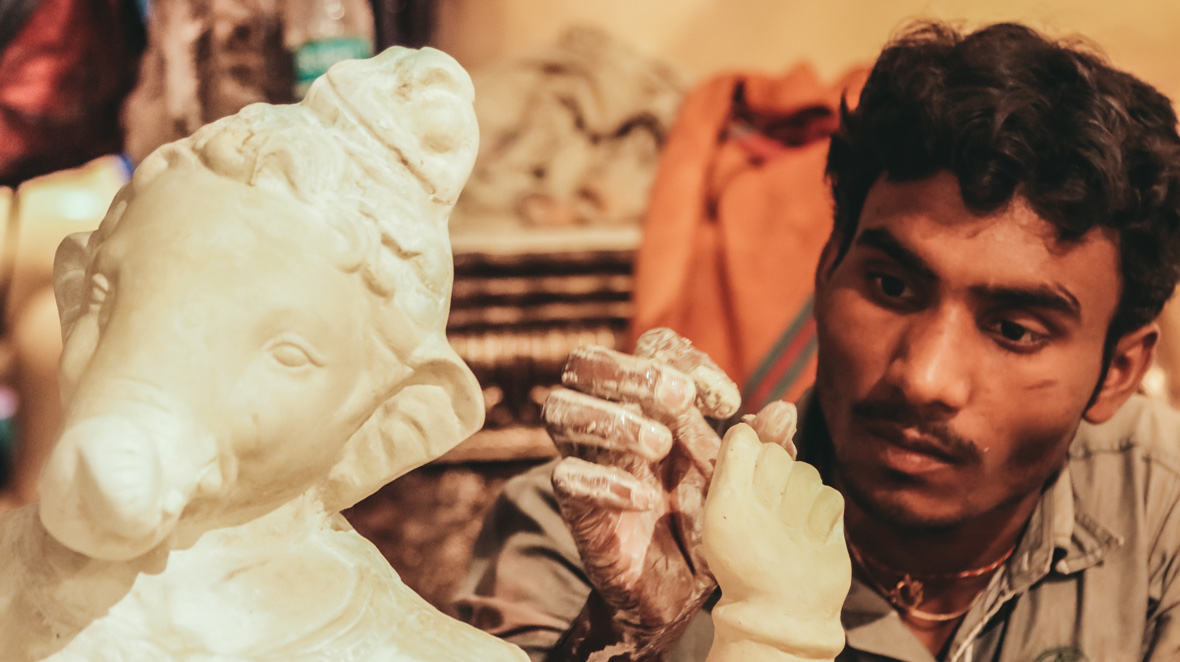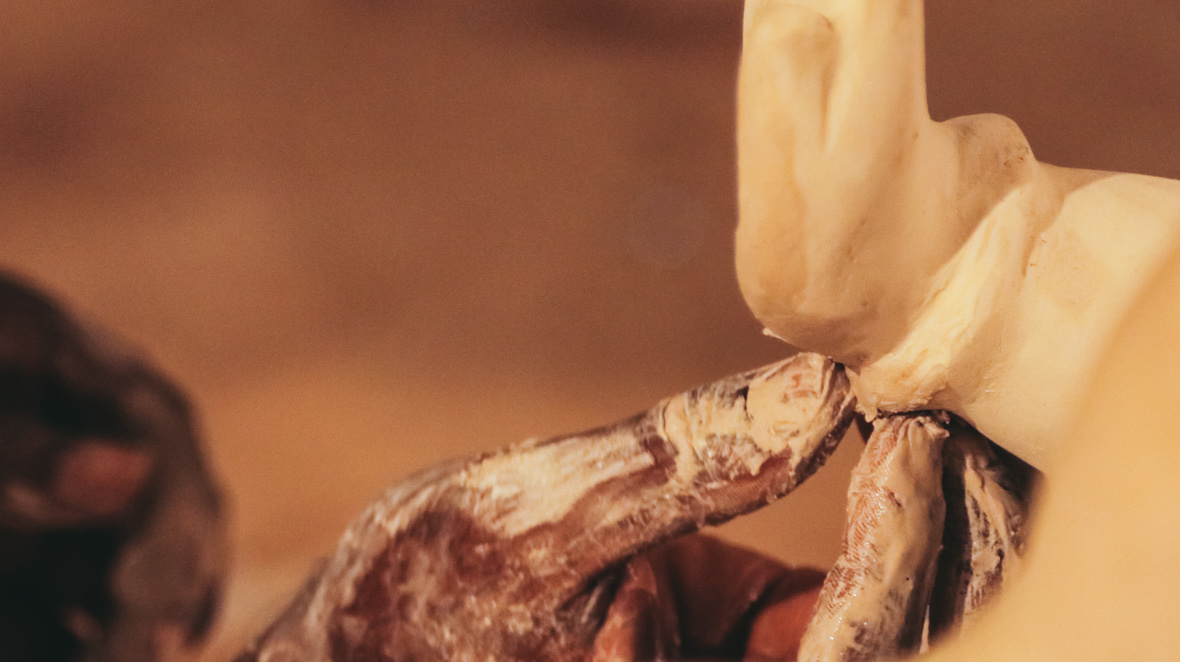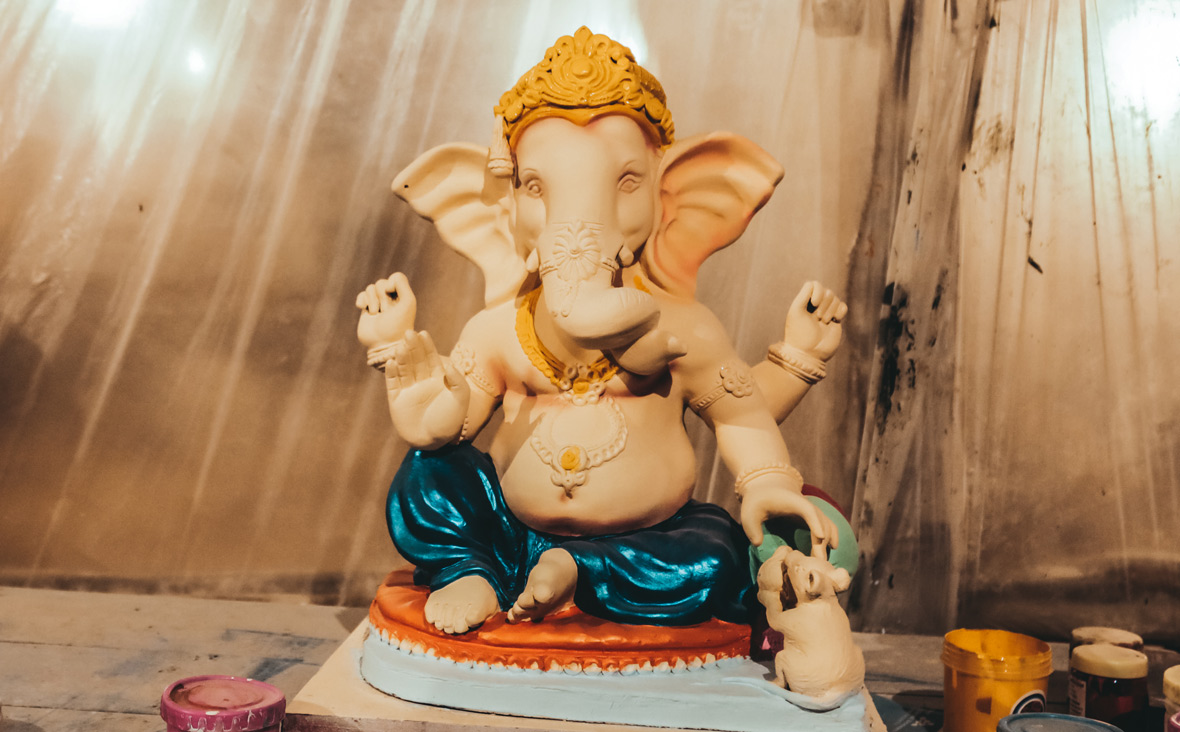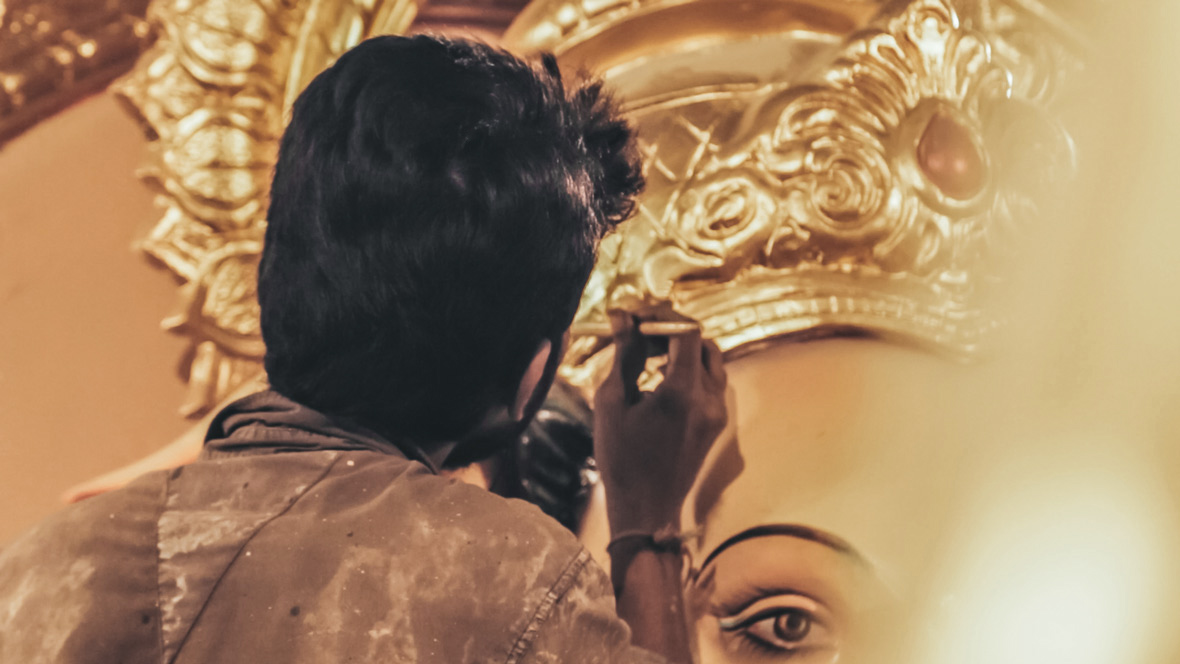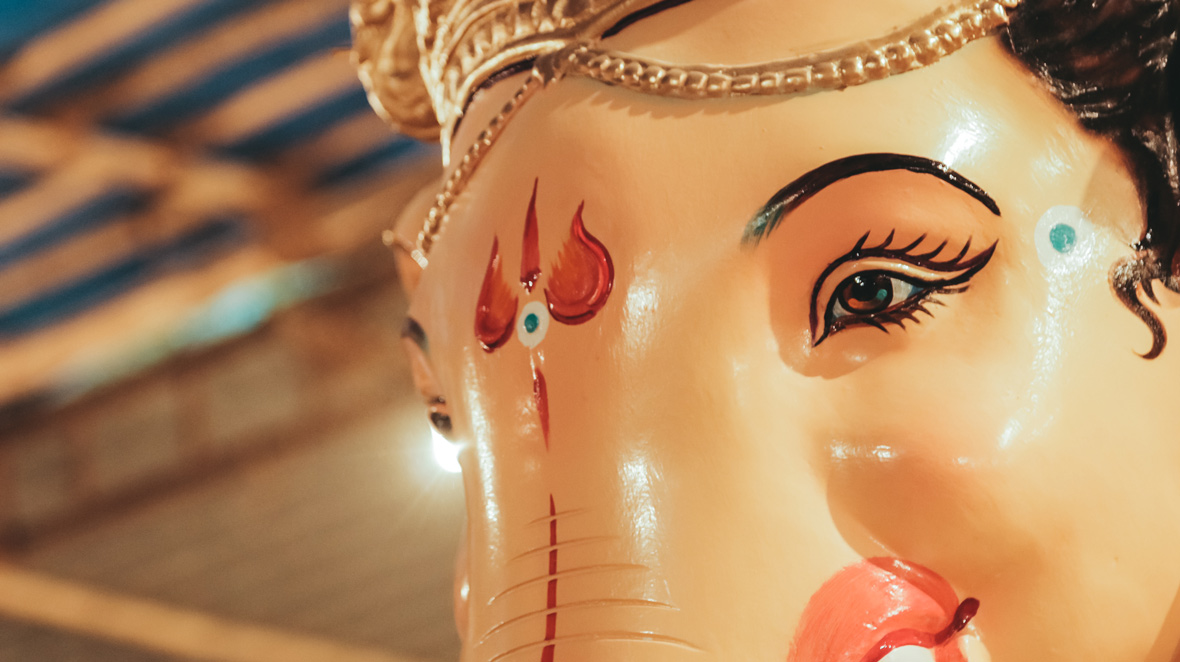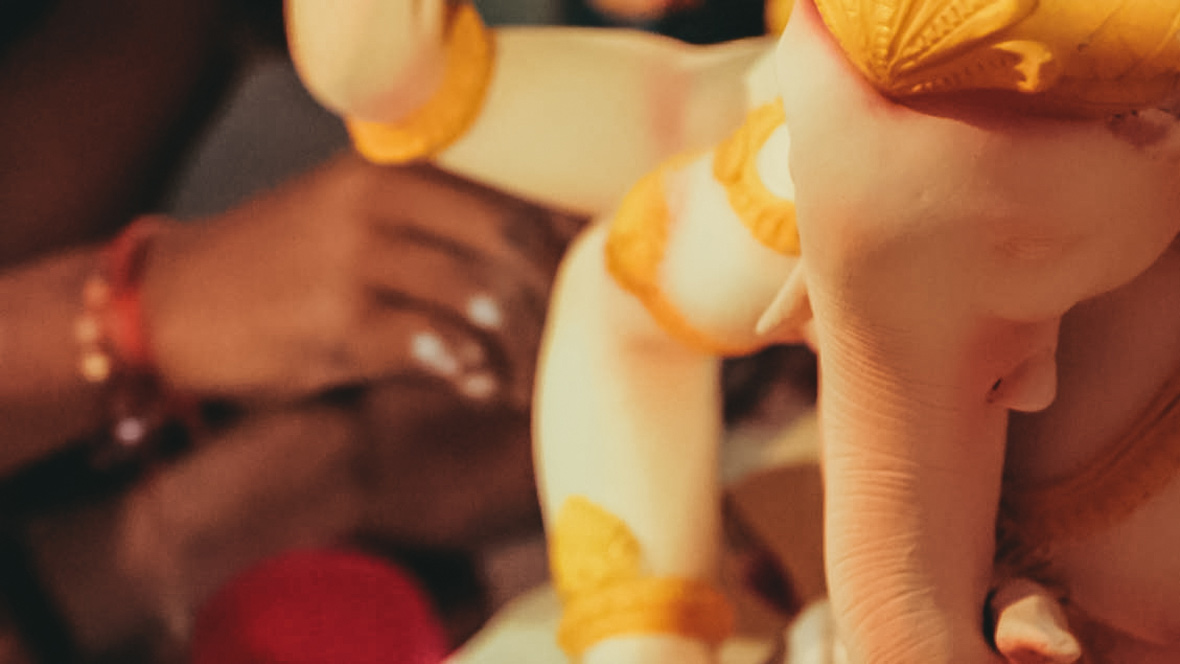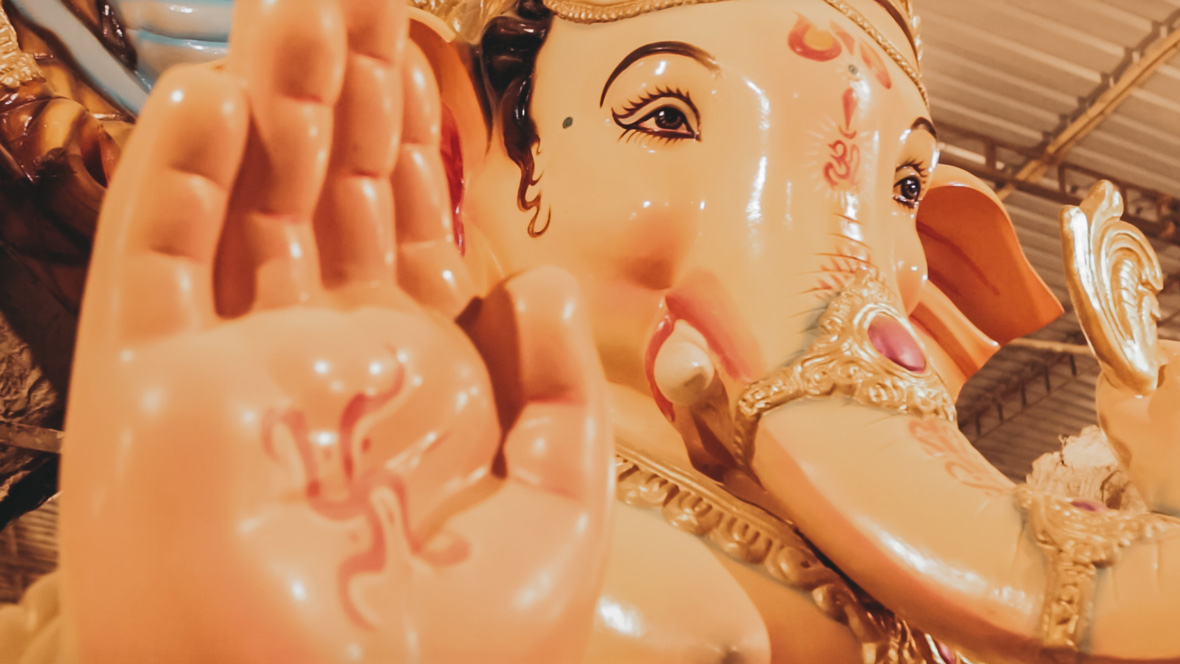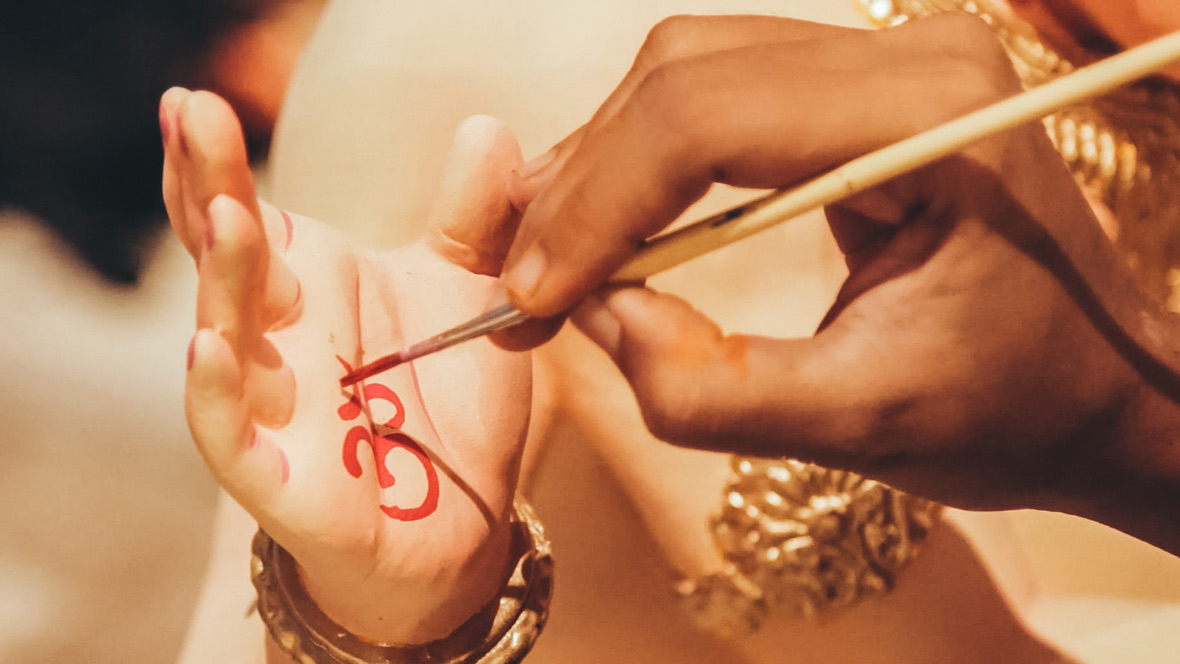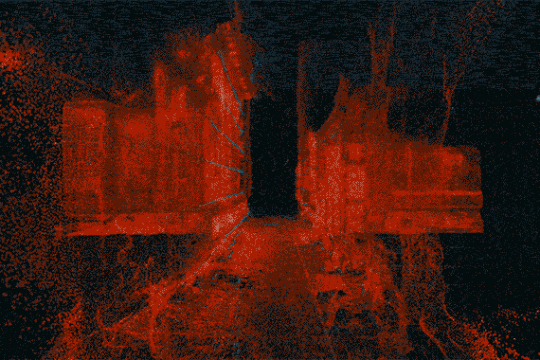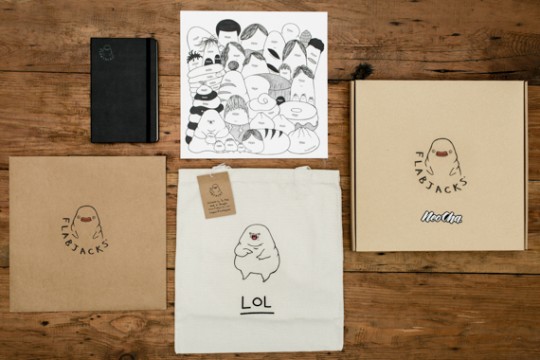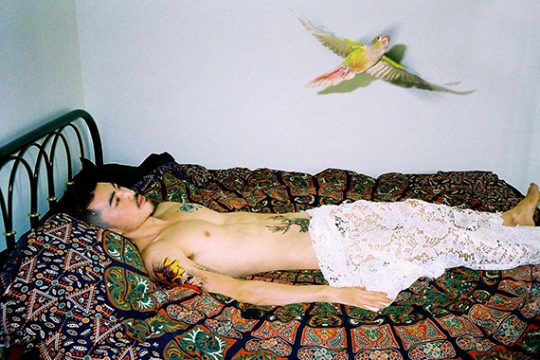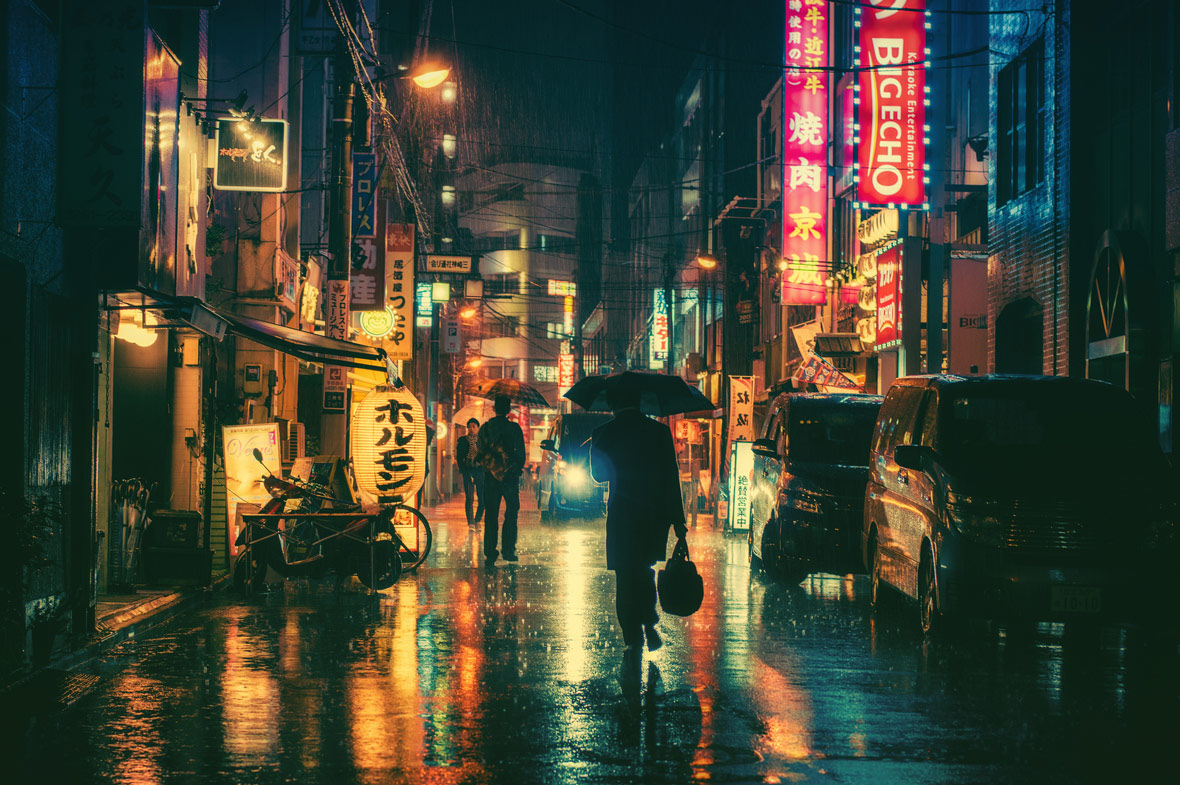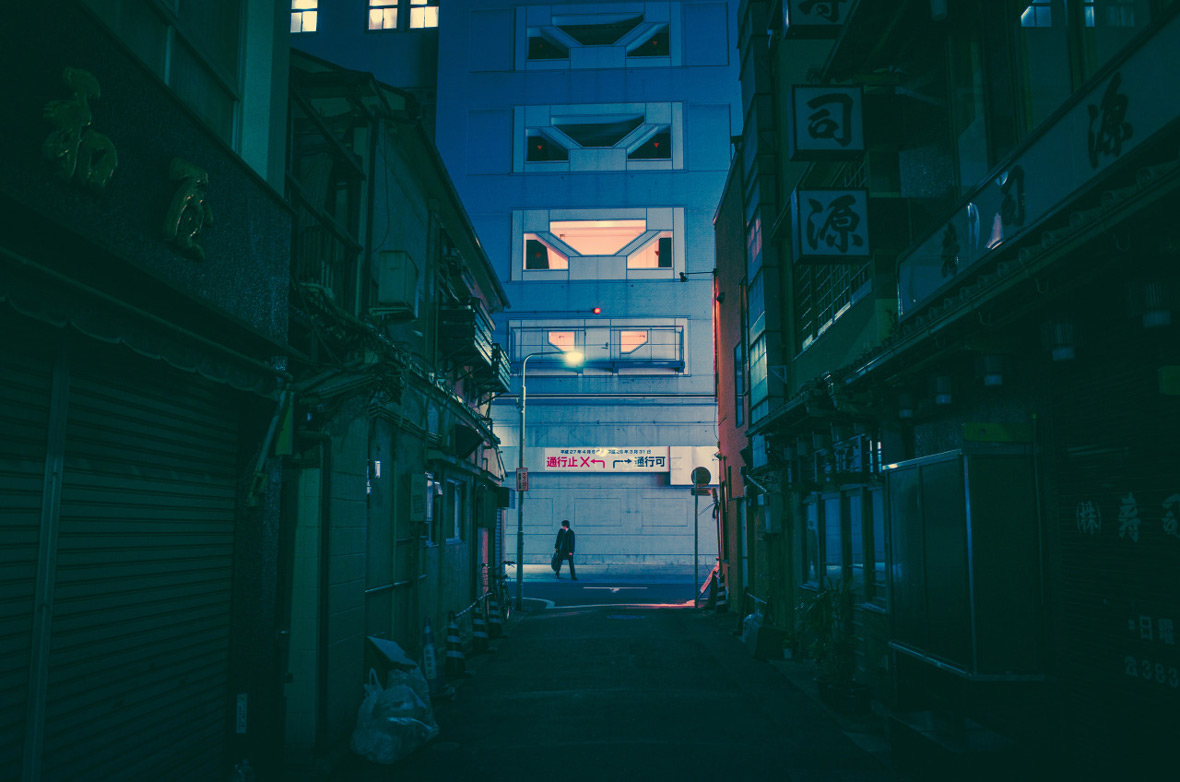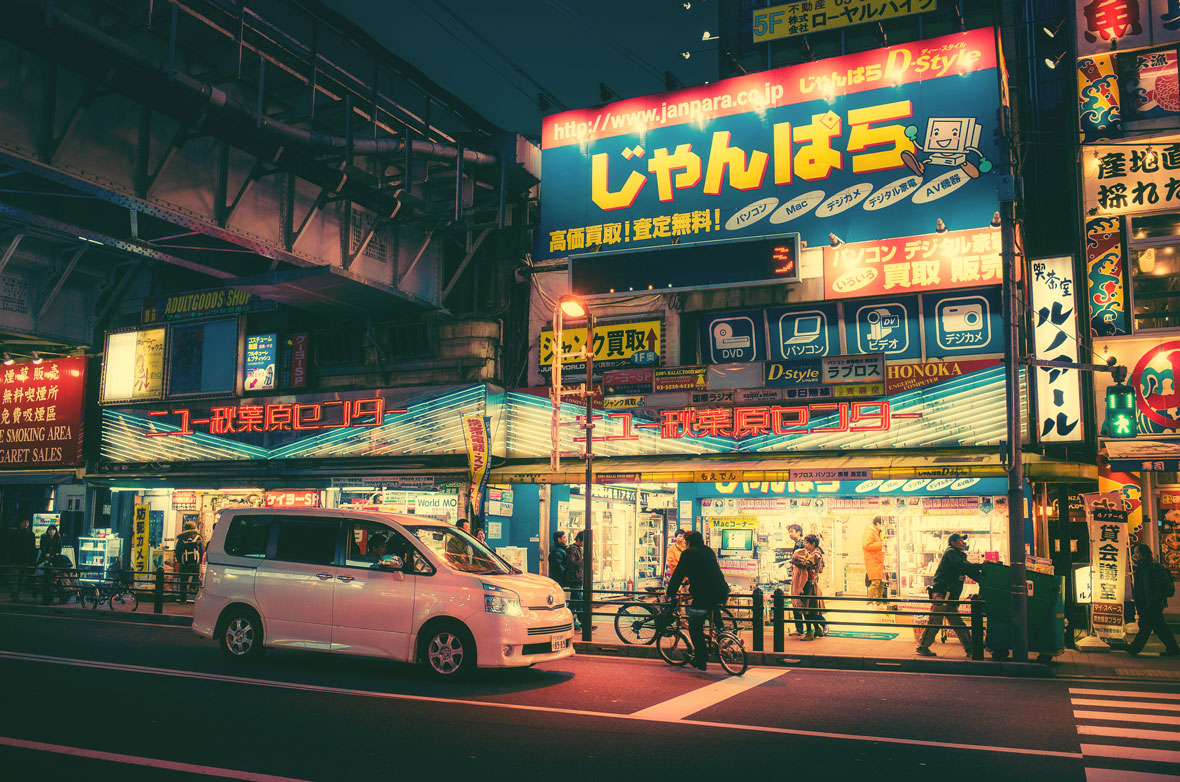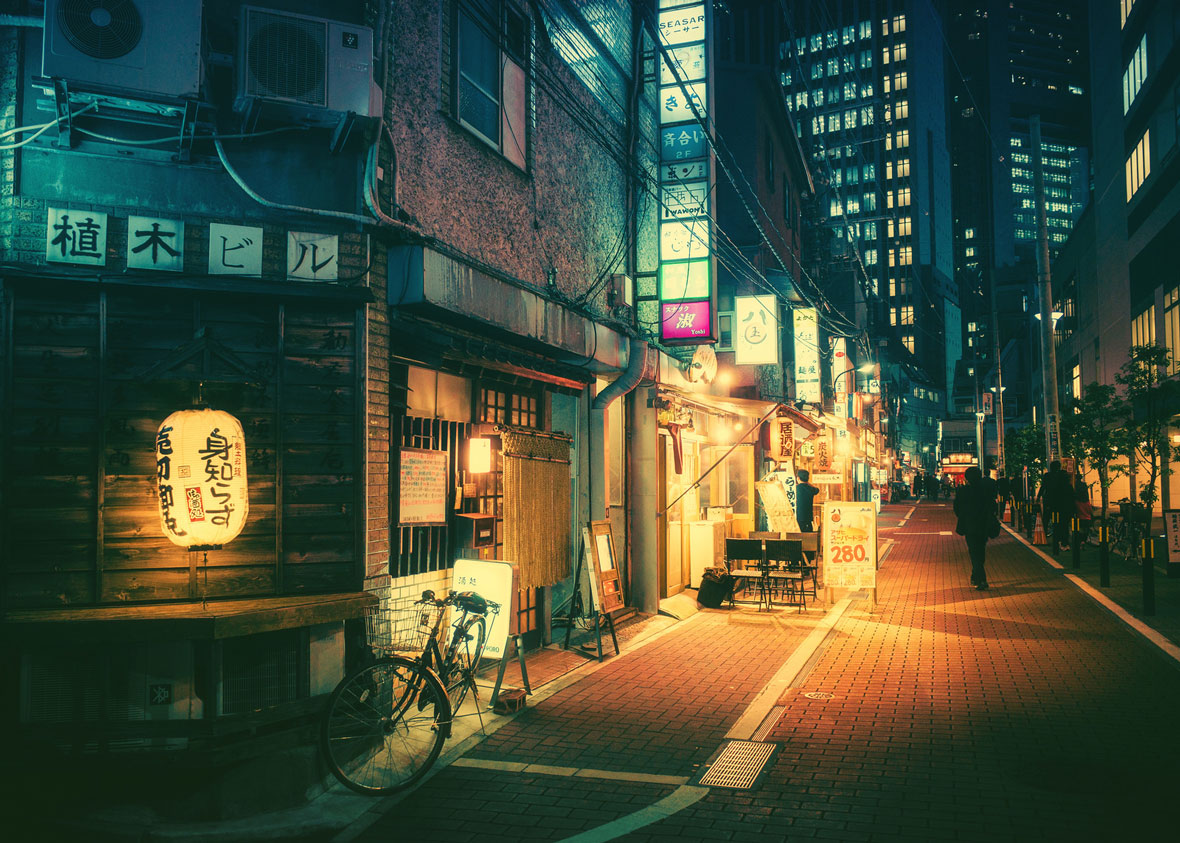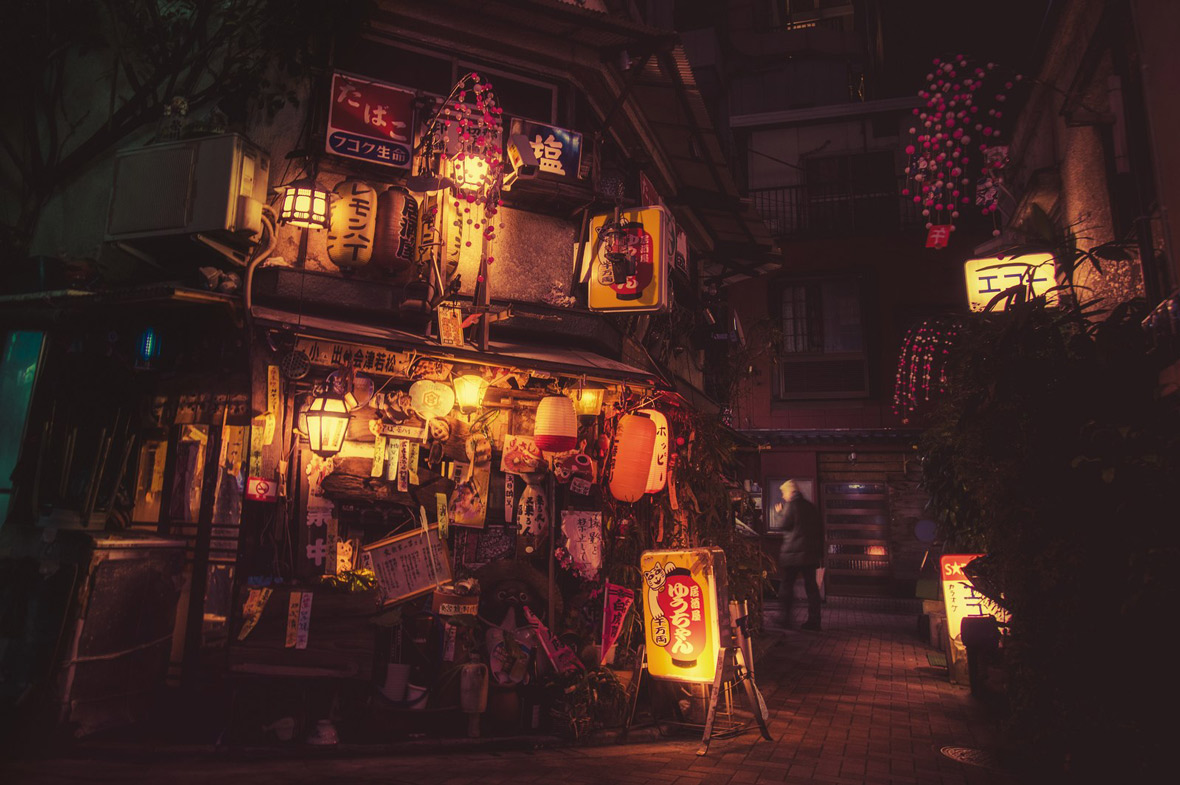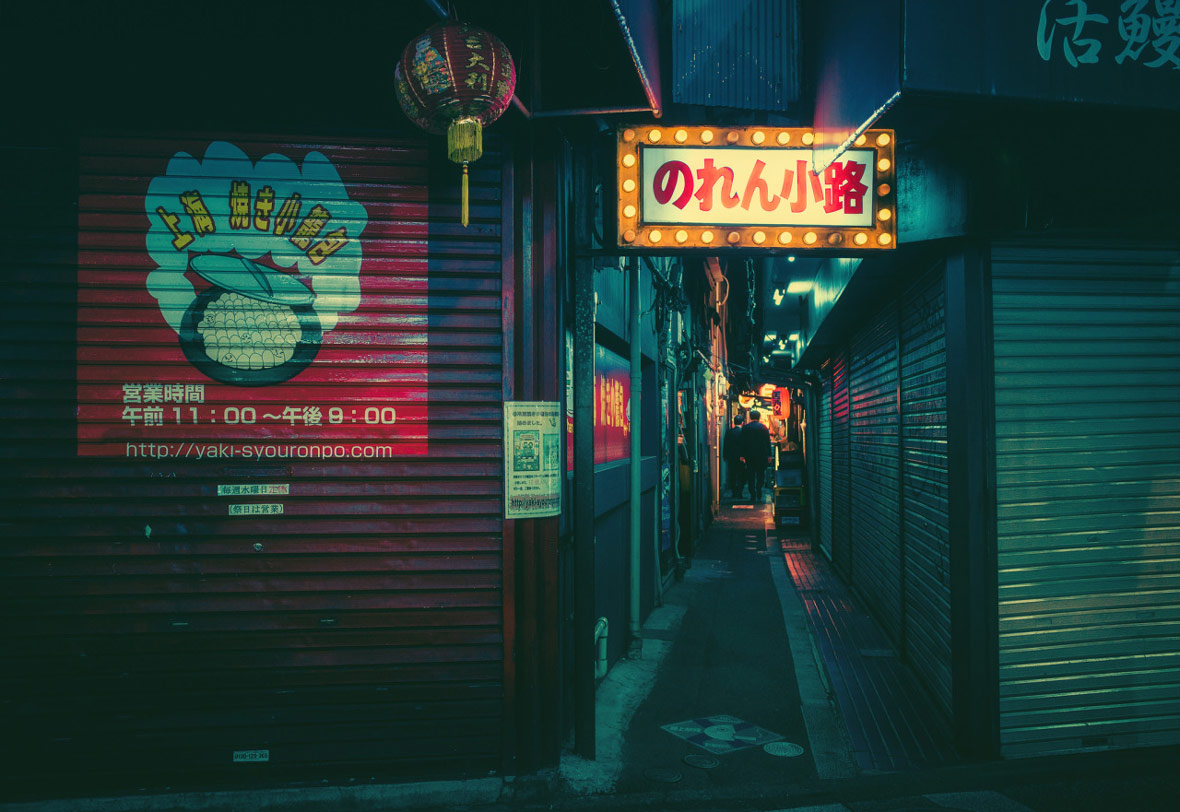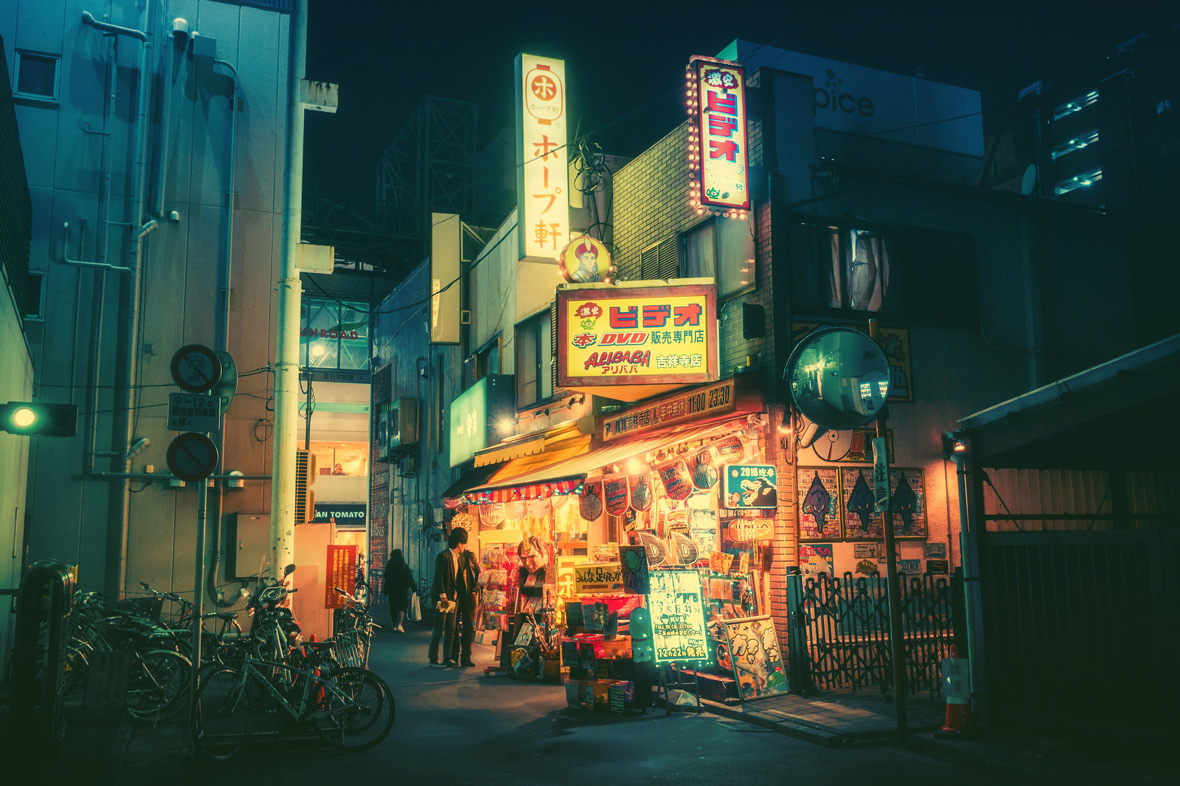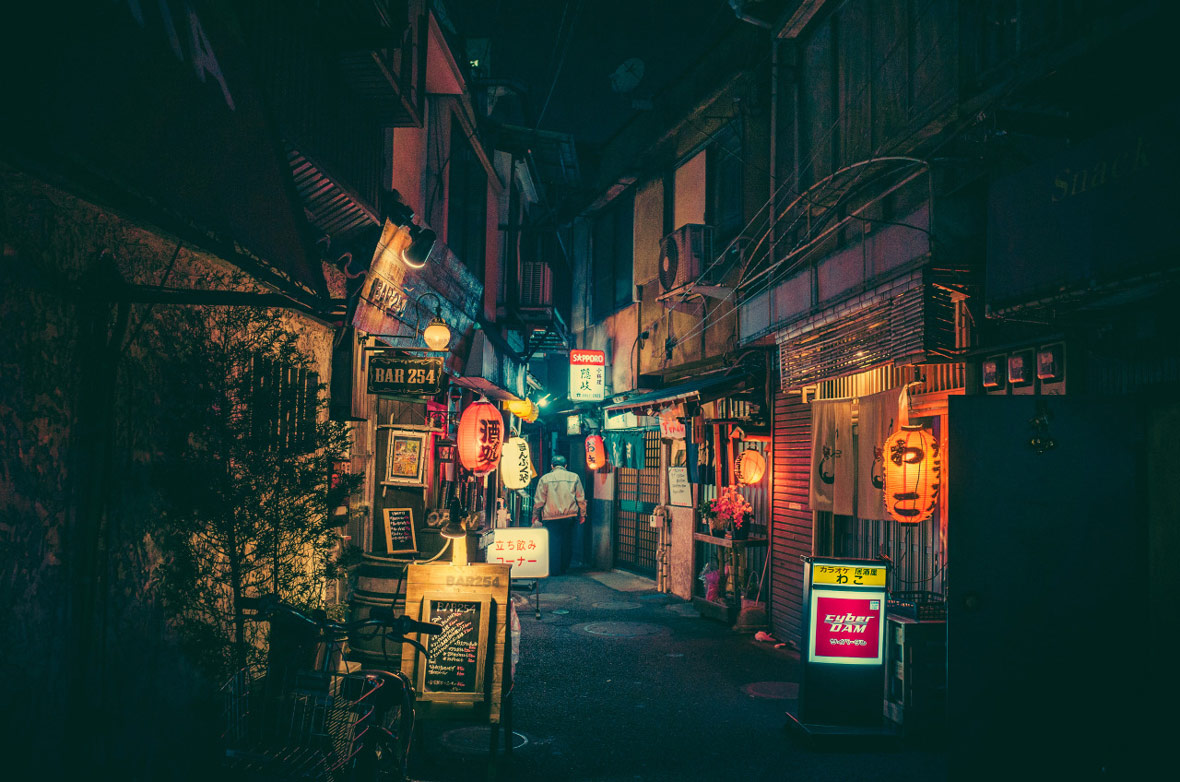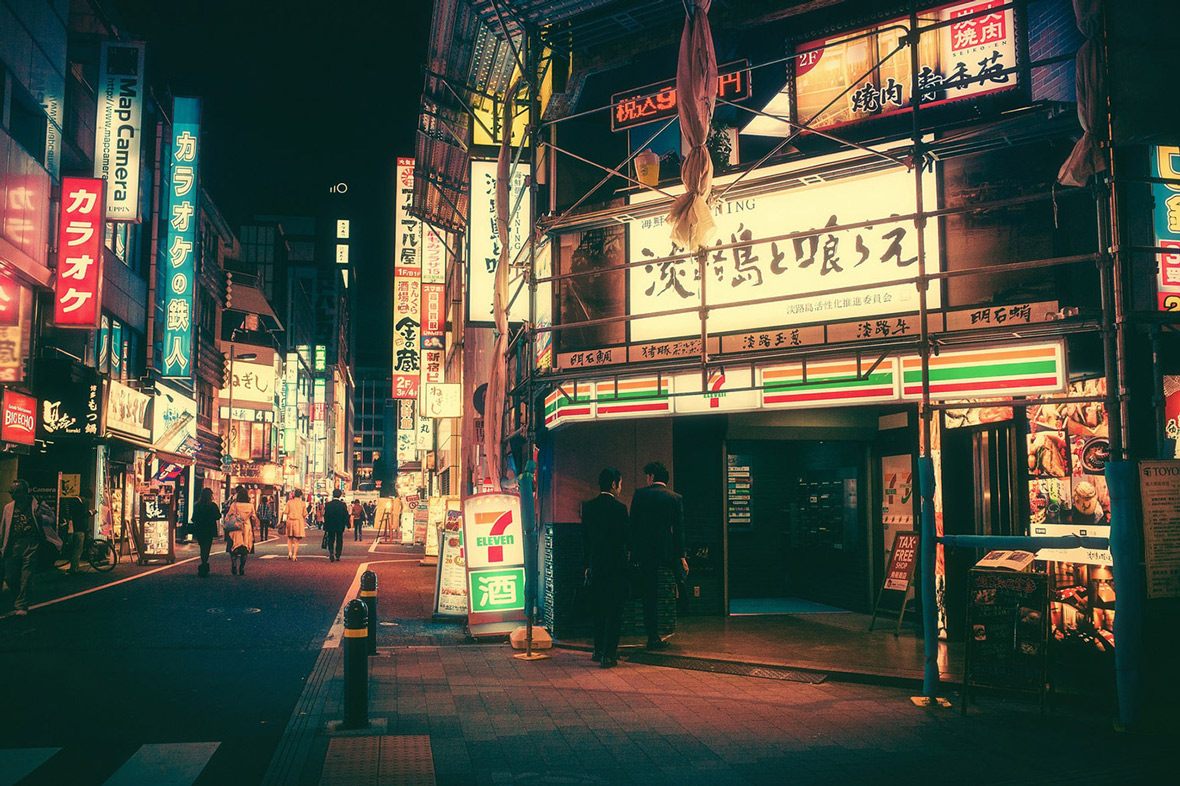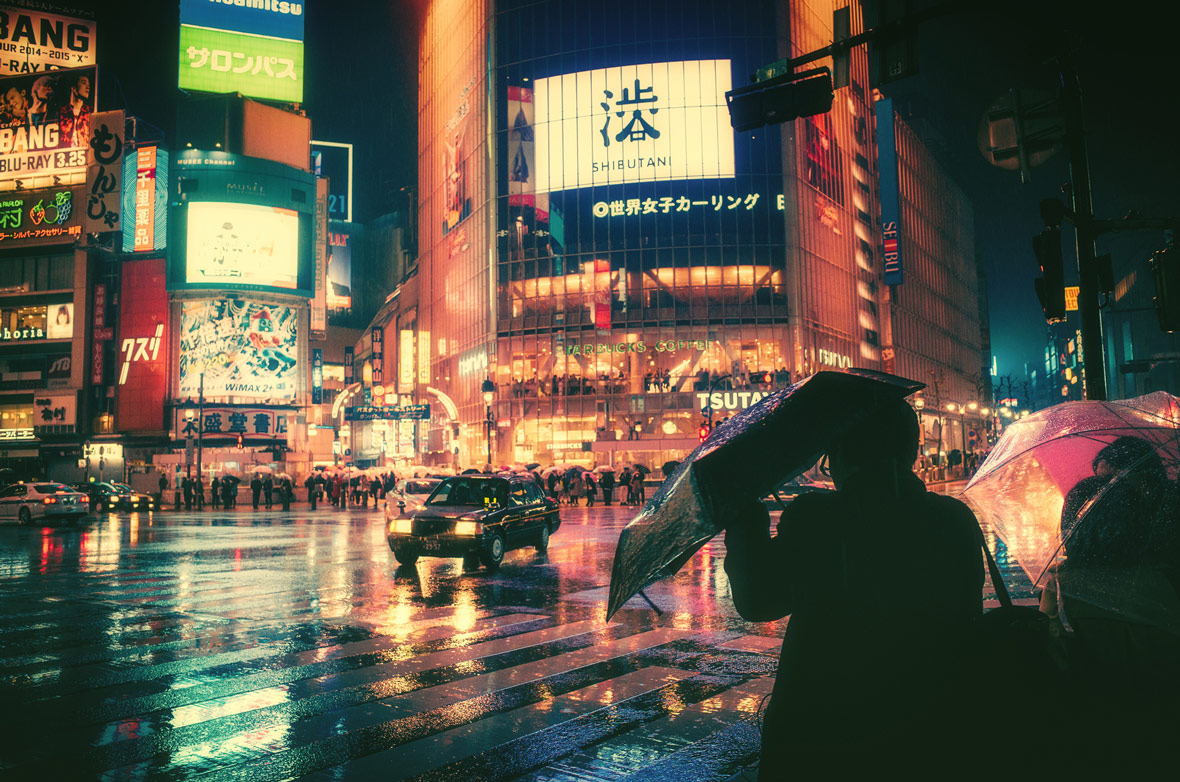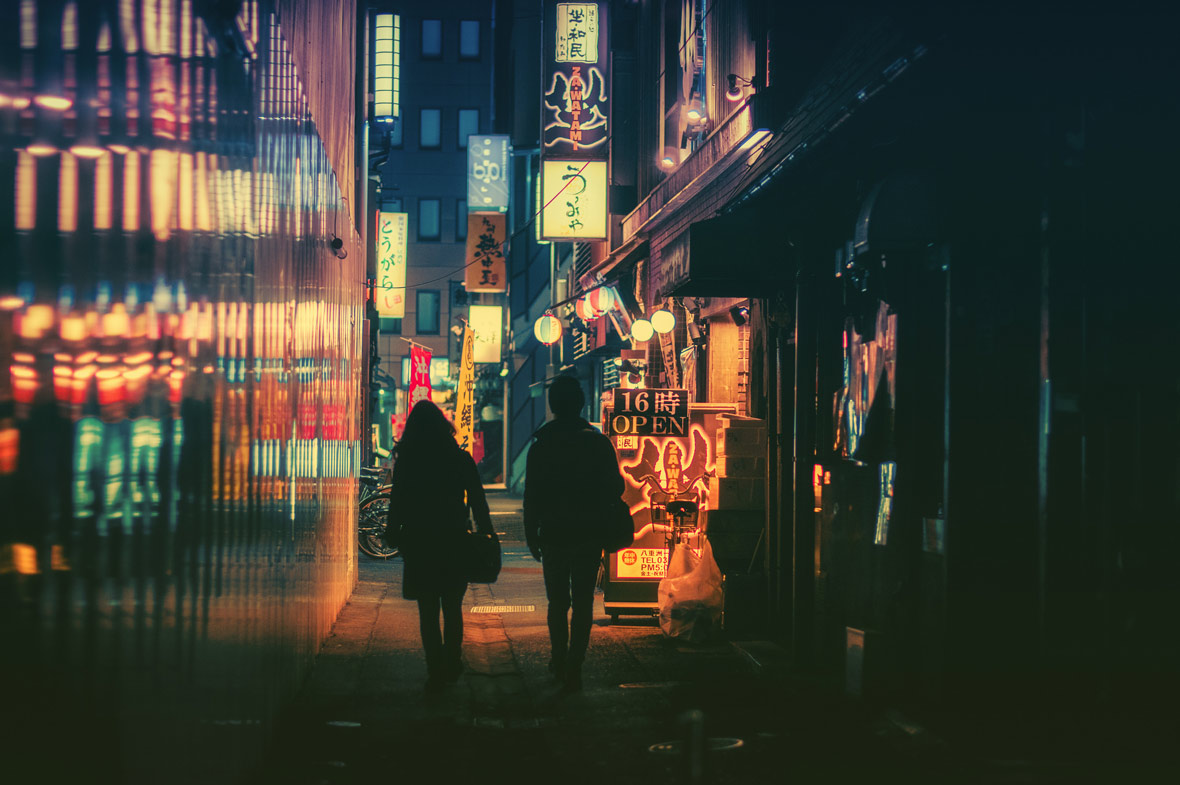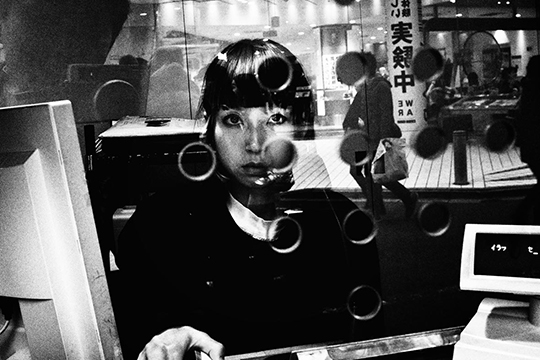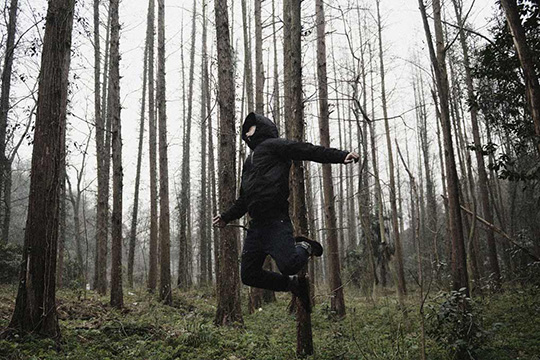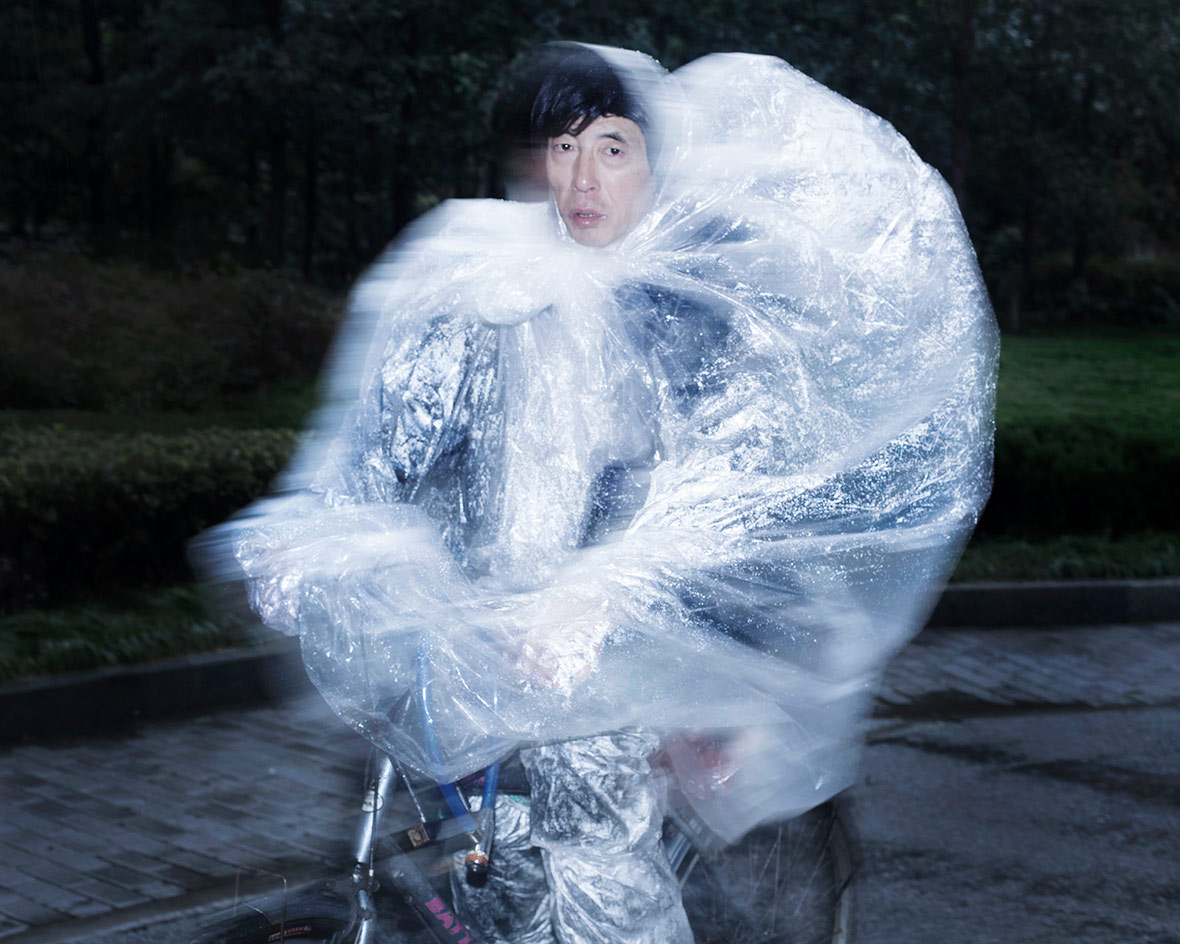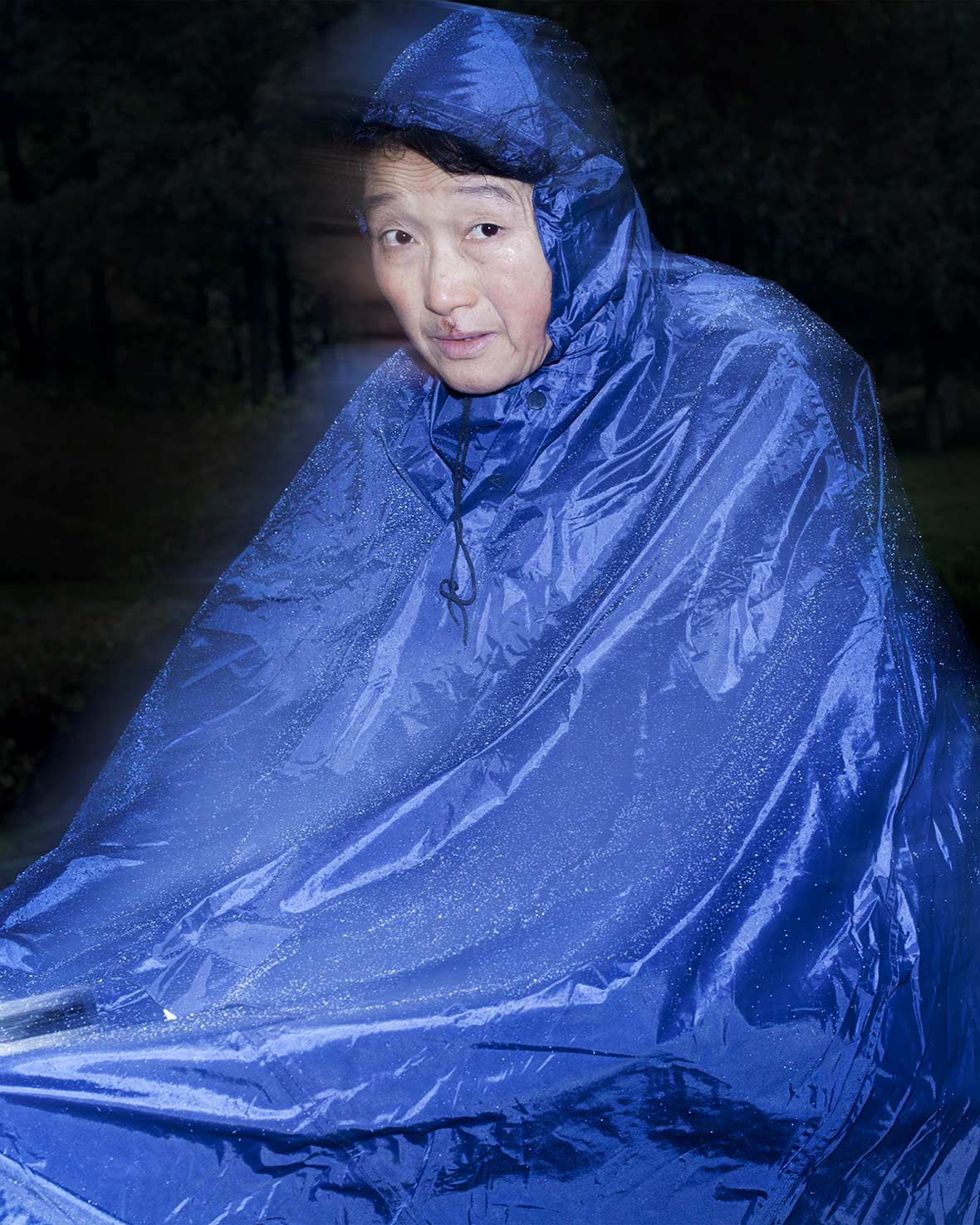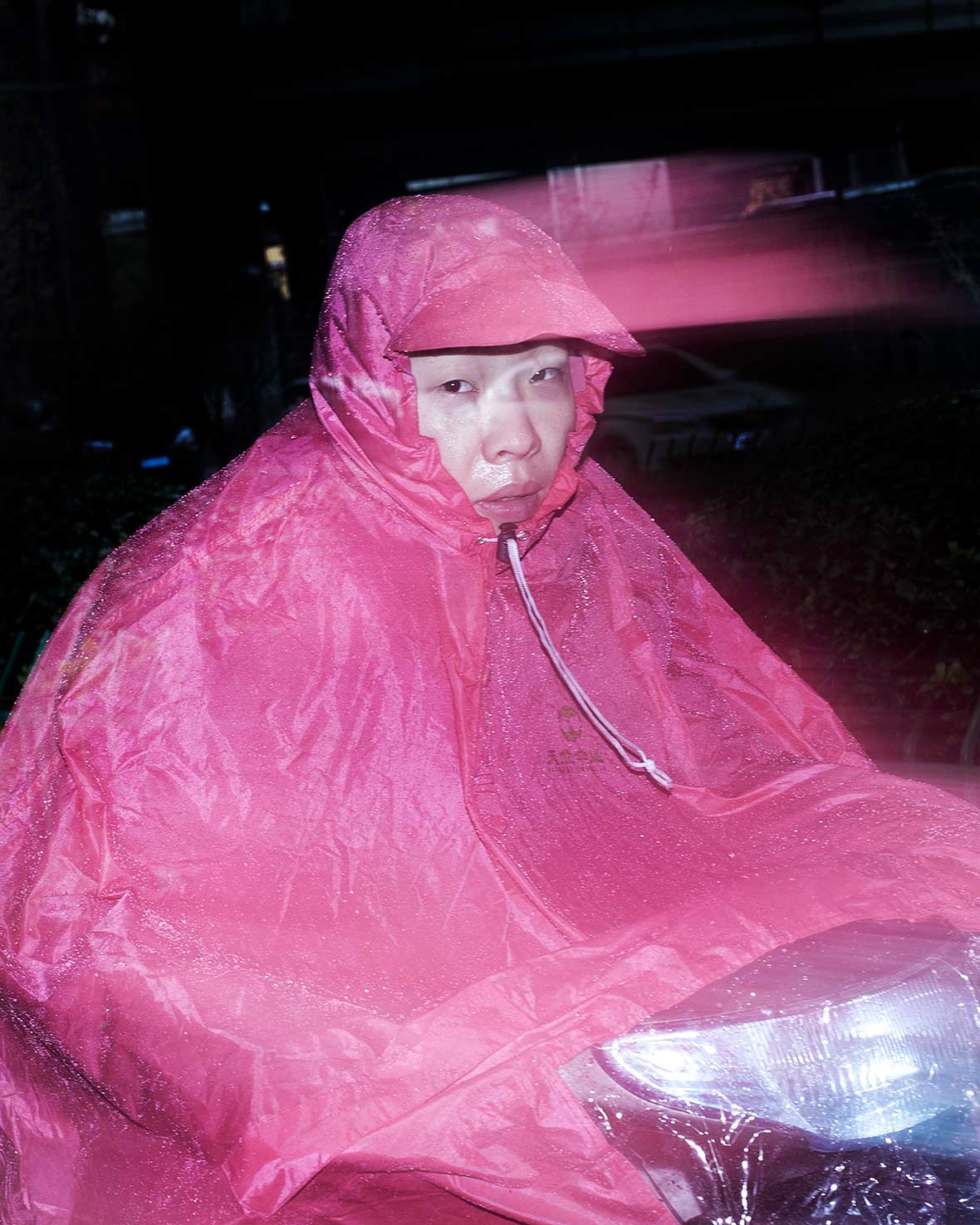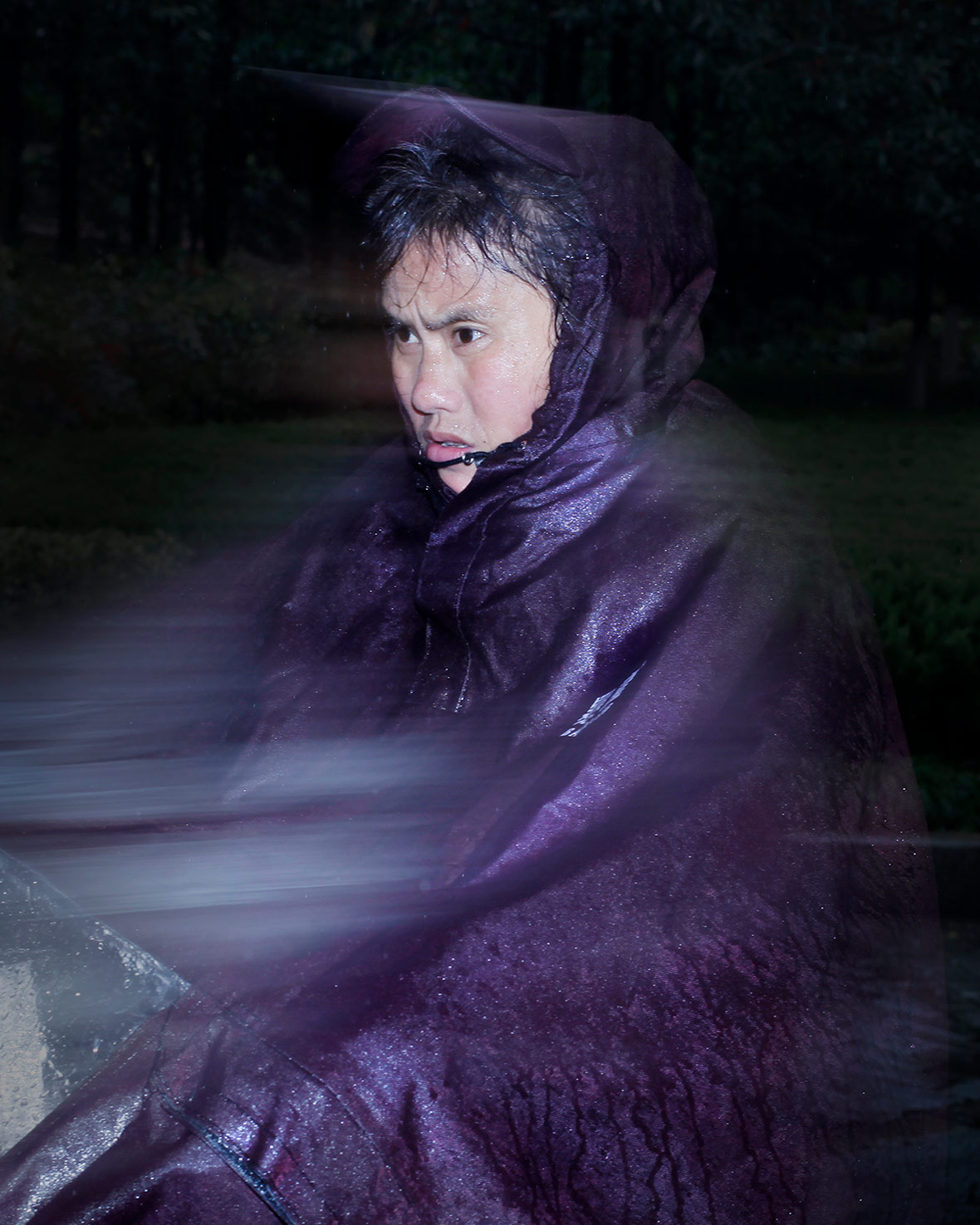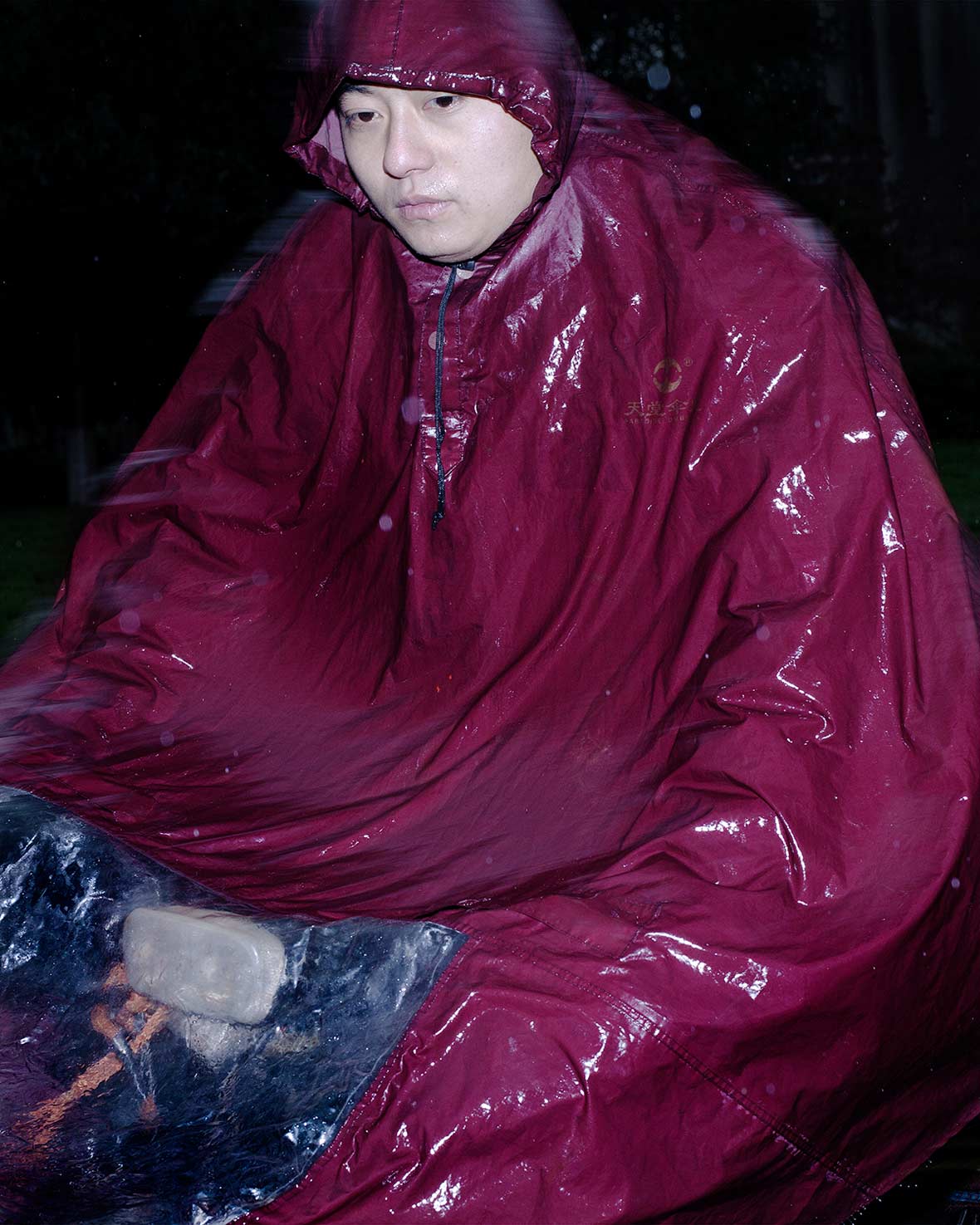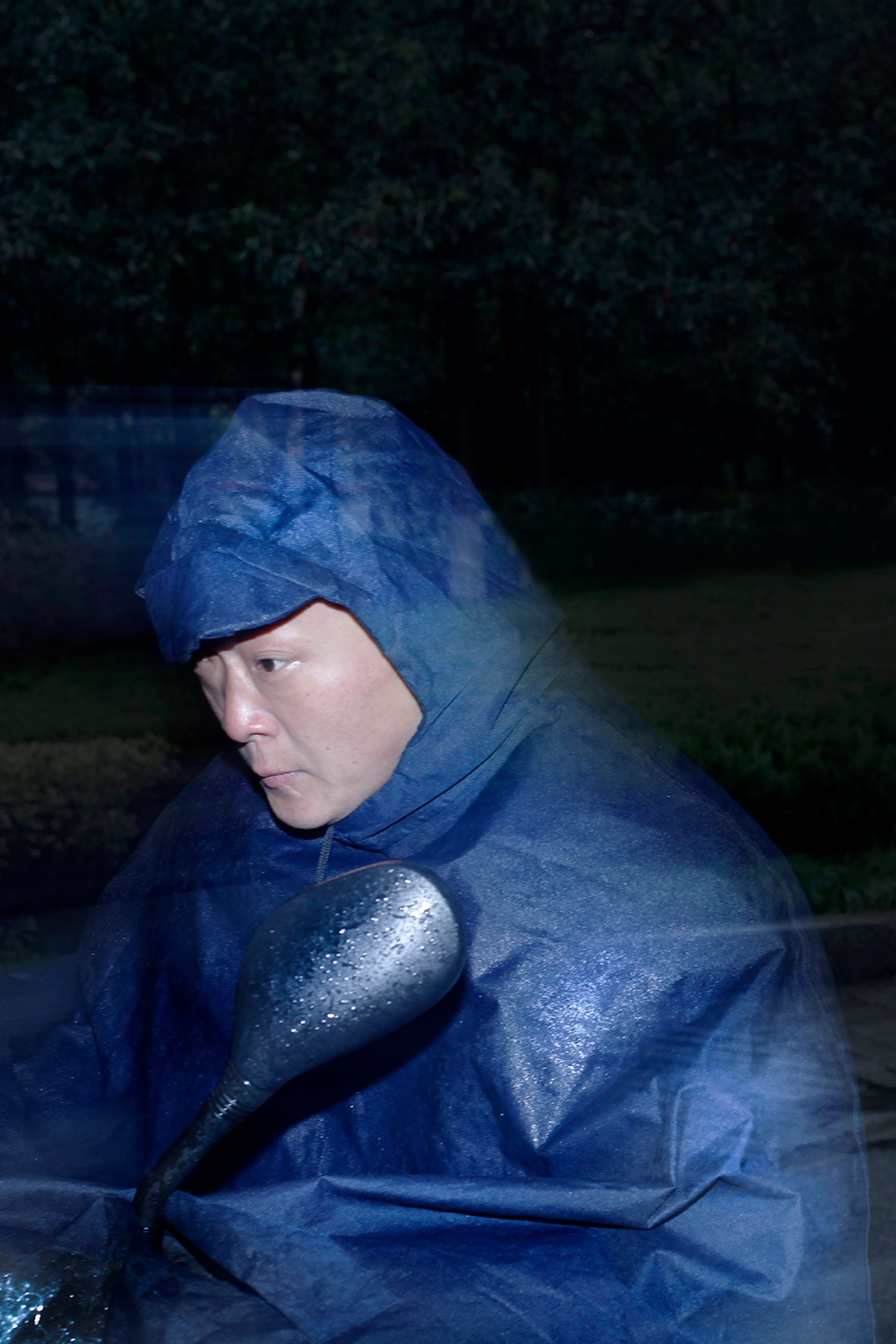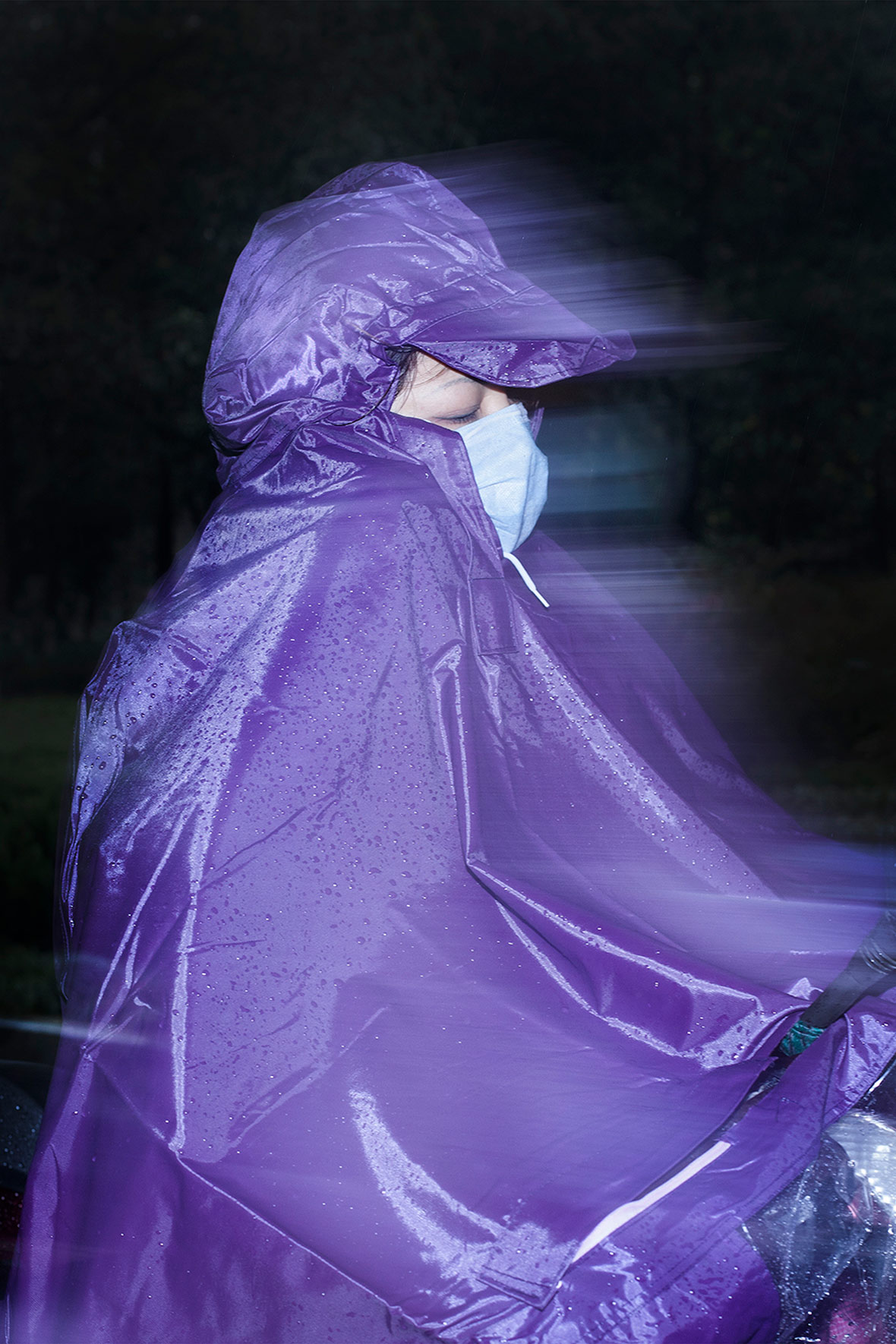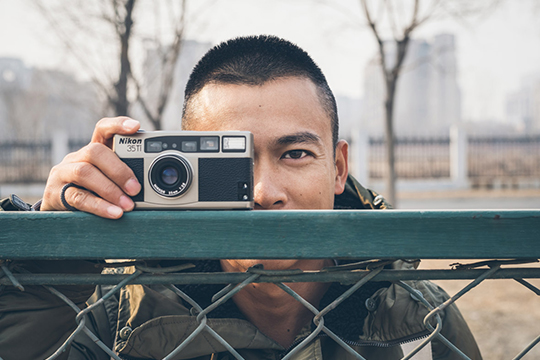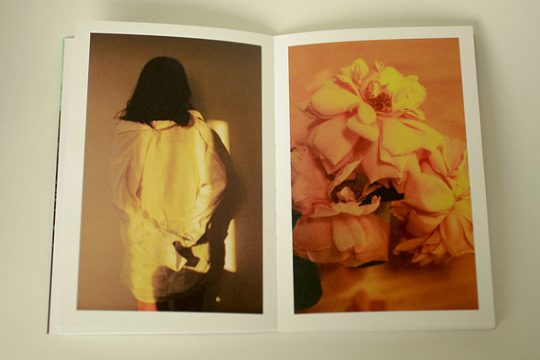This is what an abortive dream looks like: barren, bleak, ghostly and surreal. Like the shattered tapestries of glass that hang from many of the window frames, these derelict prefabricated homes are full of wasted potential and squandered hope. But while these desolate structures may seem nightmarish, their science fiction aesthetics reflect the utopian imaginings of a postmodern bygone era.
这就是梦想流产后的样子。贫瘠、荒凉、幽灵般,充满超现实主义。这些被废弃的预制装配式房屋,如同悬挂在窗框上破碎了的玻璃,代表着被浪费掉的潜能和破灭了的希望。残破的建筑看起来有点可怕,却又呈现出一种科幻小说般的美学风格,反映出后现代主义曾经的乌托邦式幻想。
These, in particular, were formerly vacation houses in a once-operational Taiwanese seaside holiday resort. Now, however, they look more like a last resort for degenerative zombies. The unusual idiosyncratic pods lie silently in motionless limbo on a bay overlooking the waters of the East China Sea, and the subtropical location seems to have played a key part in their demise. Although they are beset with rotted aspirations, they were conceptualized during a flourishing period of optimism – the 60’s and 70’s.
图片中这些废弃建筑曾是台湾一处海滨度假村的房子。然而,现在这些房子看起来更像是僵尸最后的乐园。设计别致的豆荚形建筑,面朝中国东海,默默地矗立在海湾边上。亚热带的地理位置似乎是它们被废弃的关键原因。虽然这些建筑现在只剩下各种破灭了的愿望,但对它们最初的构想和设计却发生在充满乐观精神的1960 和1970 年代。
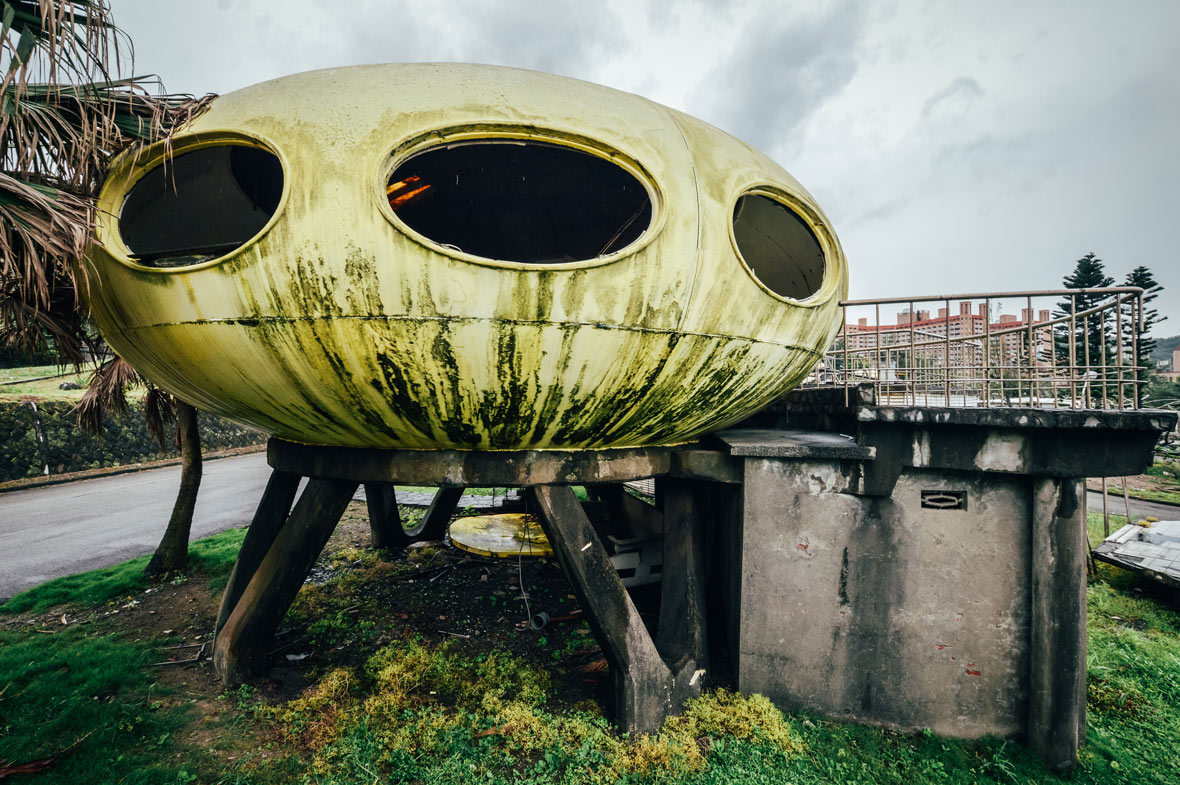
Born in post-war Finland, the oval-shaped structures were a product of a booming experimental era when new trends and lifestyle perspectives were emerging like never before. Spurred on by a renewed faith in technology, unprecedented economic growth and an increase in leisure time, the Finnish architect Matti Suuronen conceived them as versatile housing units. They were made to adaptably serve many functions and designed to be easily transported, assembled and taken down as required.
这些椭圆形建筑首次出现在战后的芬兰,那是一个充满实验精神的时代,新的潮流、新的生活方式和观点以前所未有的速度纷纷涌现。人们对科技重拾信心,经济获得前所未有的增长,人们也有了越来越多的度假时间,在这种情况下,芬兰建筑师 Matti Suuronen构思了一系列多用途的度假房屋。独特的设计,使这些建筑能够灵活适应不同的用途,易于运输、组装和拆除。
Suuronen built the first prototype in 1968 and named it Futuro. Grounded in mathematical theory, the spheroid structures feature an ellipsoid fiberglass and reinforced plastic shell, with oval-shaped windows, door handles, light fittings and even elliptic-shaped power sockets. He also designed some box-shaped Venturo houses that followed the same prefabricated concept.
1968 年,Matti Suuronen建成第一个原型,并命名为“Futuro”(未来)。这些椭圆形建筑基于数学理论建造,外壳使用玻璃纤维和增强塑料制成,并配有椭圆形的窗户、门把手、灯饰配件,甚至连电源插座都是椭圆形的。Matti Suuronen还根据同样的预制概念,设计了一些箱形“Venturo”房屋。
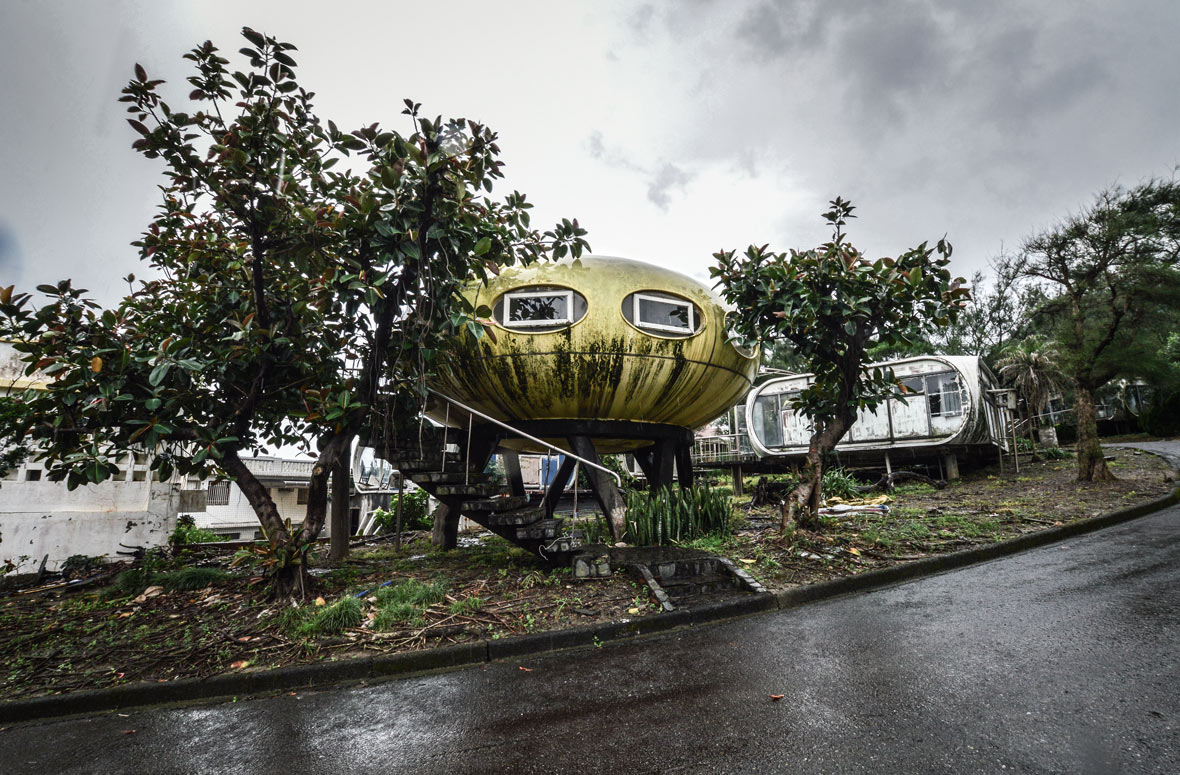
The unique UFO form of the Futuro houses fascinated many and they were to be licensed and mass-produced in 50 countries. They were a popular hit with the growing leisure class who could also adapt the modular structures to be ski cabins, bungalows, hunting and fishing lodges, gas stations, and more. However, only 100 made it through production as an oil crisis struck in the beginning of the 70’s, which culminated in petroleum shortages and elevated prices around the world. The oil shock made the plastics for these pod structures more expensive and Suuronen’s space-age vision of the future died before it had begun.
Futuro飞碟式的独特形状吸引了很多人的注意,并申请了许可,准备在 50 个国家进行批量生产。越来越多的有闲阶级(leisure class,指拥有资产,生活以社交娱乐为主的阶级)喜欢上这种建筑,他们将这些模块化建筑用作滑雪小屋、度假小屋、狩猎和捕鱼旅馆、加油站等等。然而,最终只有 100 幢“Futuro”房屋得以被建造,1970 年代爆发的石油危机导致石油短缺,令世界各地的油价急剧上升。石油危机导致豆荚形建筑所需的塑料原材价格上涨,Suuronen对太空时代的未来愿景还没开始就已经夭折。
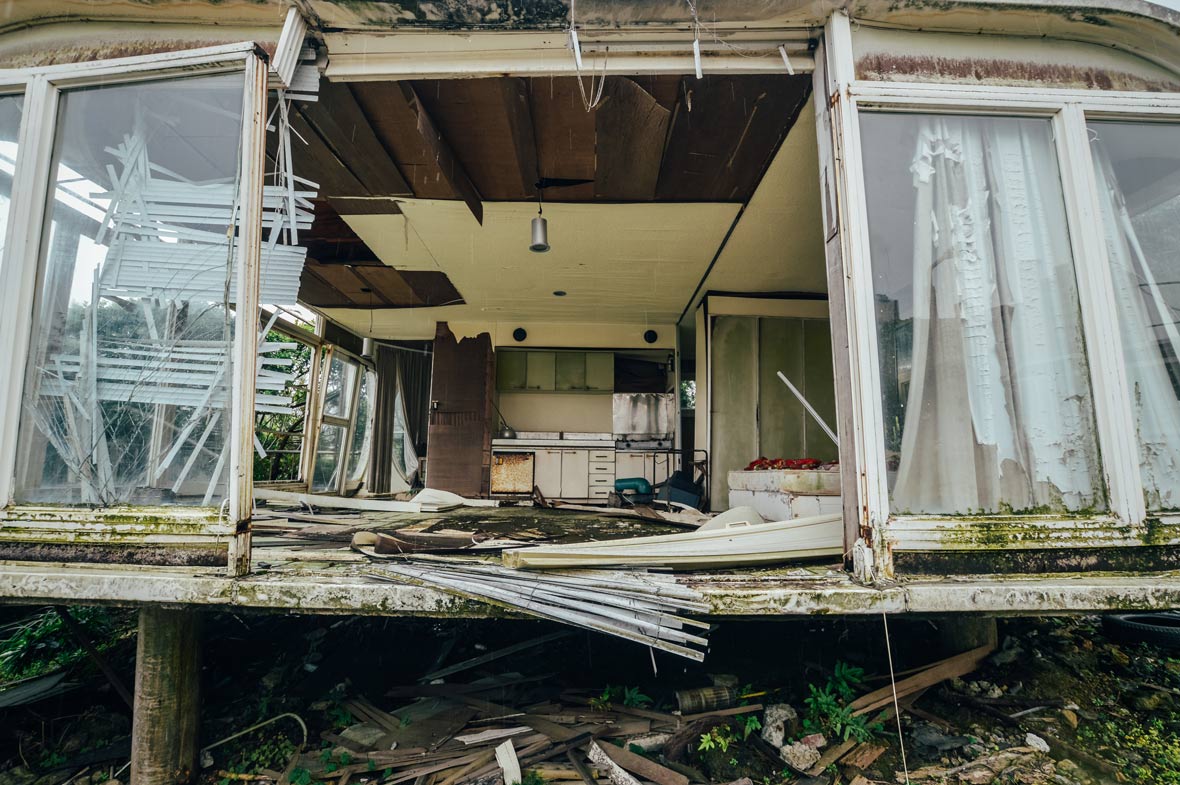
Over on the other side of the world, a few years later, an entrepreneurial Taiwanese businessman had audacious ambitions to use some of the same prefabricated pods to develop a seaside resort on the edge of the island. He had made his money with the popular soda Sarsaparilla and wanted to create a coastal holiday spot for the rich in Taiwan. However, although the pods were set up and inhabited for a short period of time, the fate of the flying saucer homes again ended in tragedy. The project was abandoned when the extreme weather and lack of interest scared off investors.
而几年后,在世界的另一边,一名拥有冒险精神的台湾企业家,利用相同的预制式豆荚形建筑,在台湾海边建造了一个海滨度假村。这名企业家靠生产黑松沙士饮料积累了财富后,想要为台湾的富人打造一个沿海度假村。虽然,这些豆荚形建筑被成功建造出来,并有人居住了一段时间,但这种飞碟式建筑的命运再一次以悲剧收场。极端的天气,加上人们对它们缺乏兴趣,投资者撤资,导致项目被废弃。
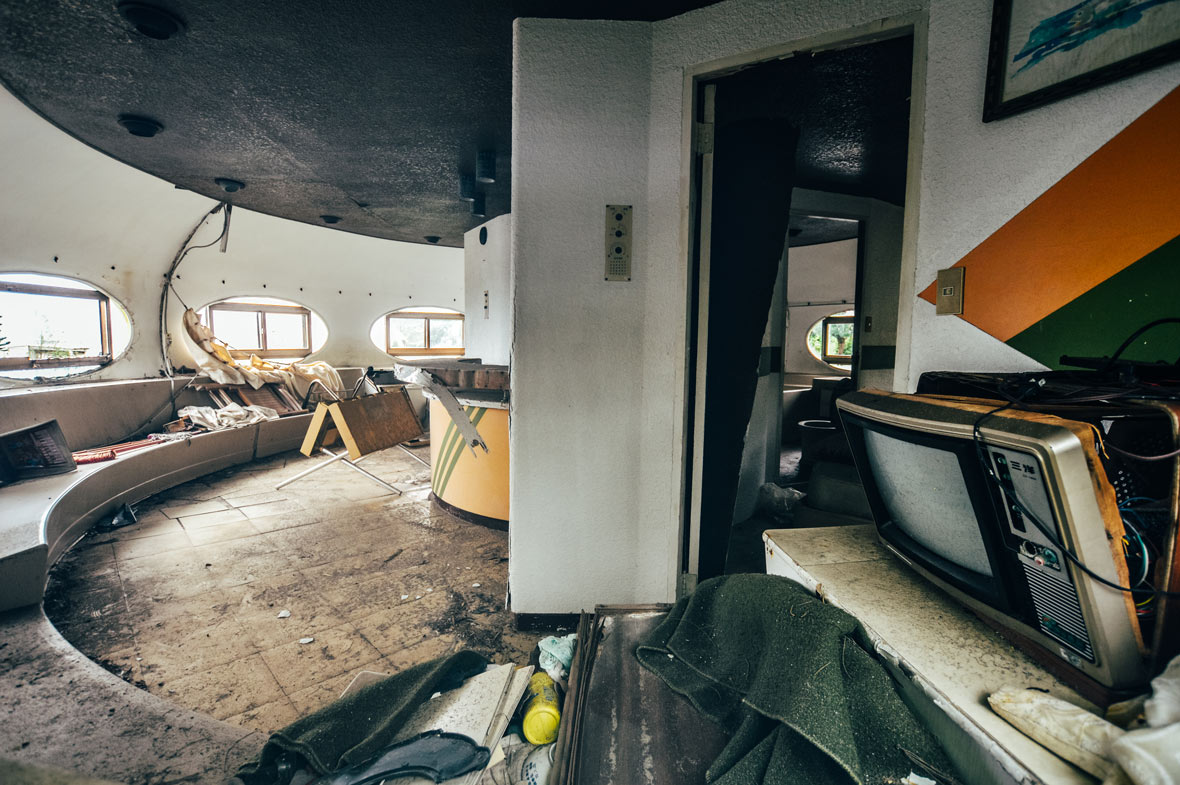
Standing shoulder to shoulder in dereliction, the solitary structures have now been left to rot on their seaside plot in Taiwan. Although this cluster of pods is one of the few remaining examples of this type of modernist modular architecture, it looks like they have been condemned to decay for good. Neglected by the world, the moldering units are destined for oblivion, like discarded irreparable spaceships on an apocalyptic alien crash site.
如今,这些建筑孤独地矗立在台湾的海边,继续腐烂下去。这些豆荚形建筑是现存不多的现代主义模块化建筑,现在却像被诅咒了一样,只能自生自灭地腐烂下去。这些残破的建筑已经被世界所忽略掉,注定要被人们遗忘,就像无法维修的宇宙飞船,被遗弃在一个外星飞船坠机地。
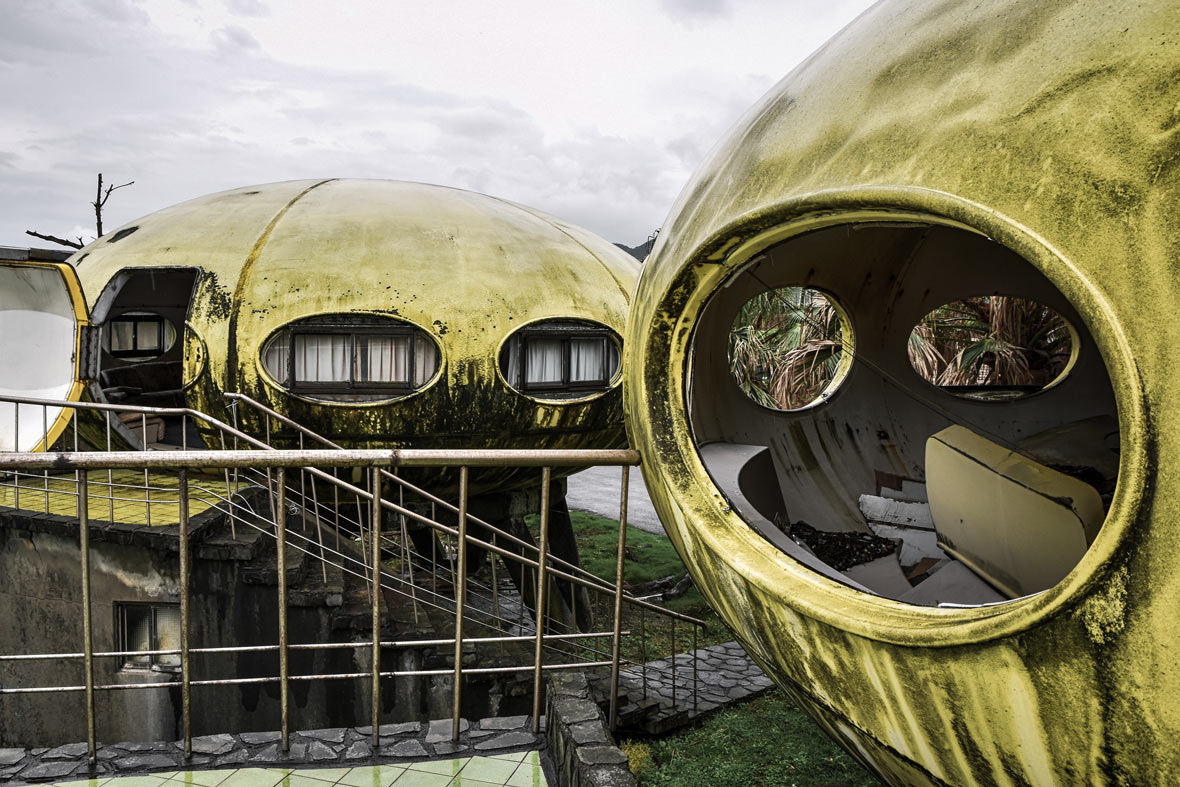
Ravaged by time, the atrophied abandonment is just about all that is left of this futuristic vision of housing. Although Norwegian artist Lars Ramberg has described these prefabricated homes as “ageing carcasses of failed modernism,” these structural skeletons appear to prove him wrong, as they have given rise to a subculture of aficionados and appear contemporary even by today’s standards. Perhaps these surreal UFO units were just ahead of their time, and time alone will tell what’s to become of these postmodern ruins.
随着时间流逝,这些未来主义建筑沦为废墟。挪威艺术家Lars Ramberg称这些预制式房屋是失败了的现代主义“残骸”。然而,事实却绝非如此。这些建筑“残骸”吸引了一批亚文化爱好者,即使以今天的眼光来看,它们也丝毫不失现代风格。也许这些超现实主义的飞碟式建筑只是超前了时代,只有时间会知道这些被废弃的后现代主义建筑最终的结局。

